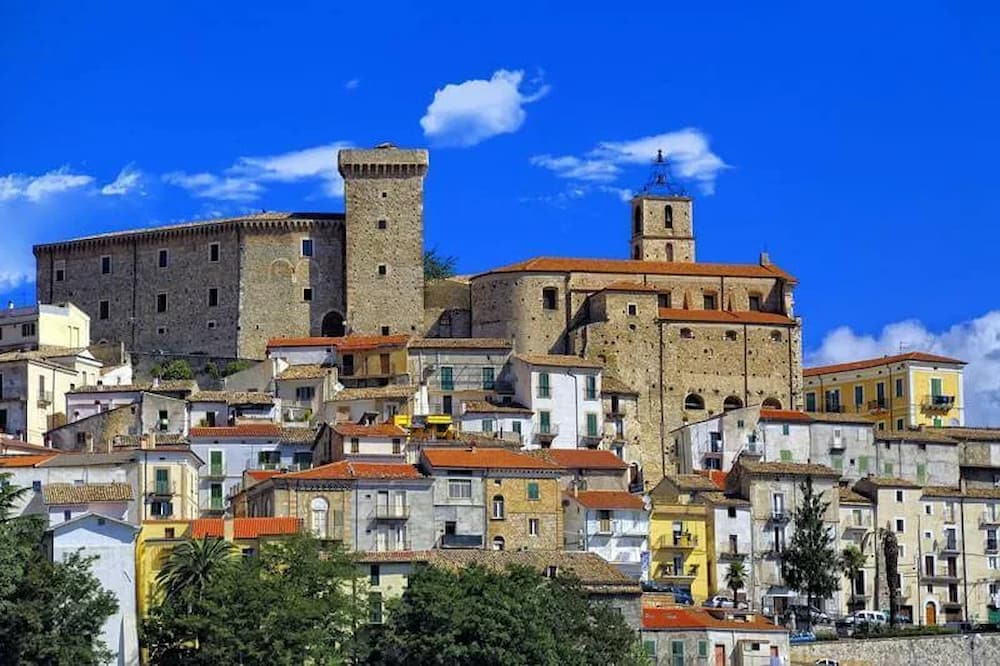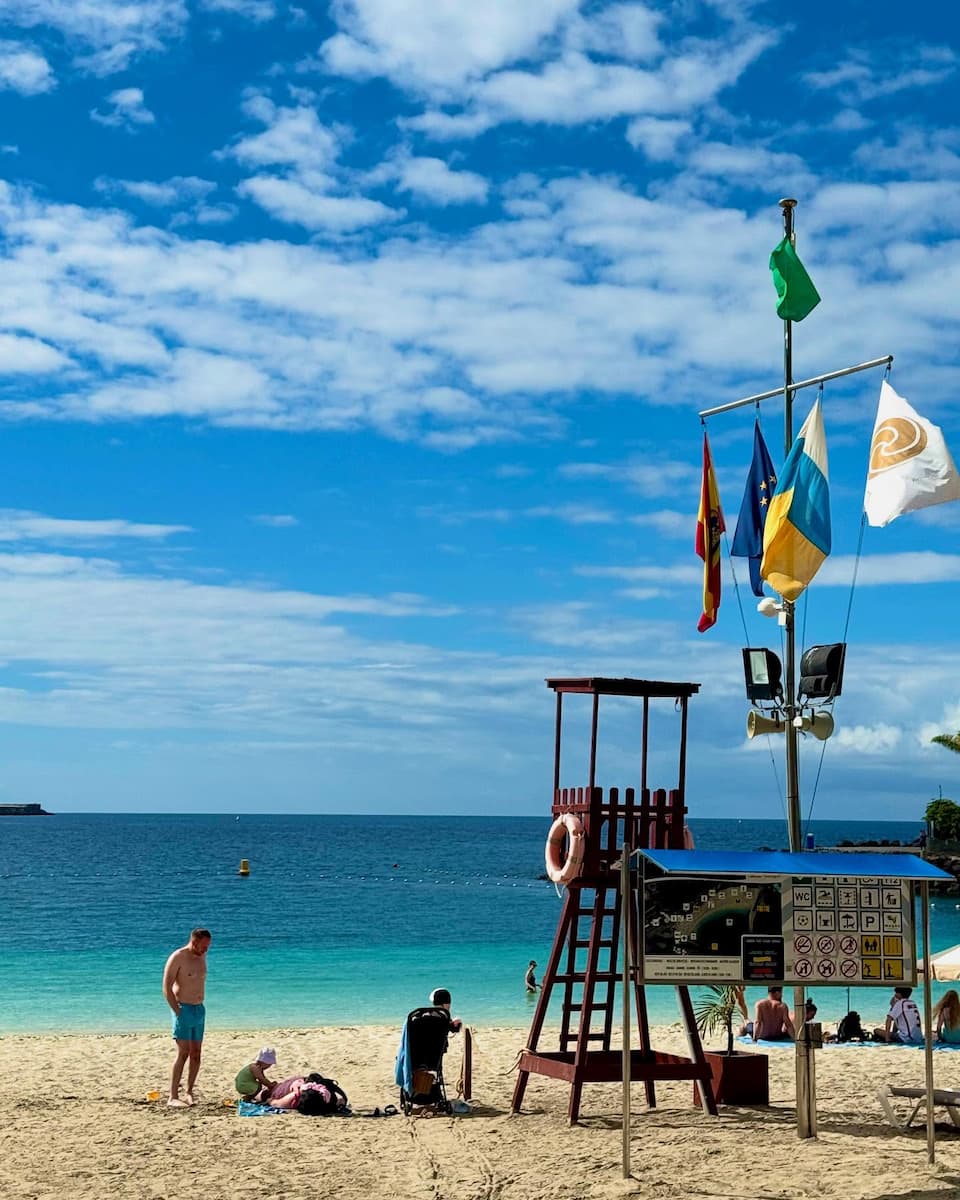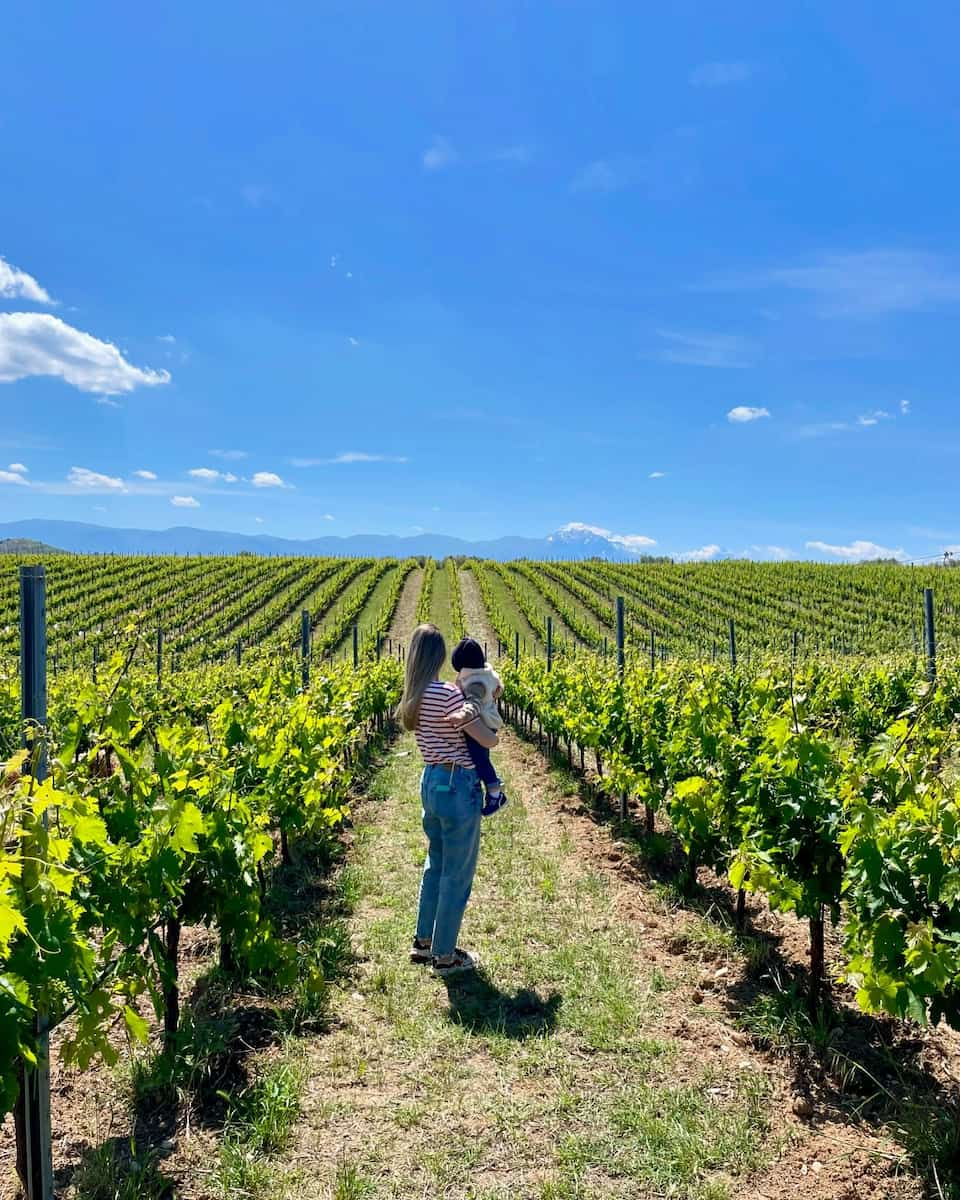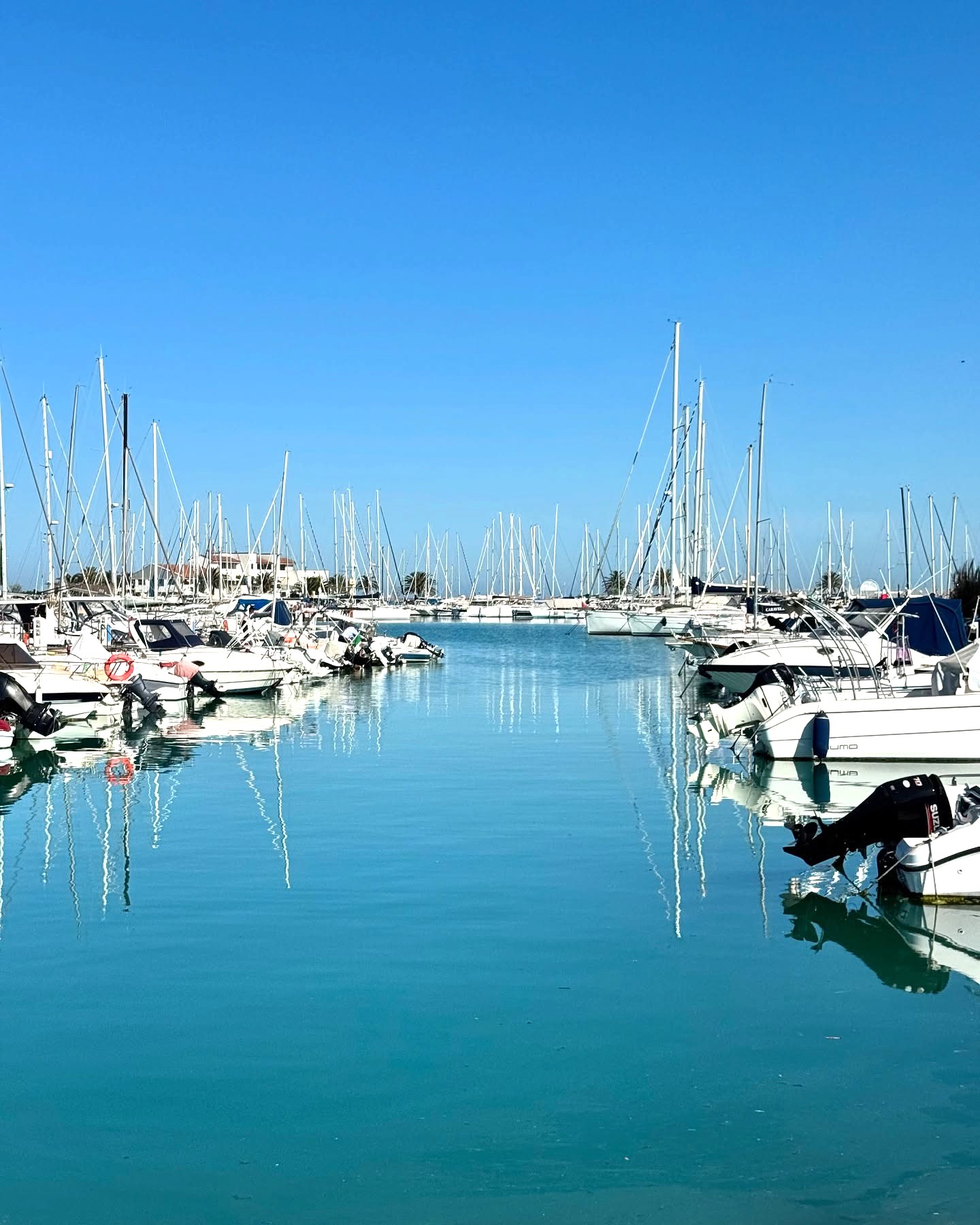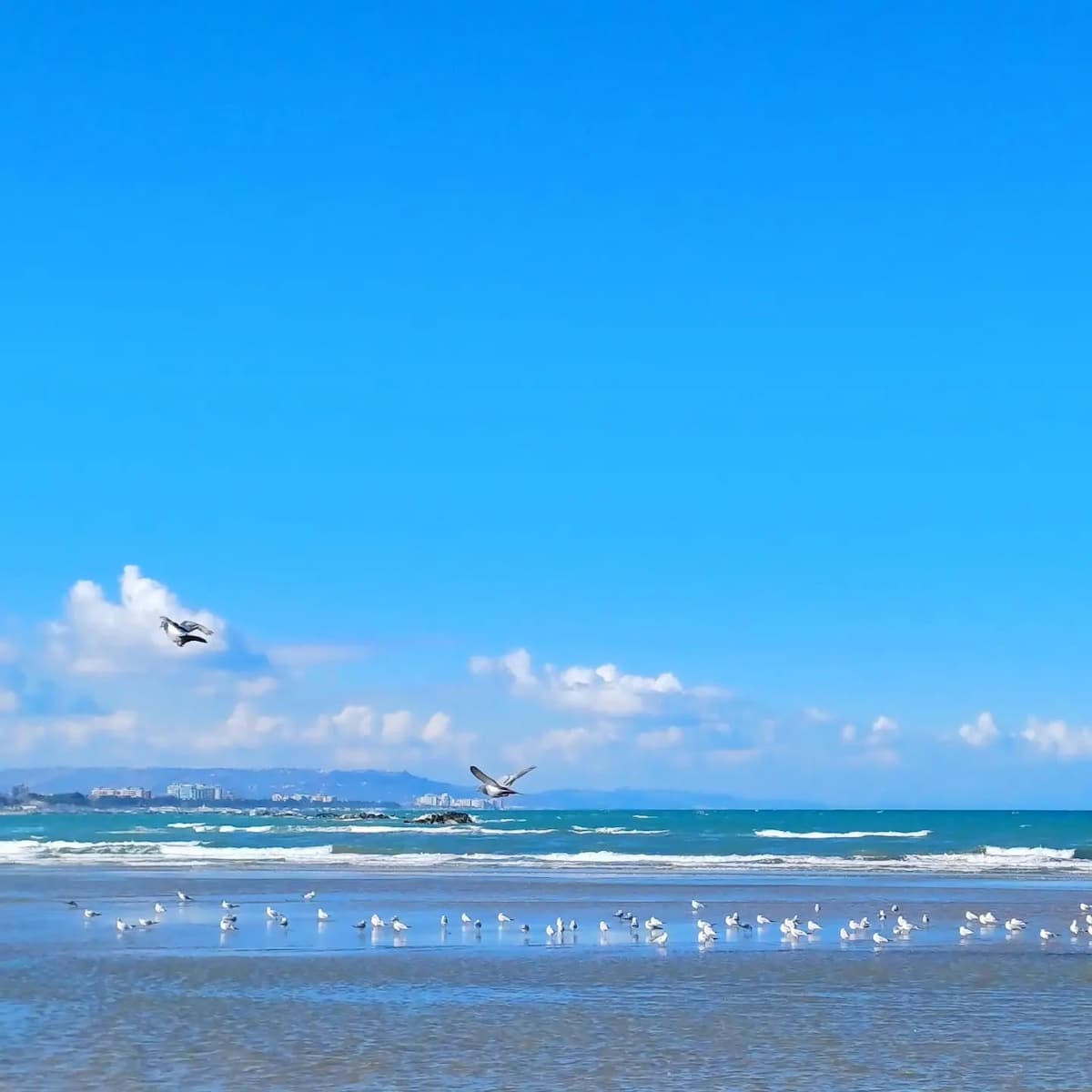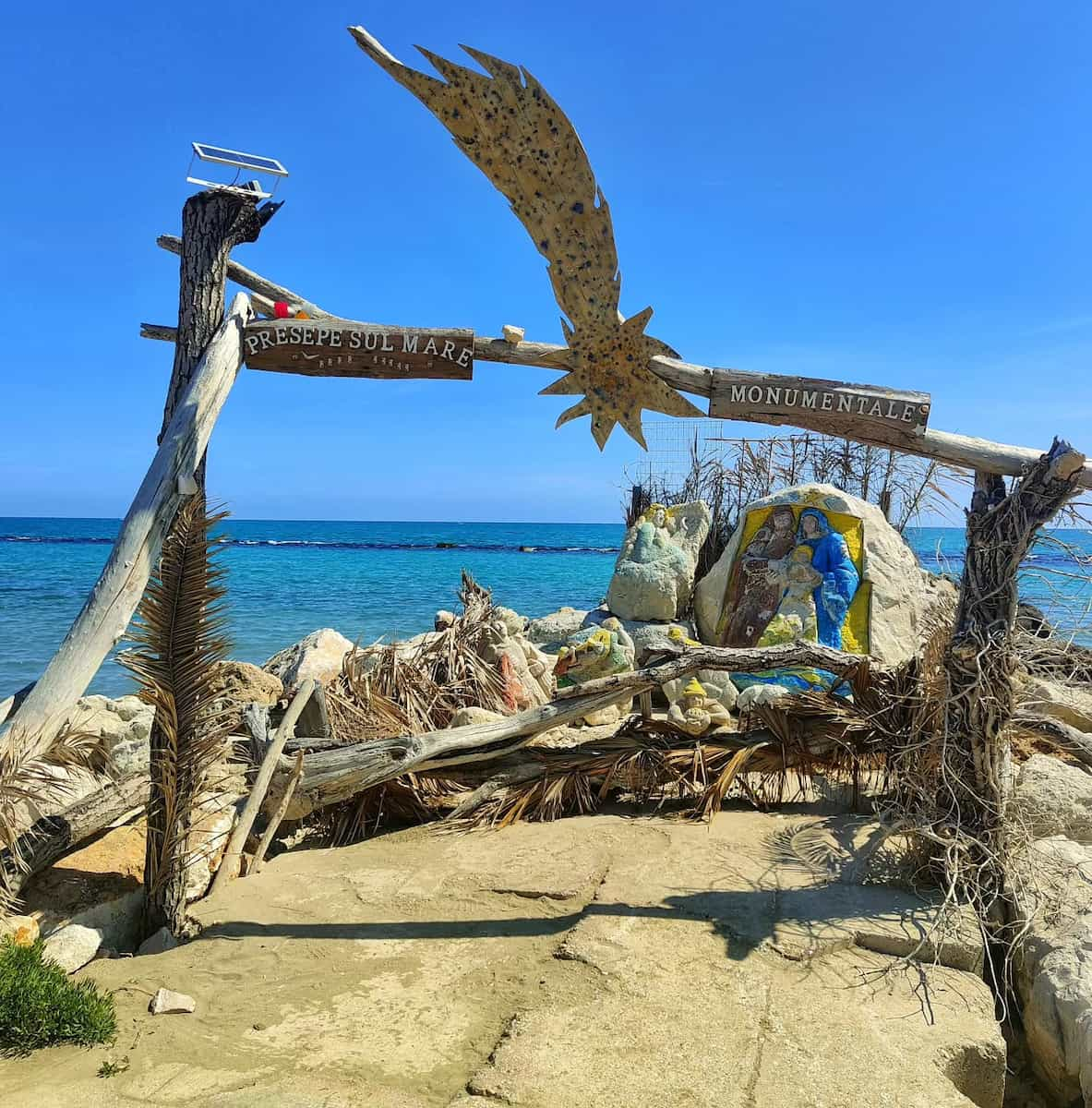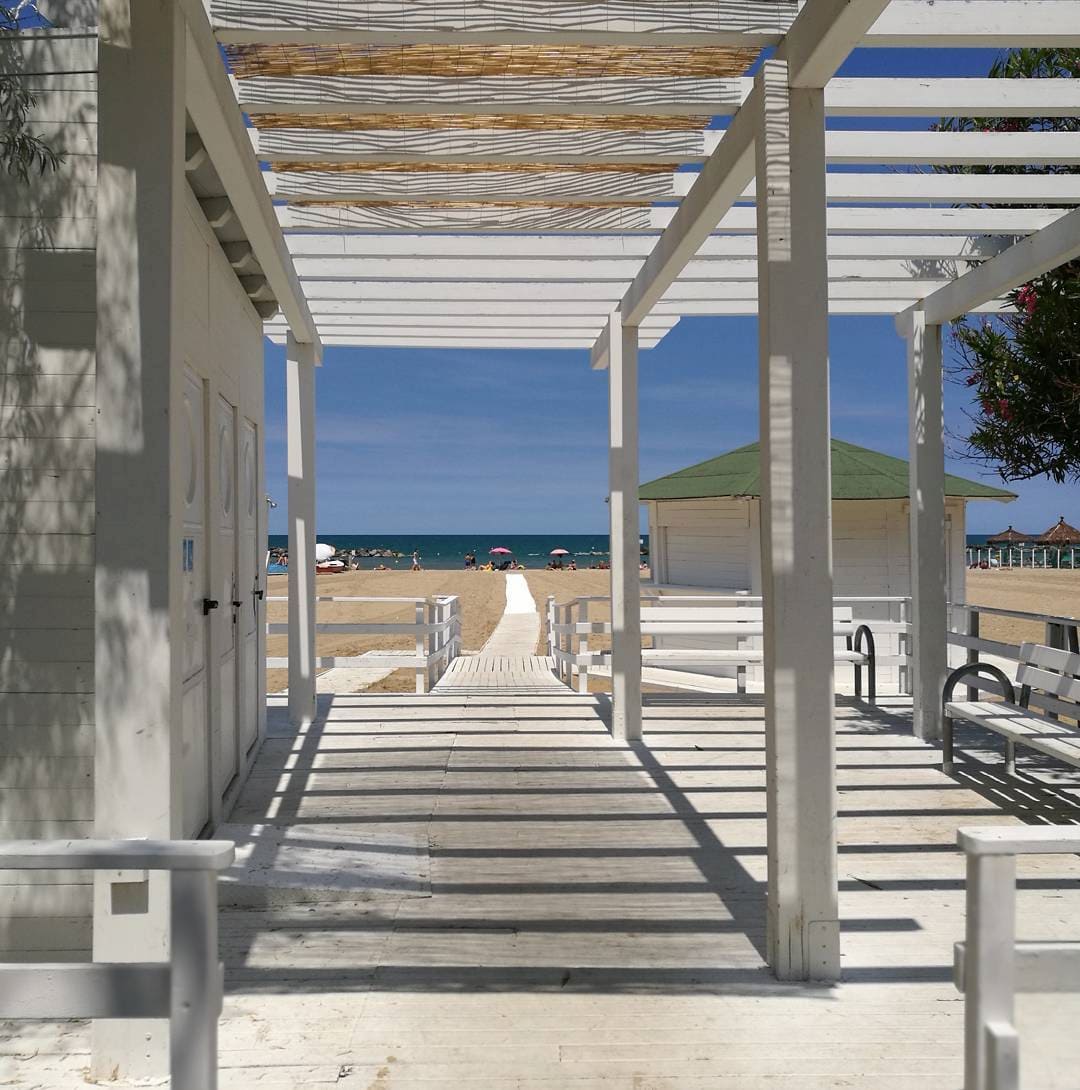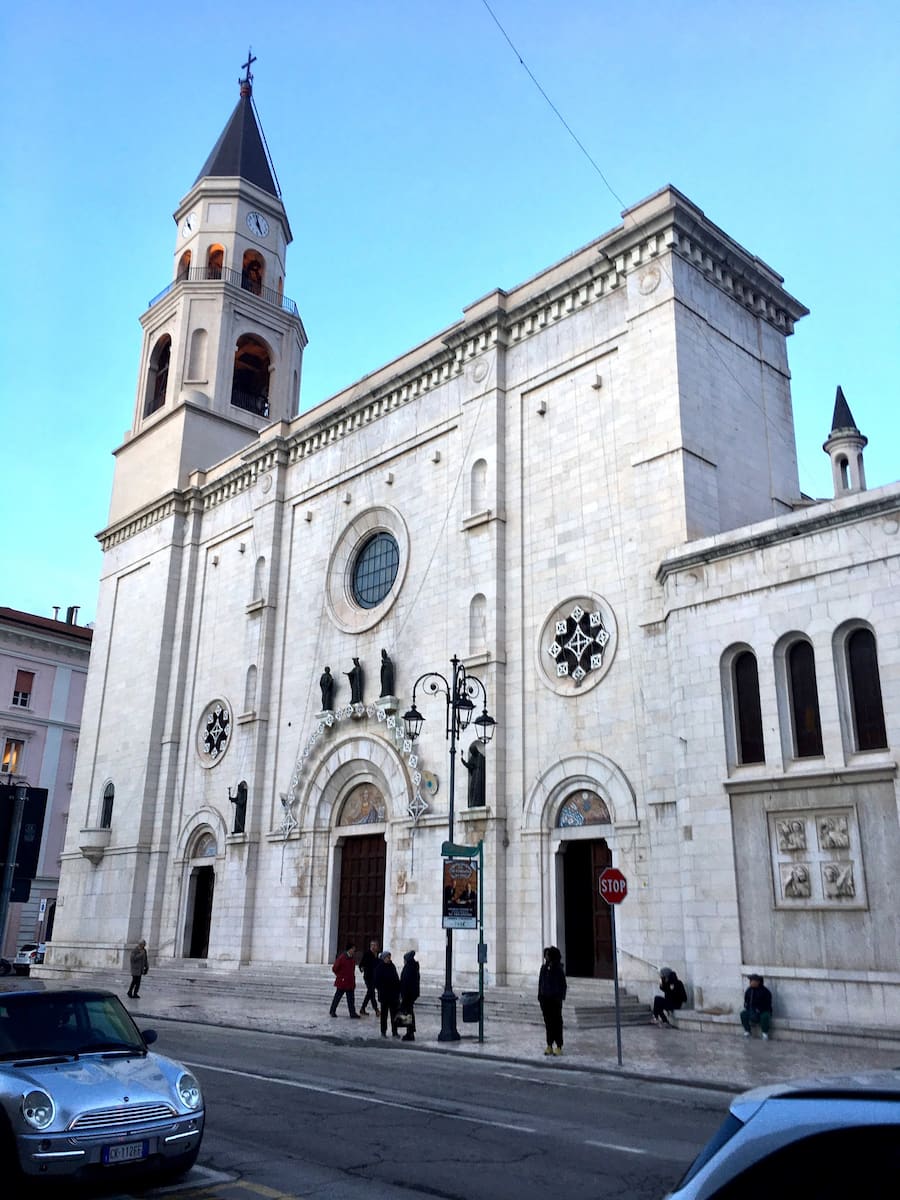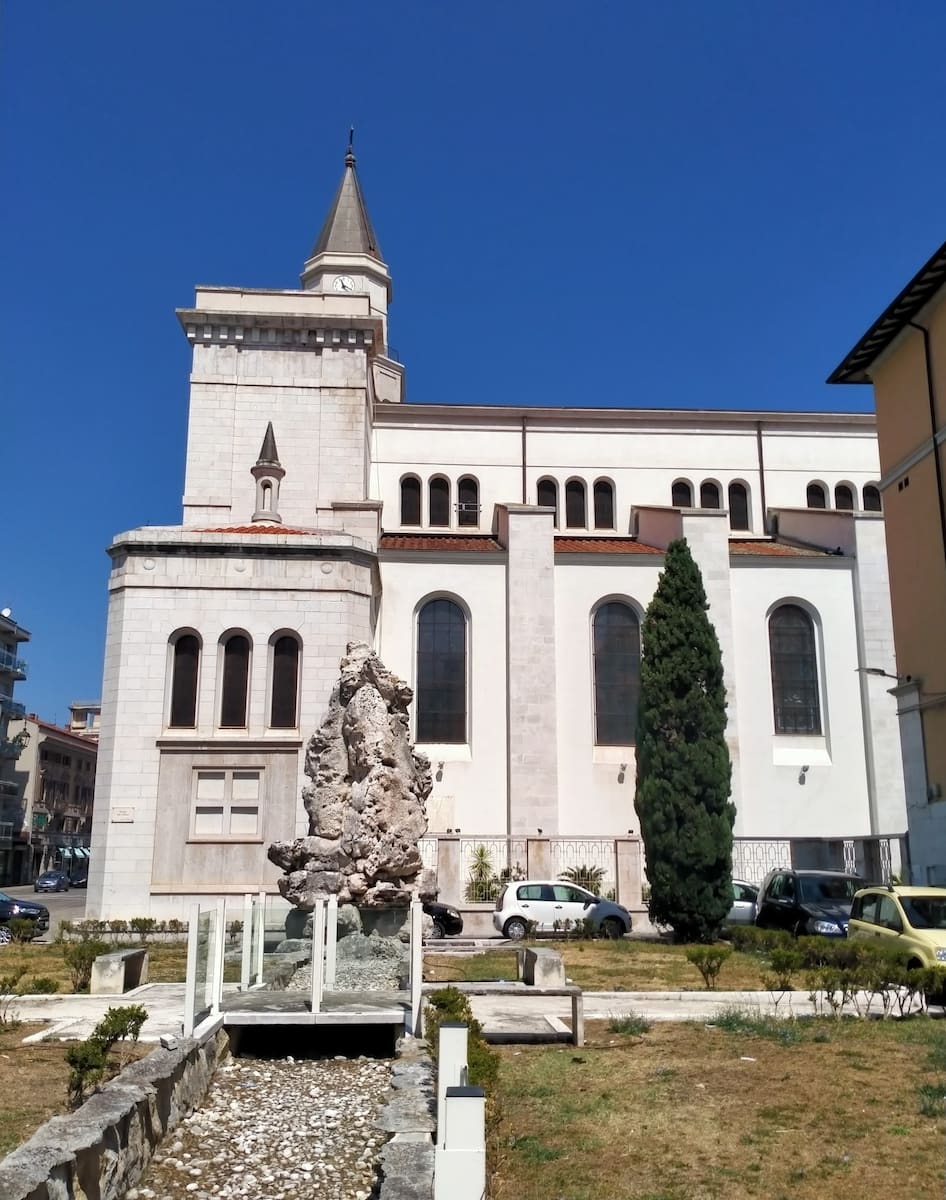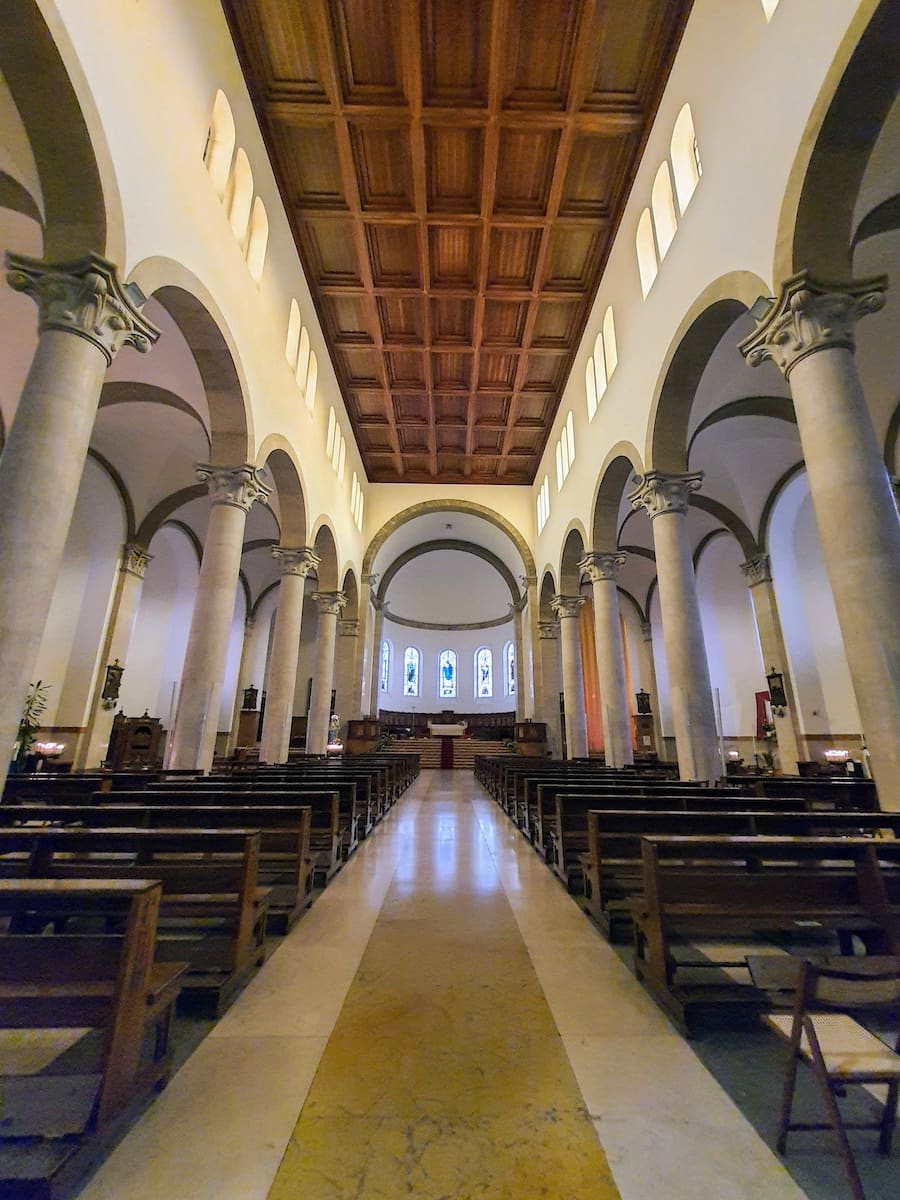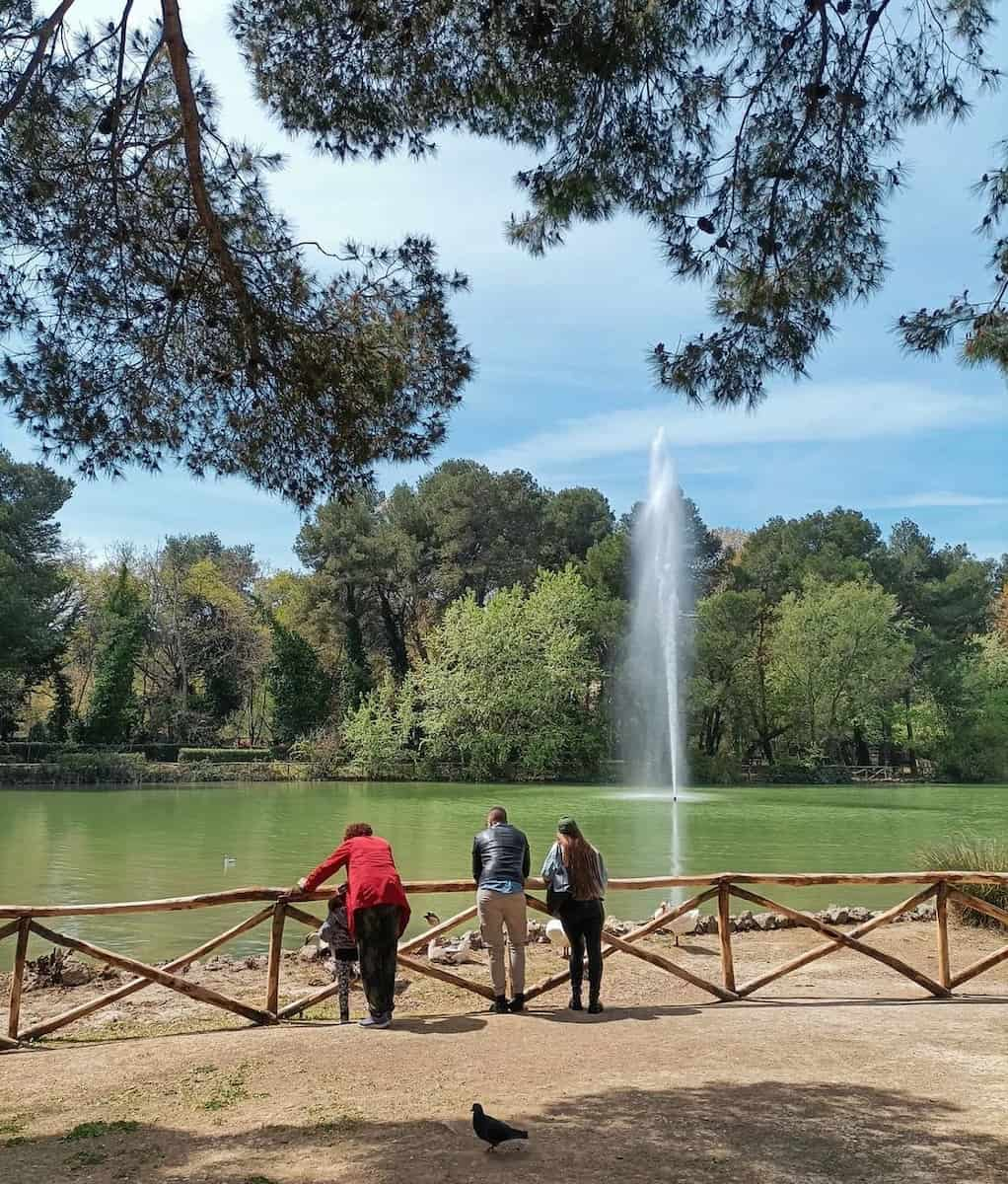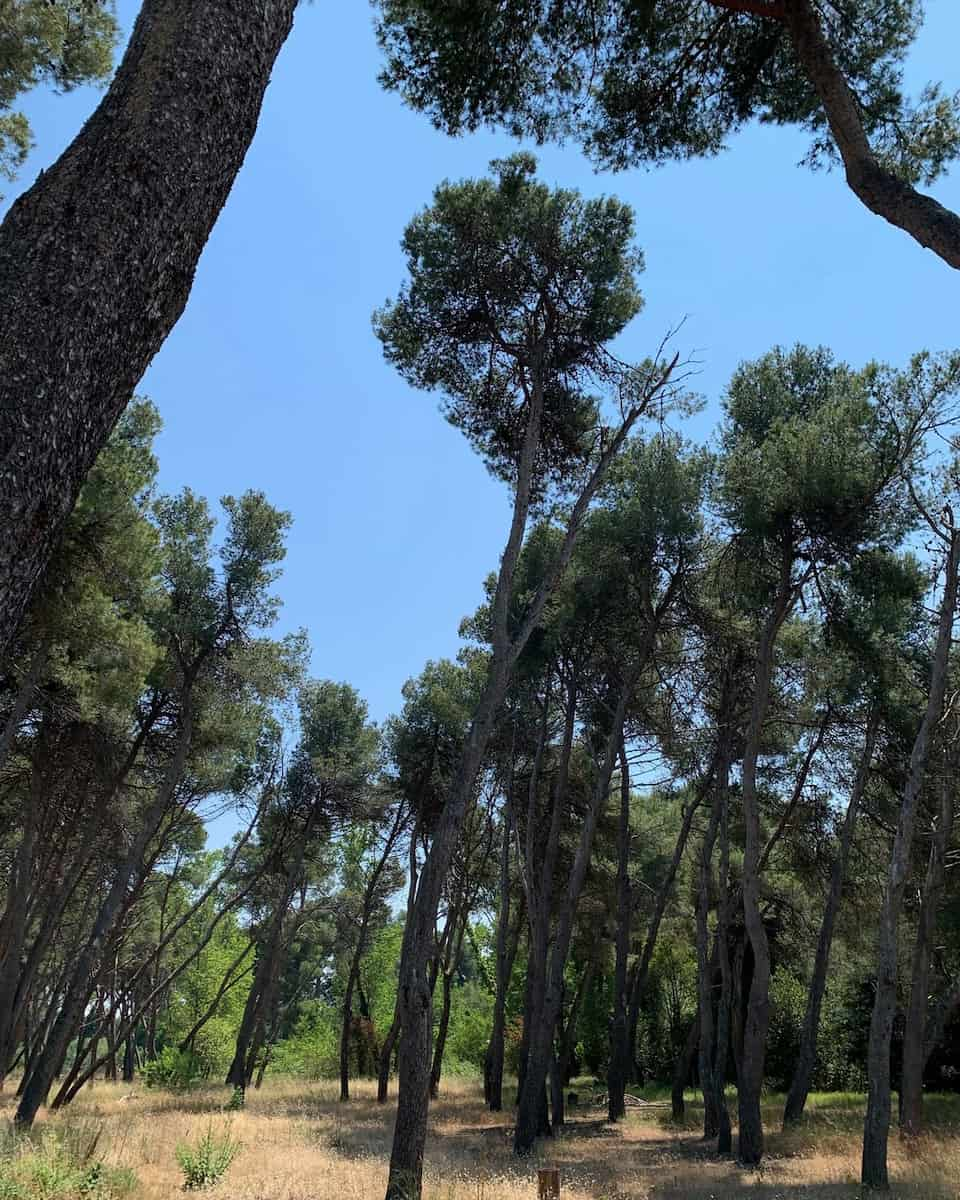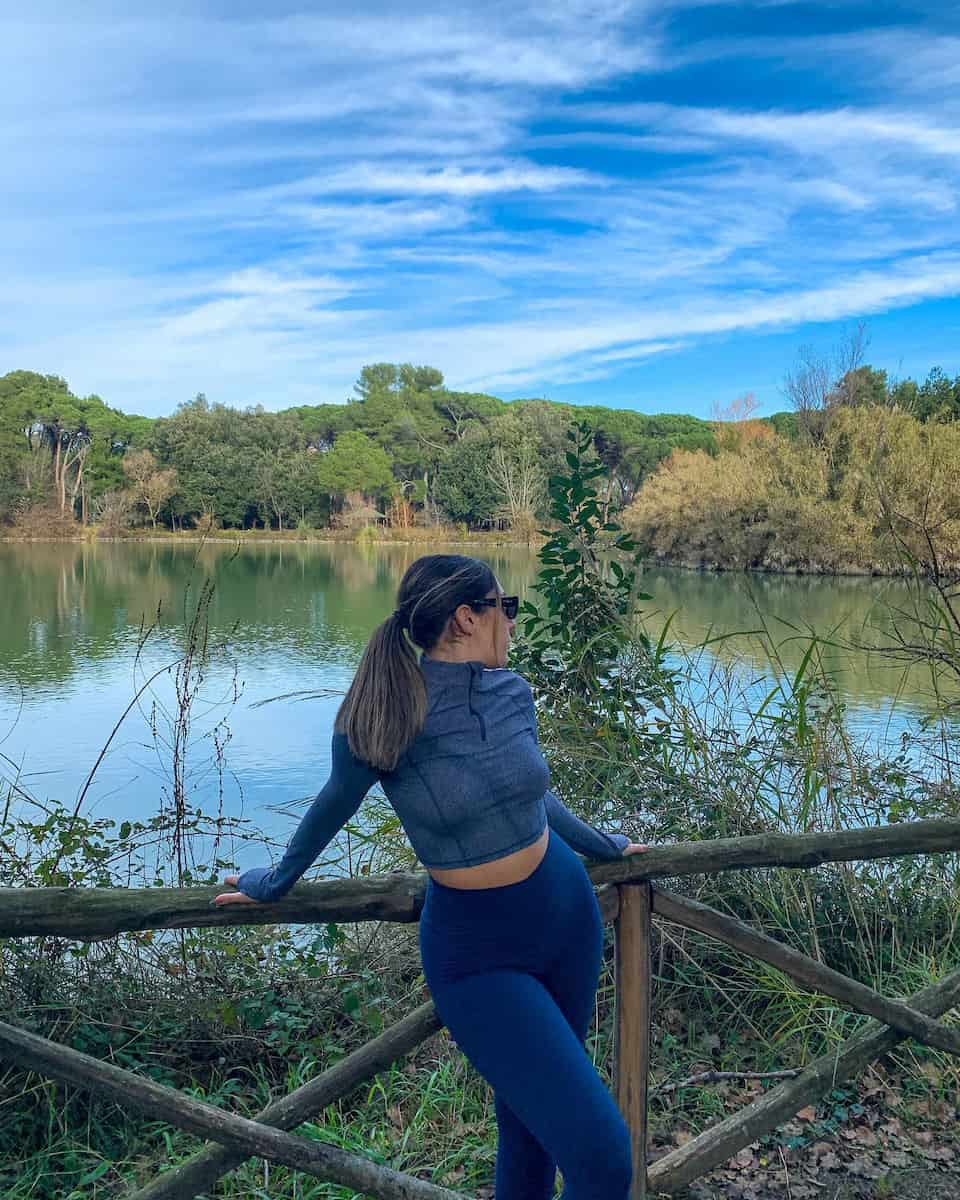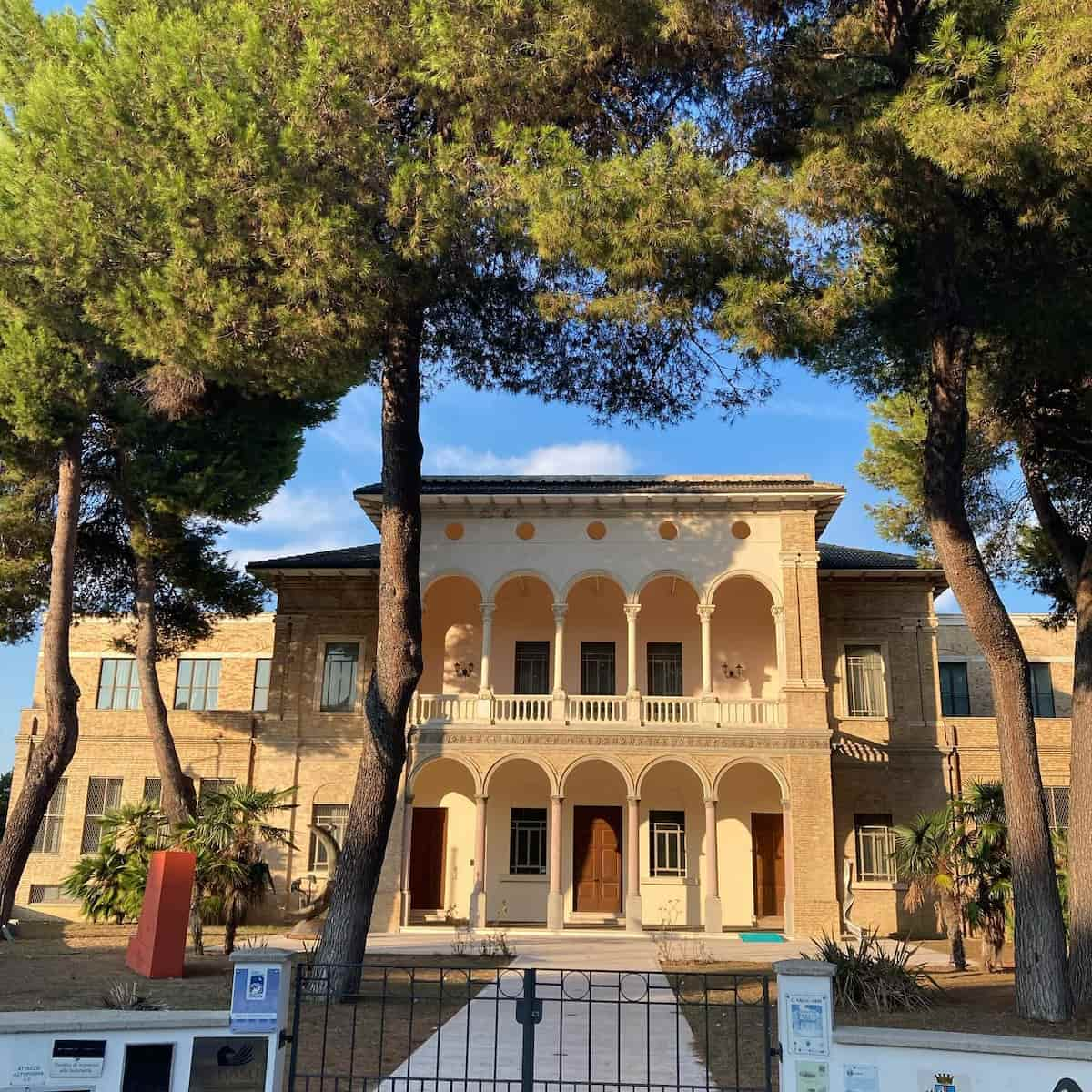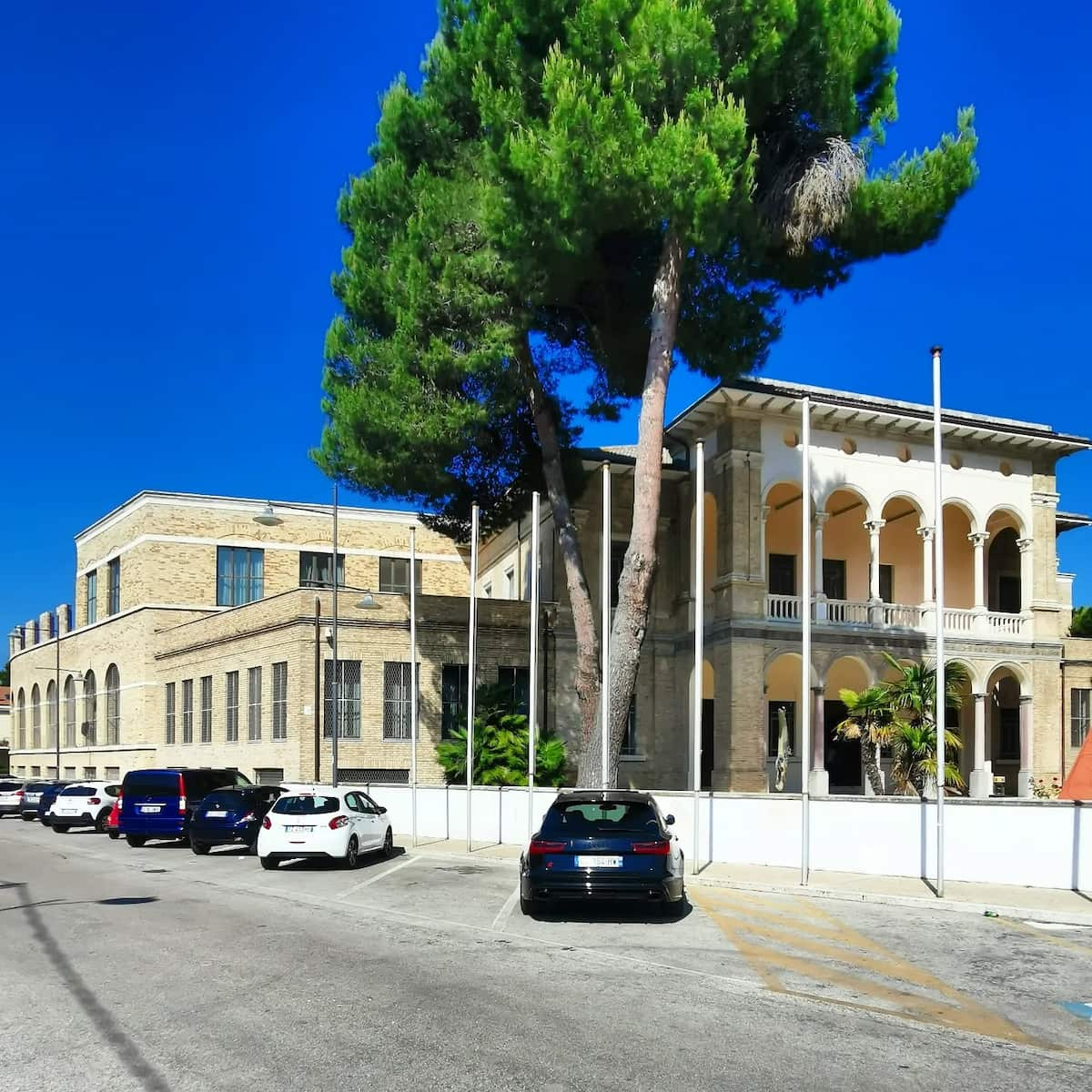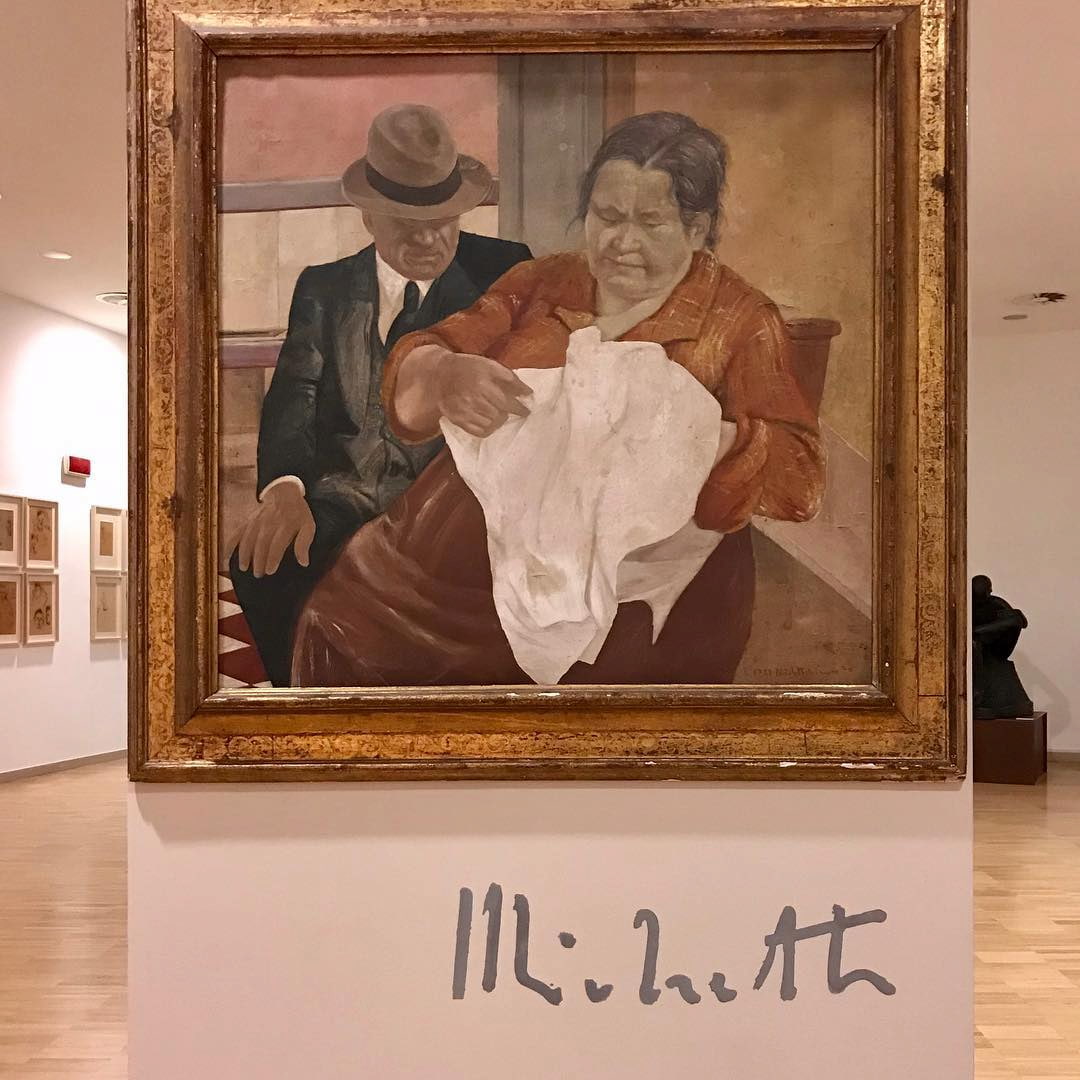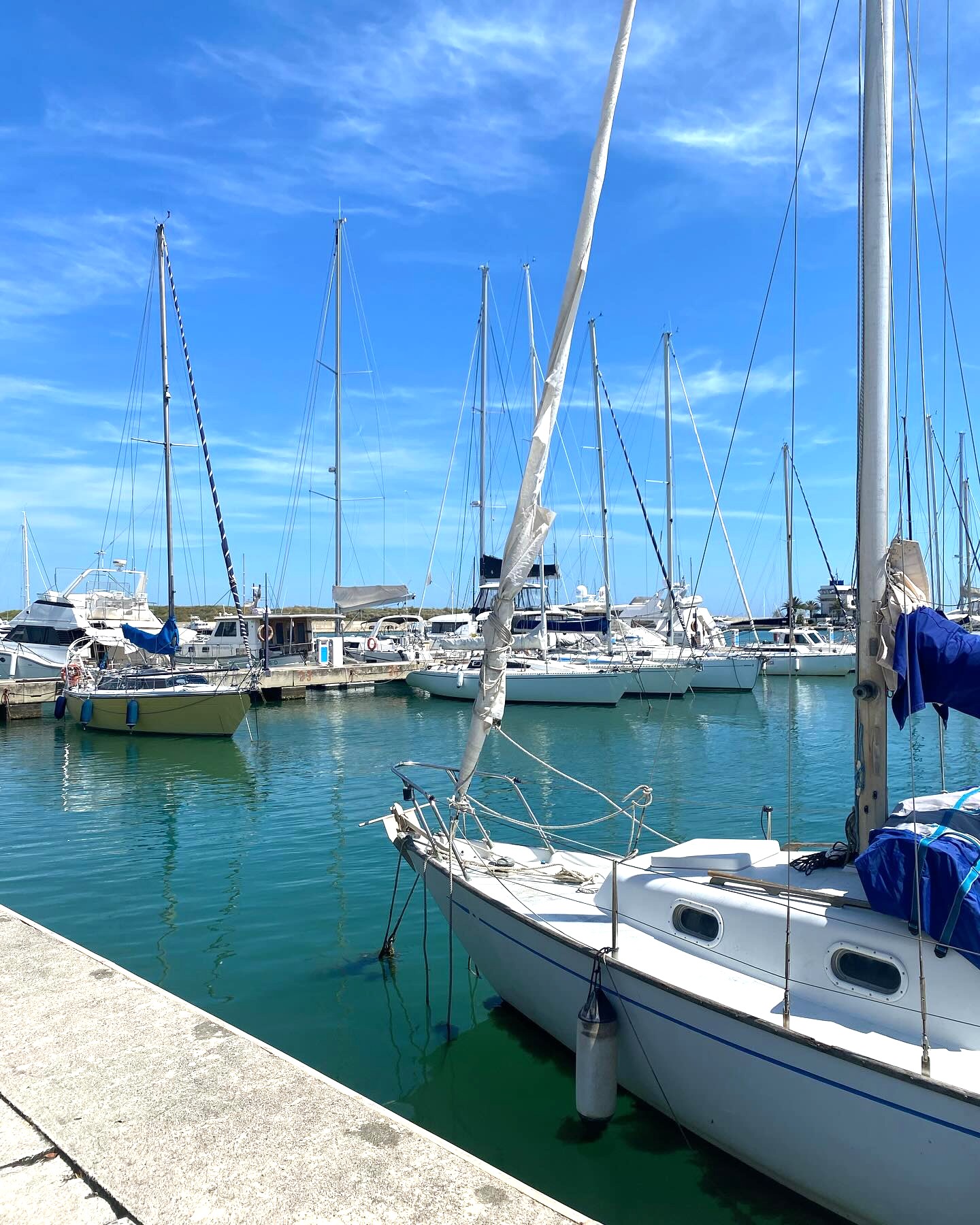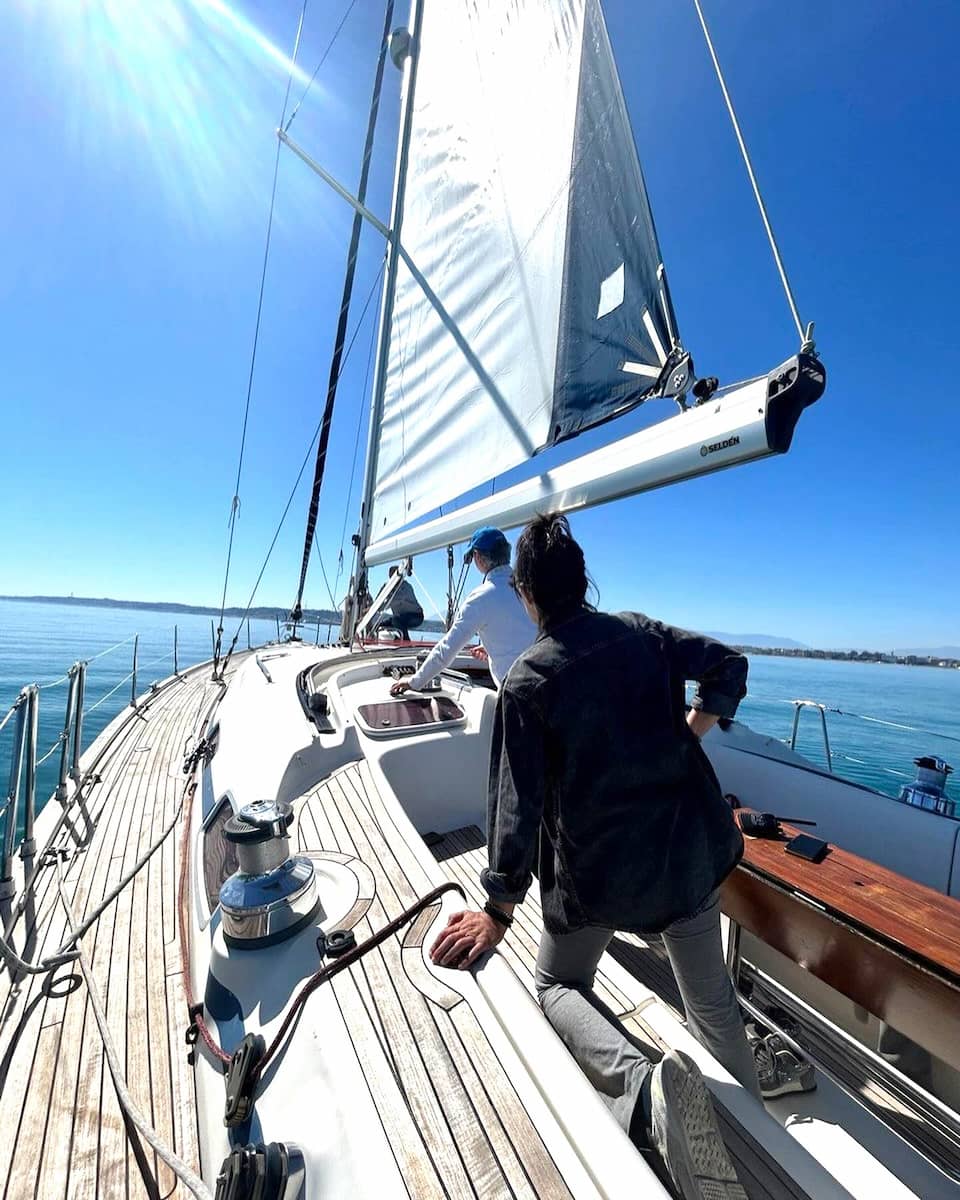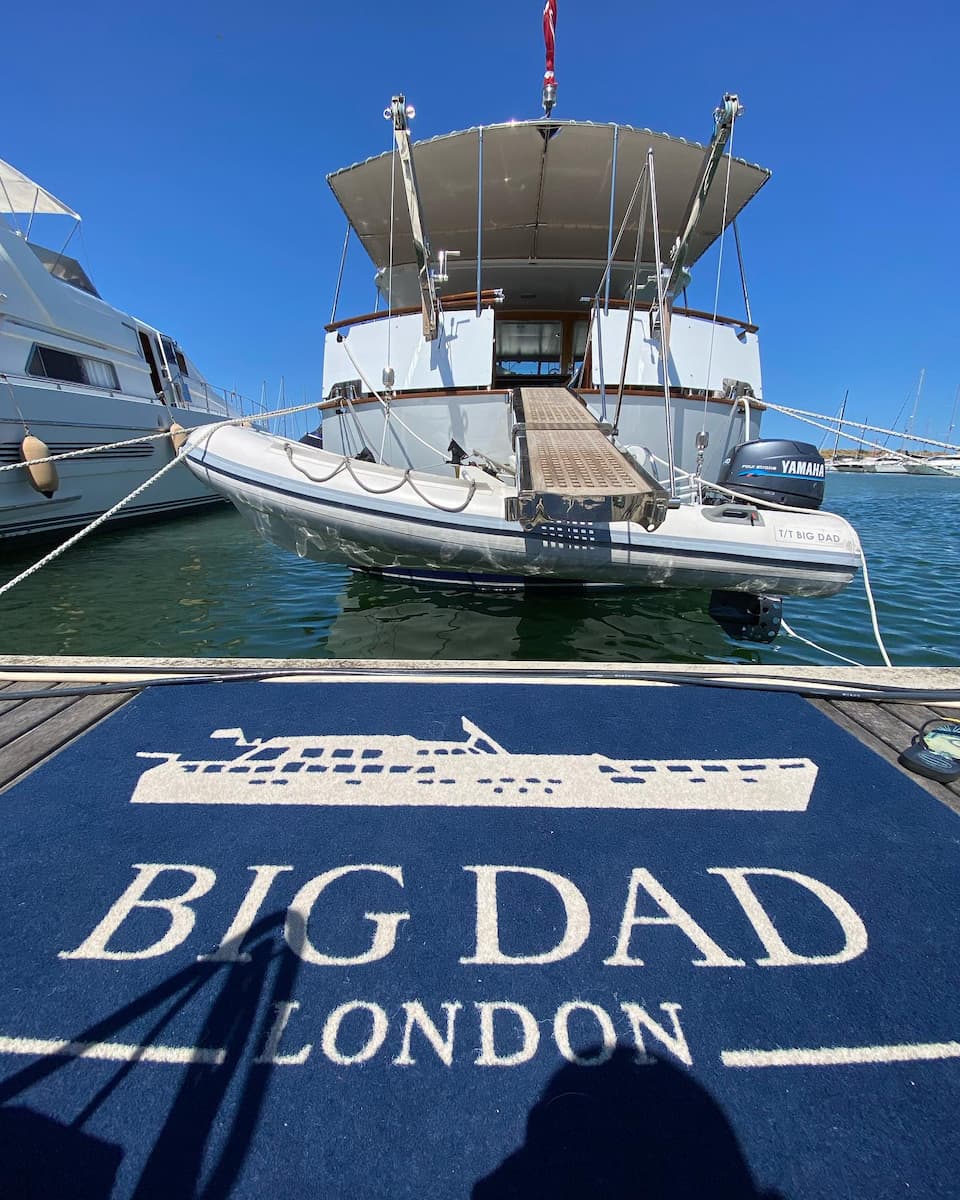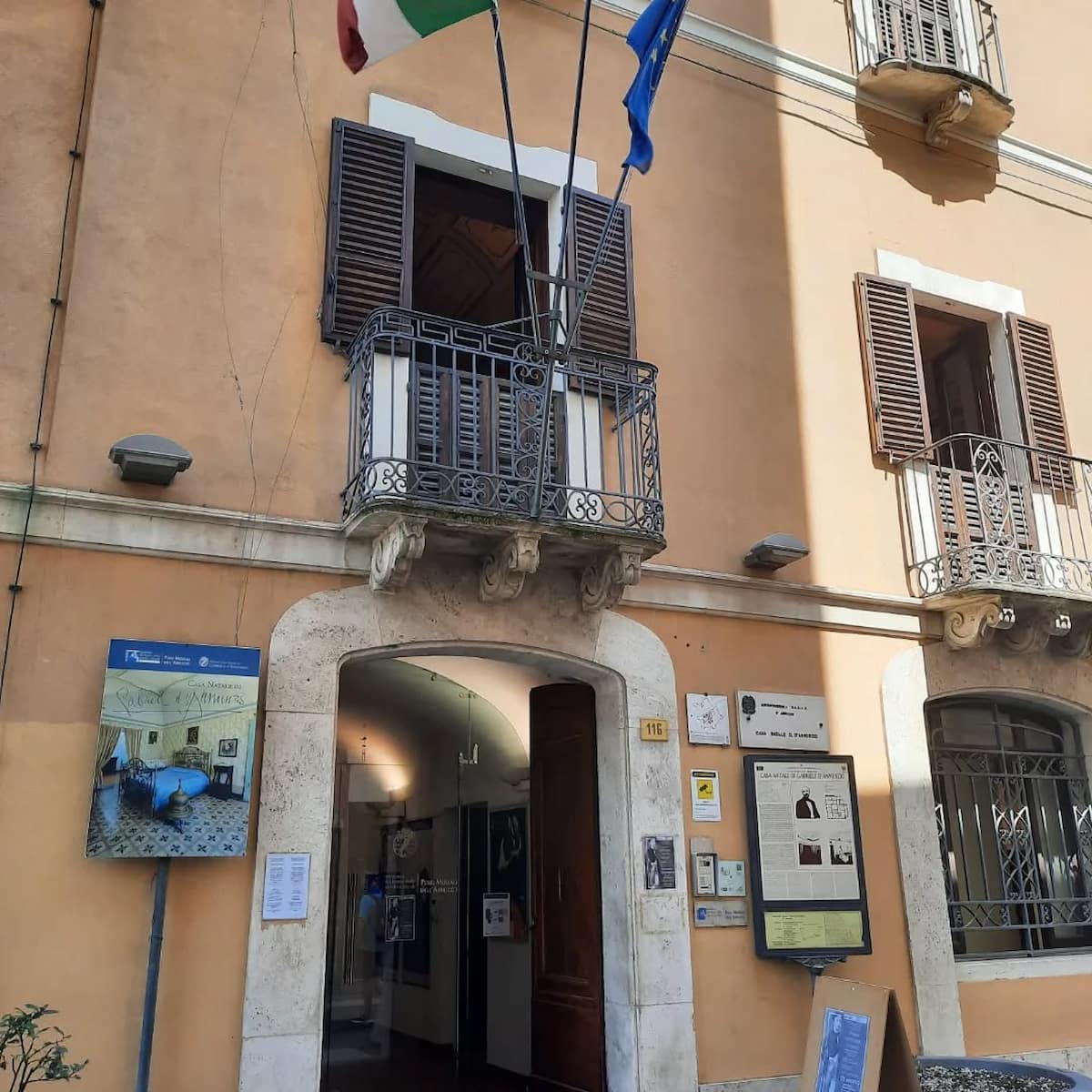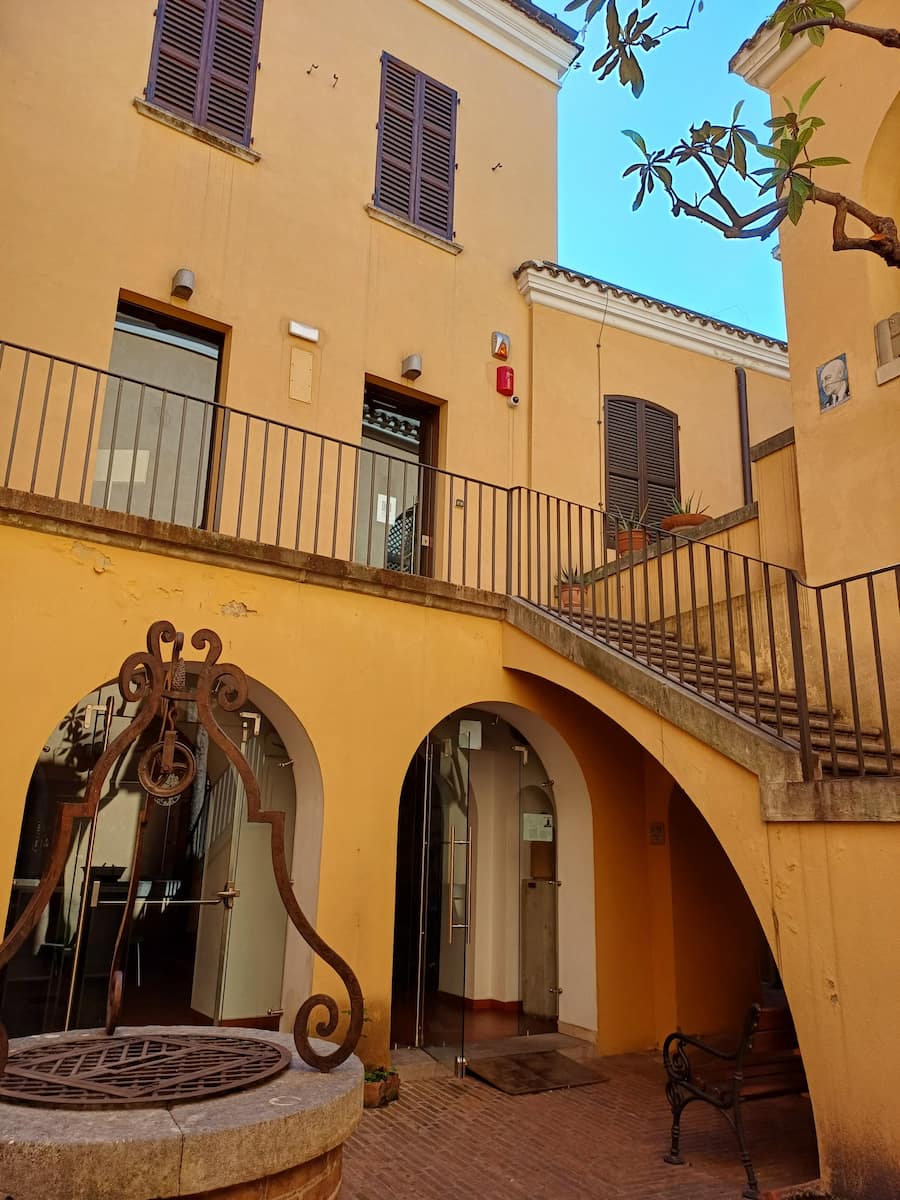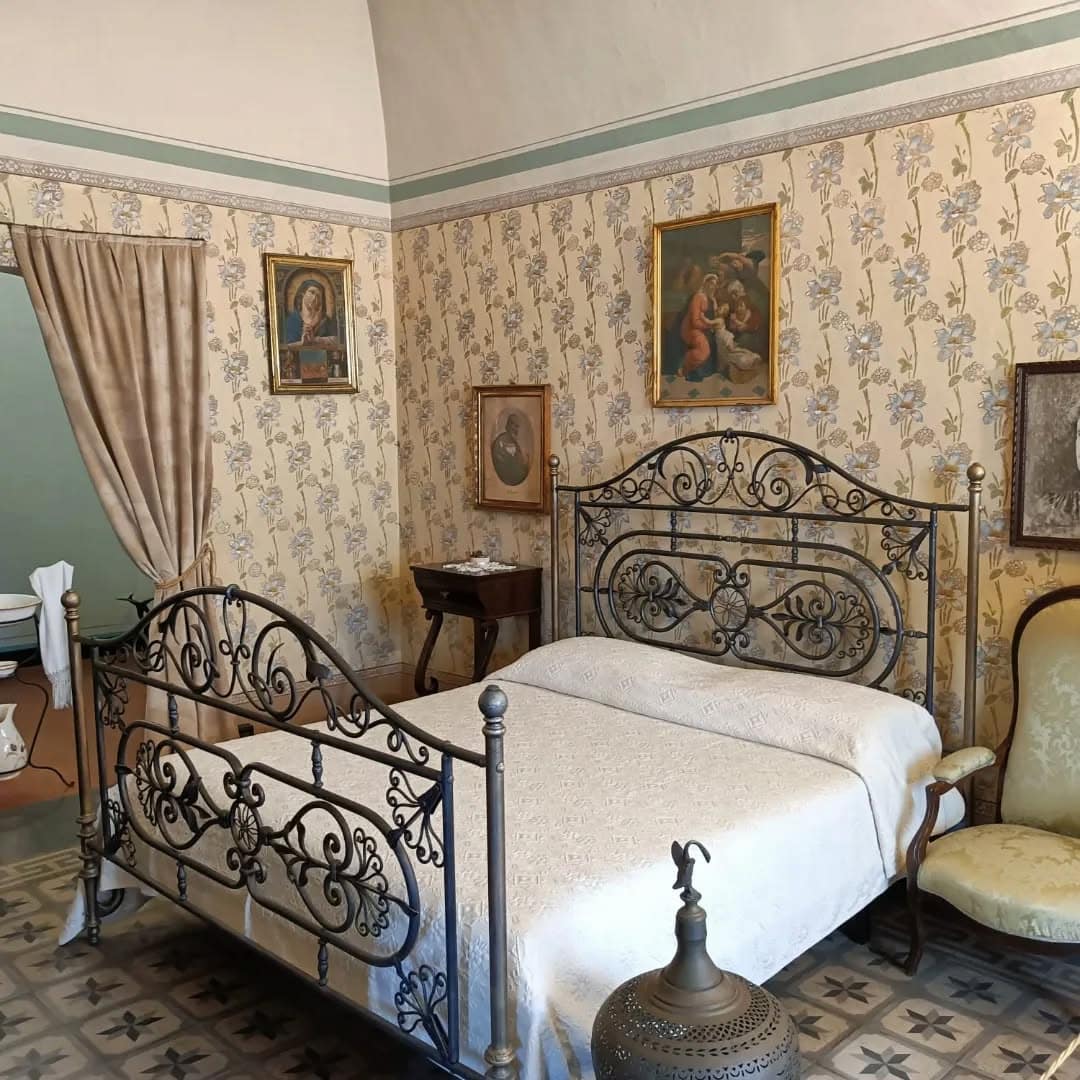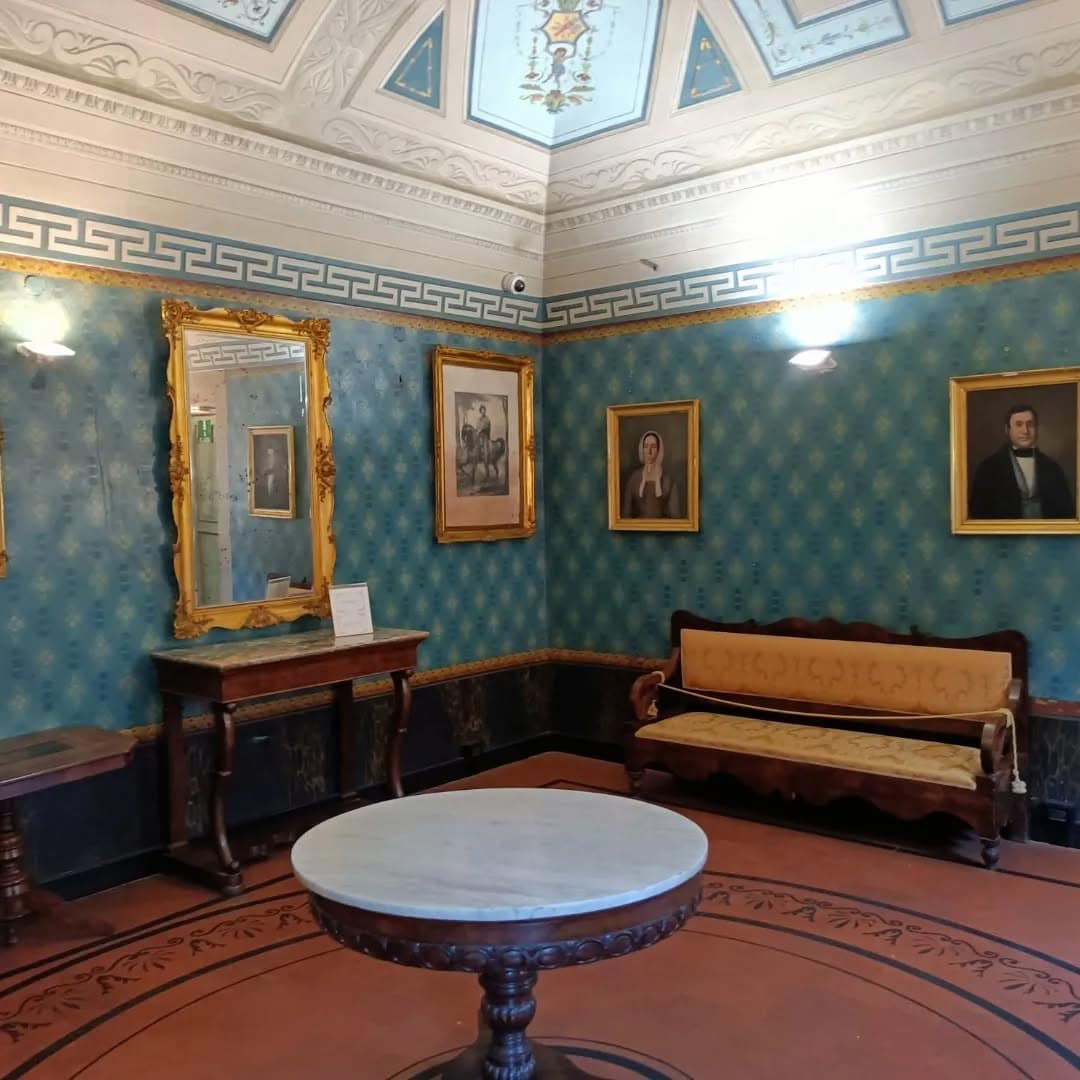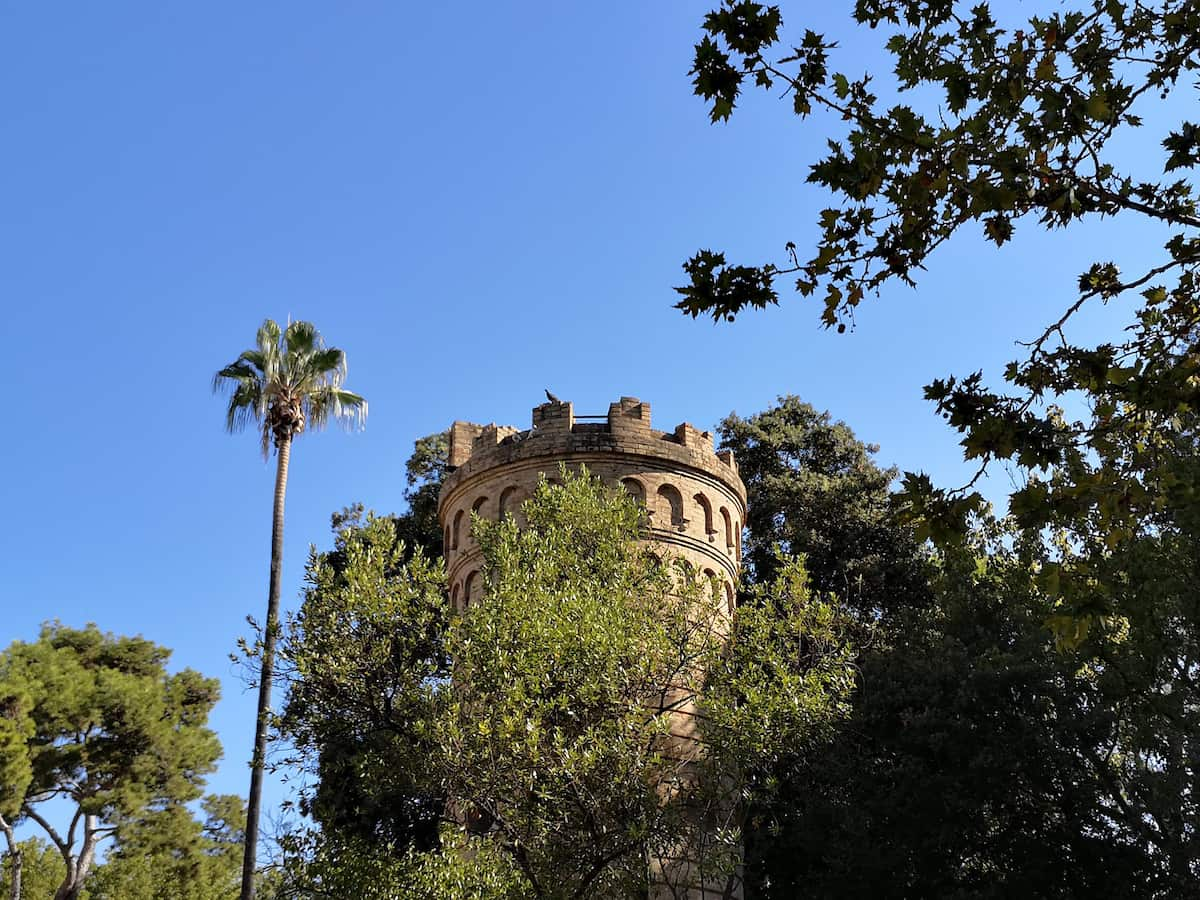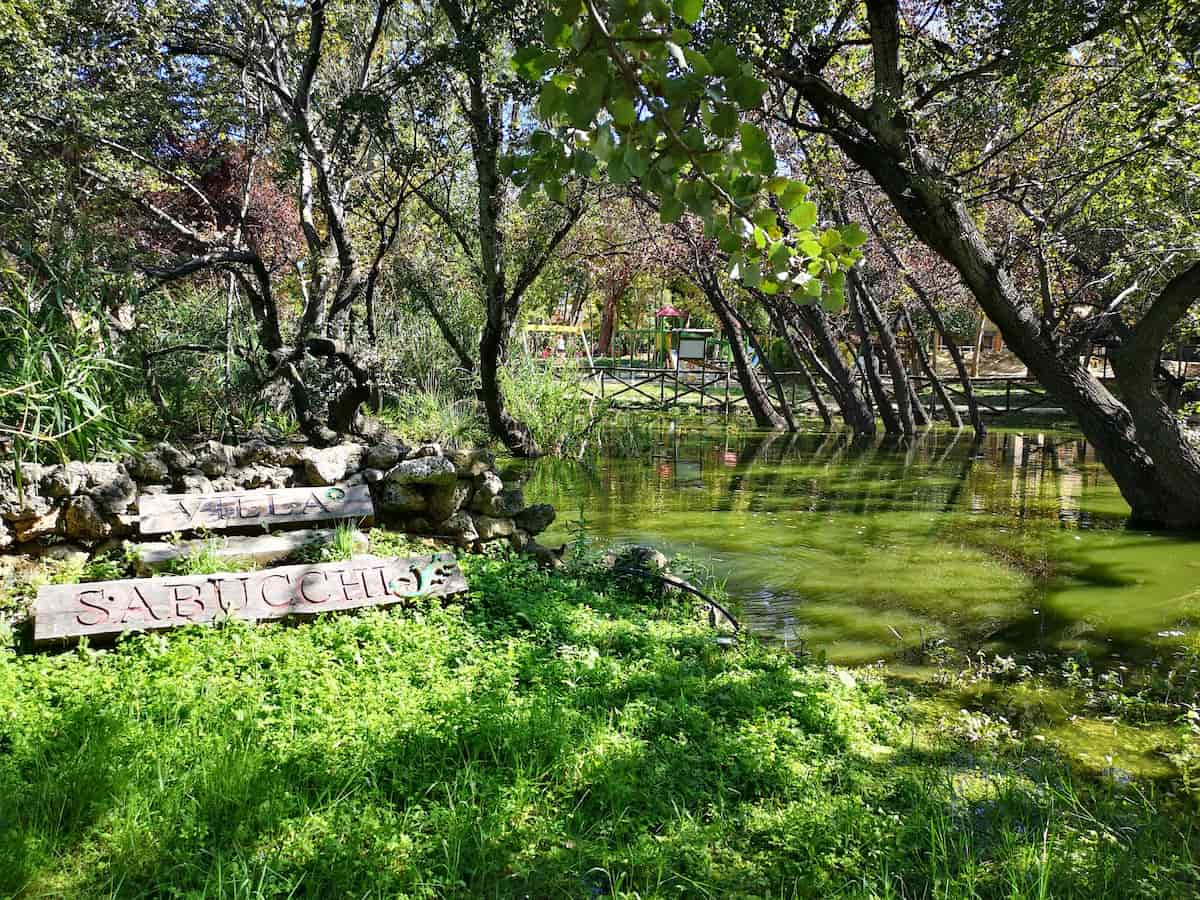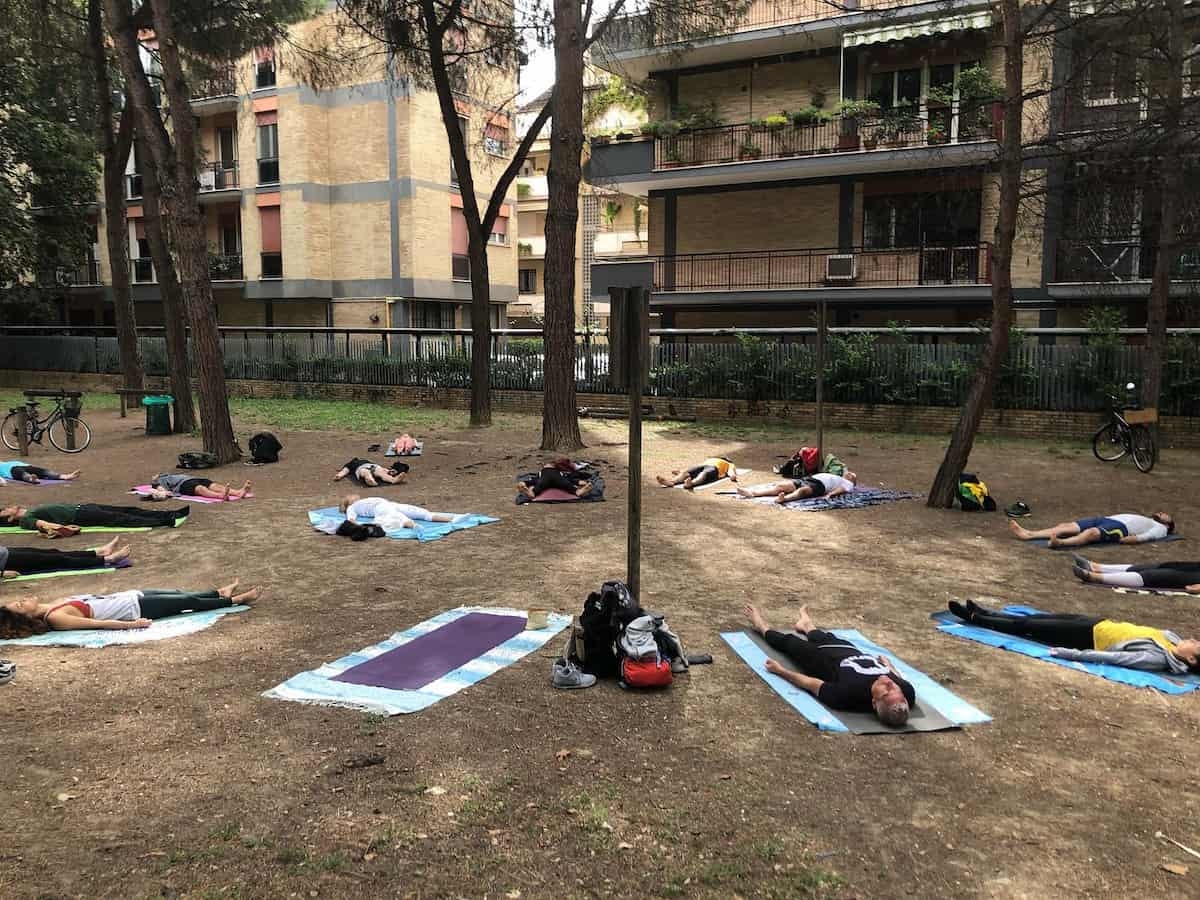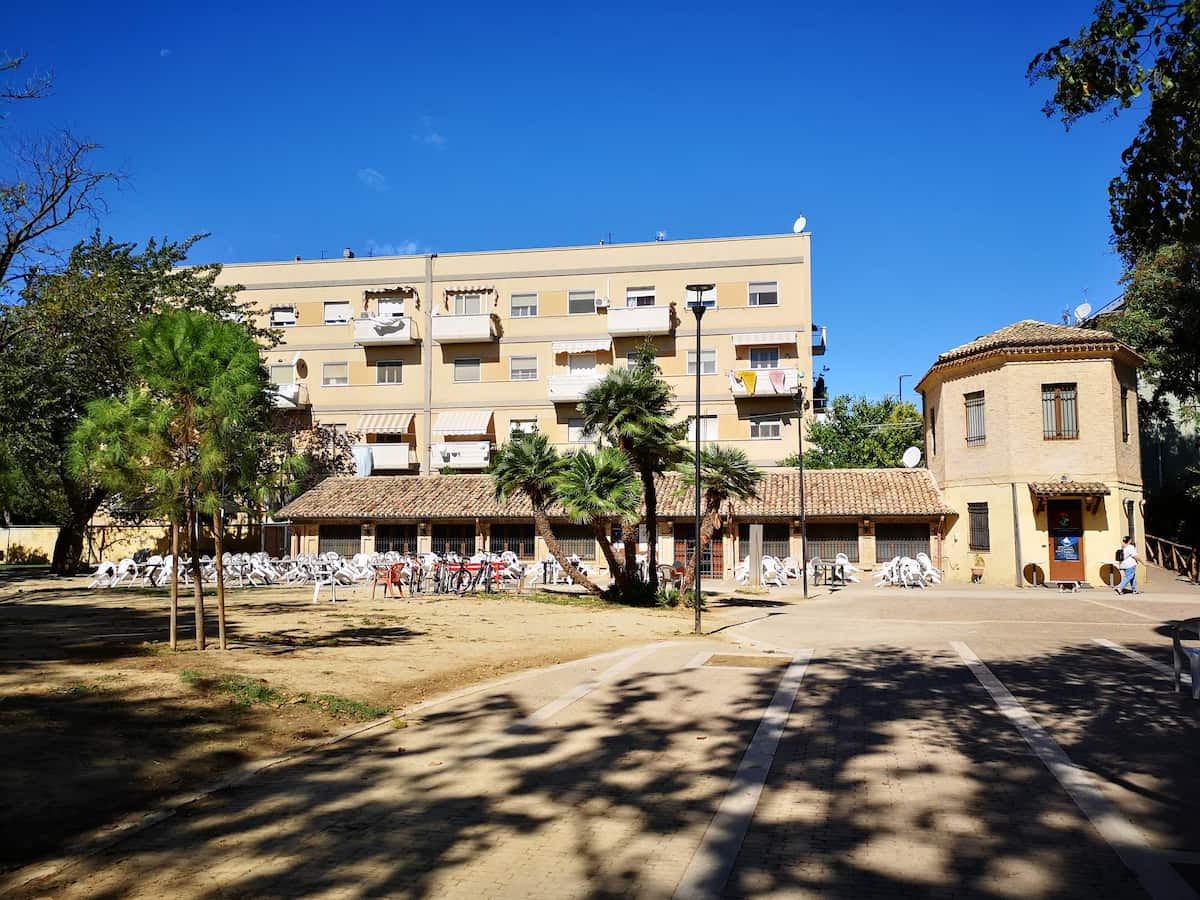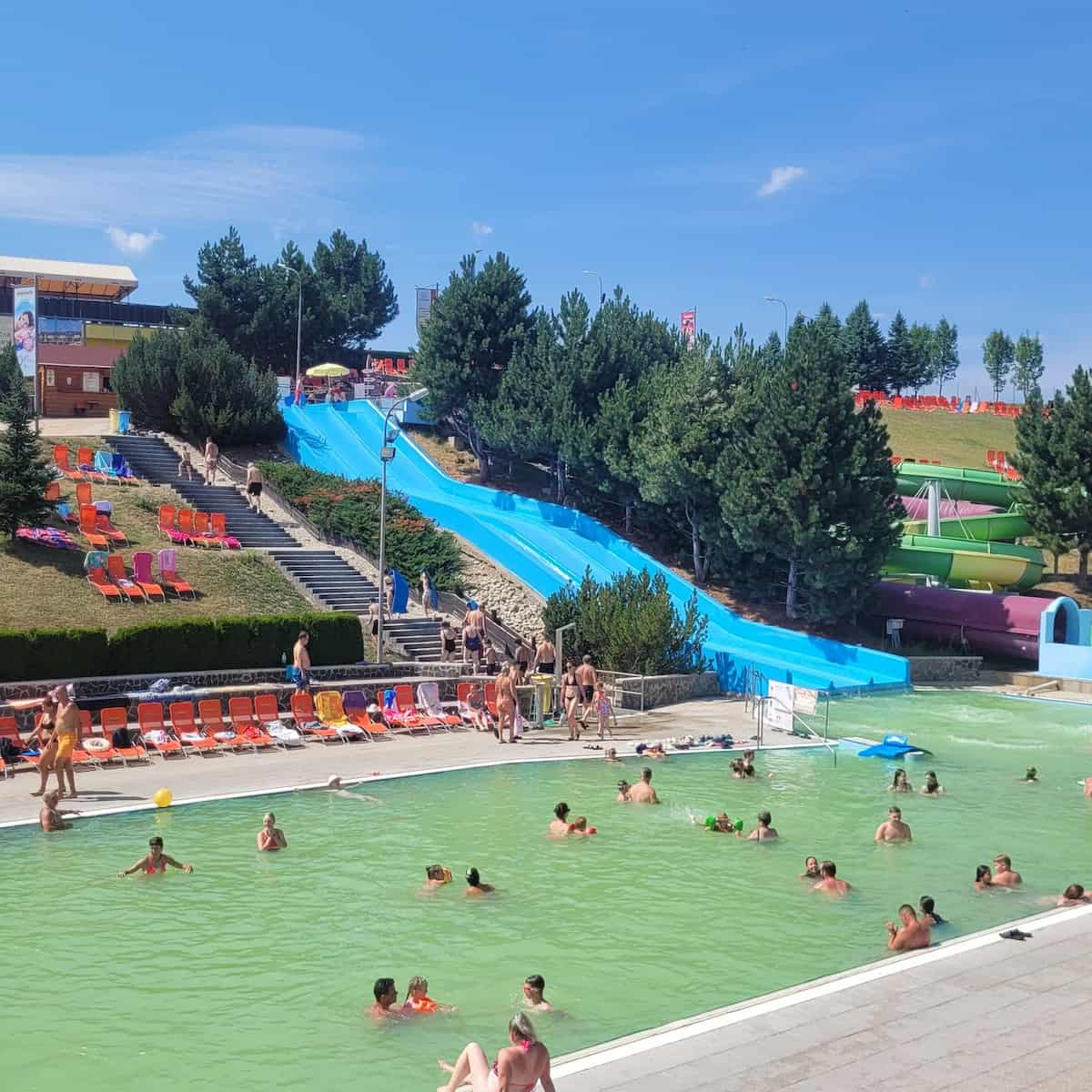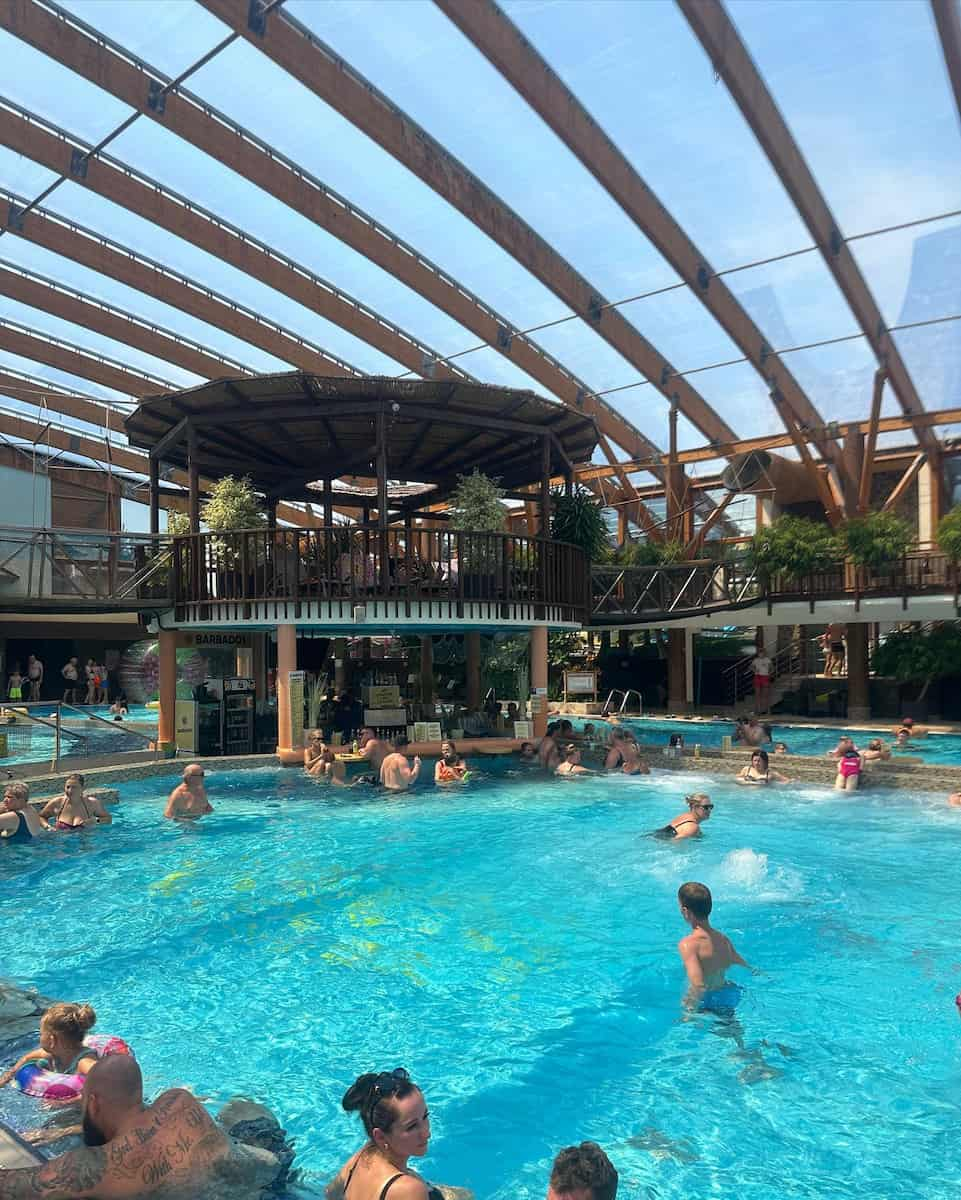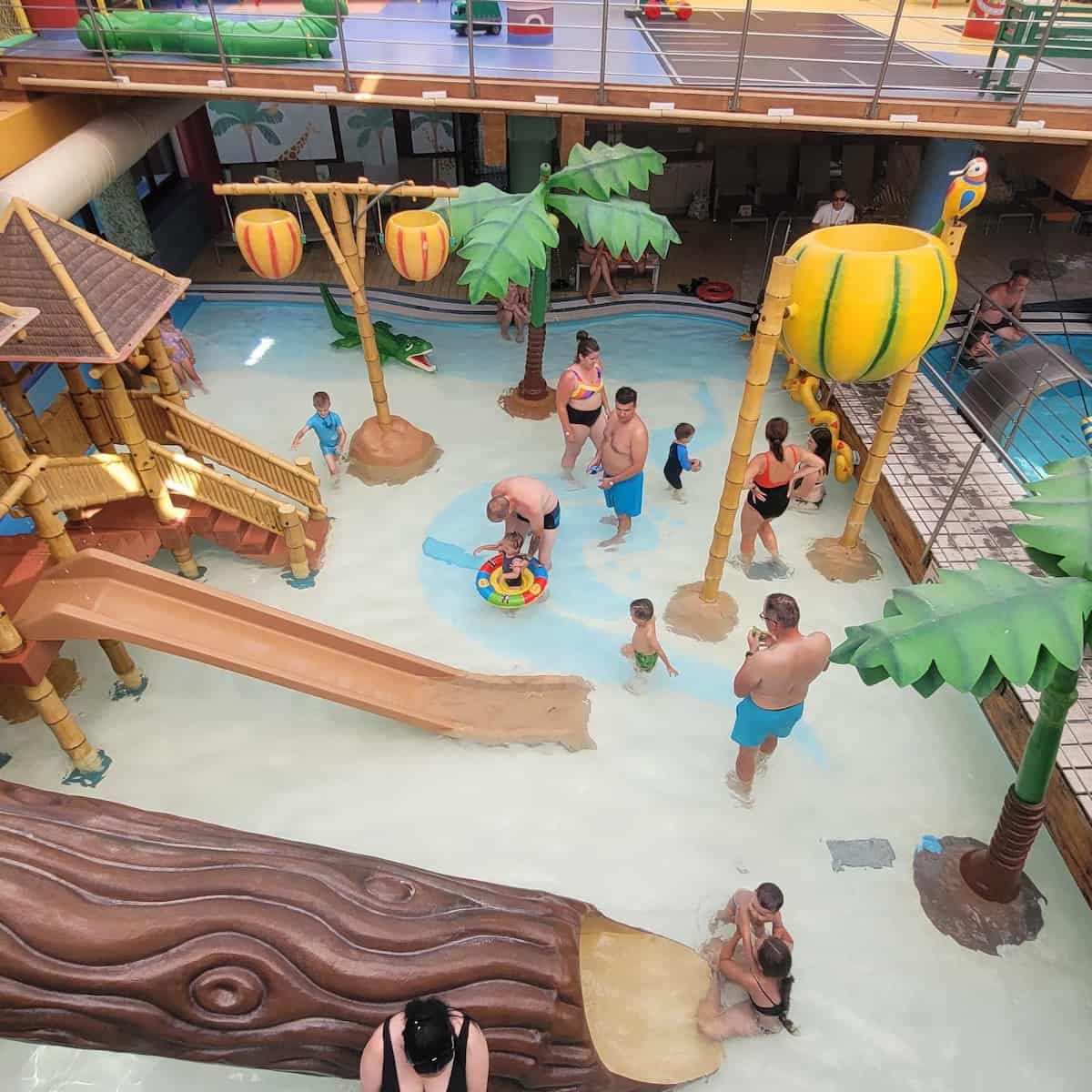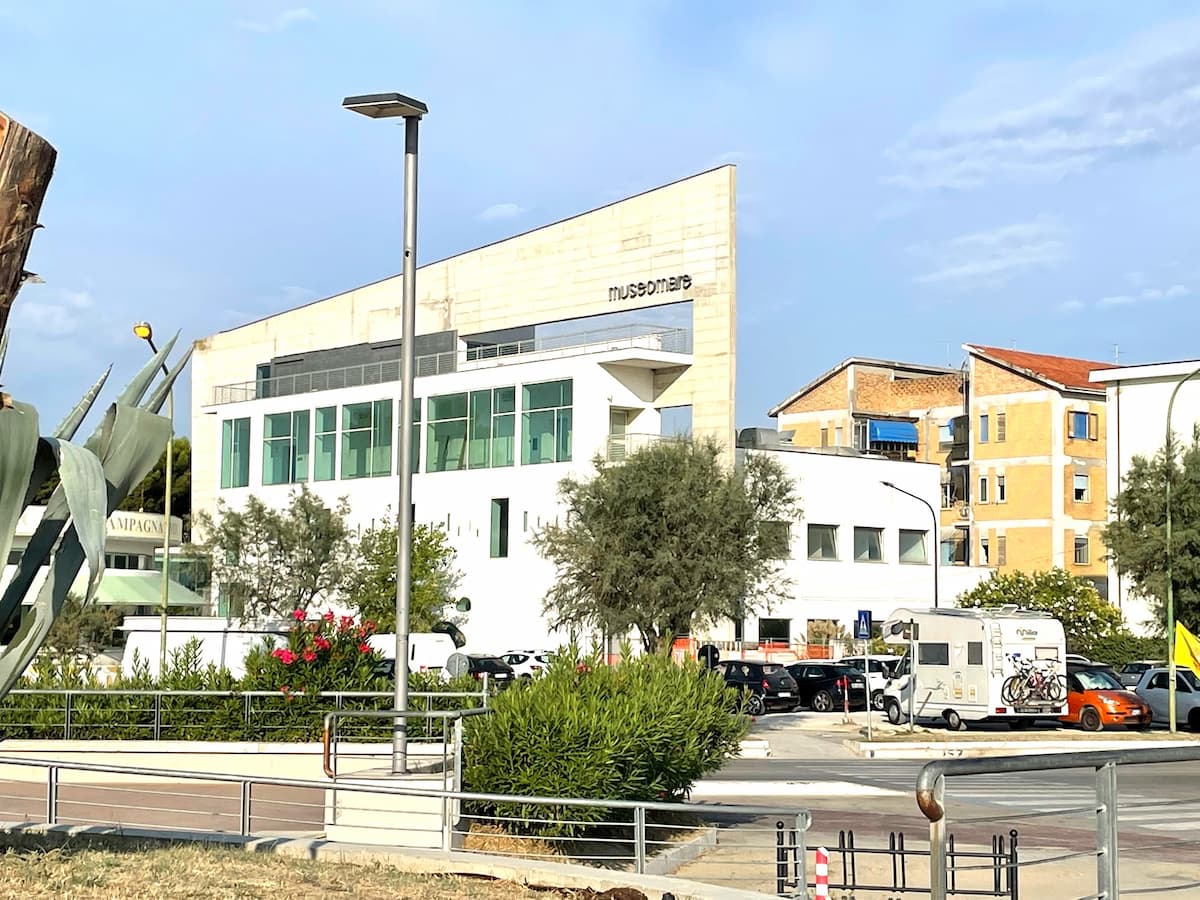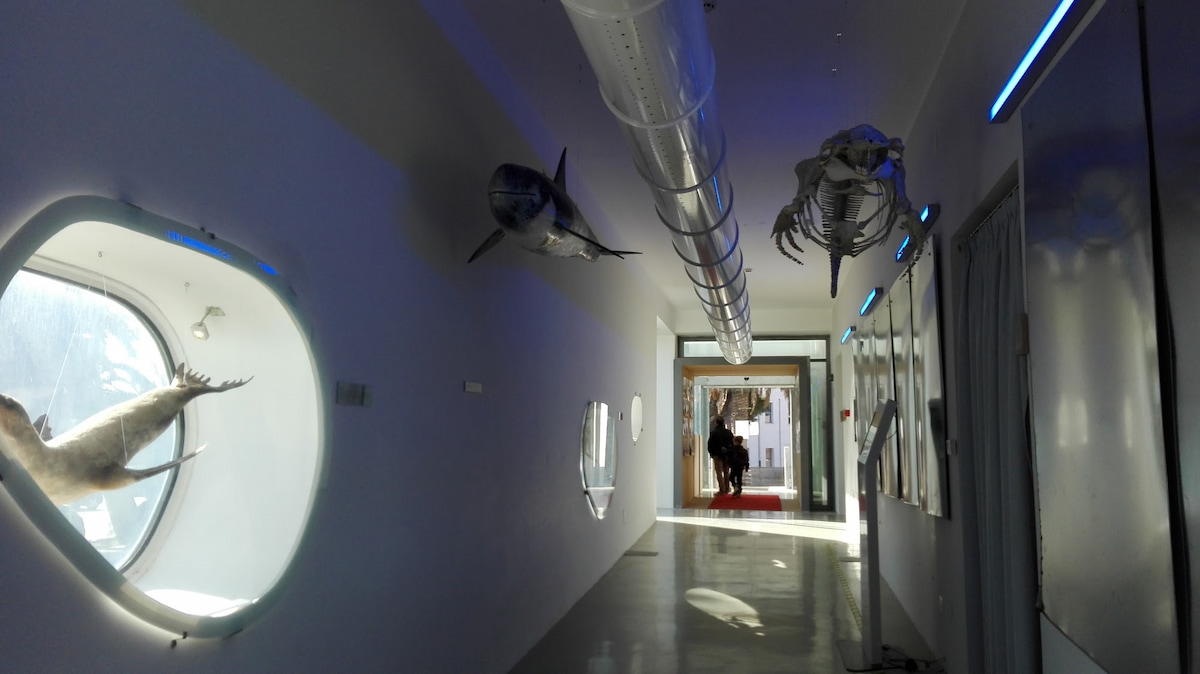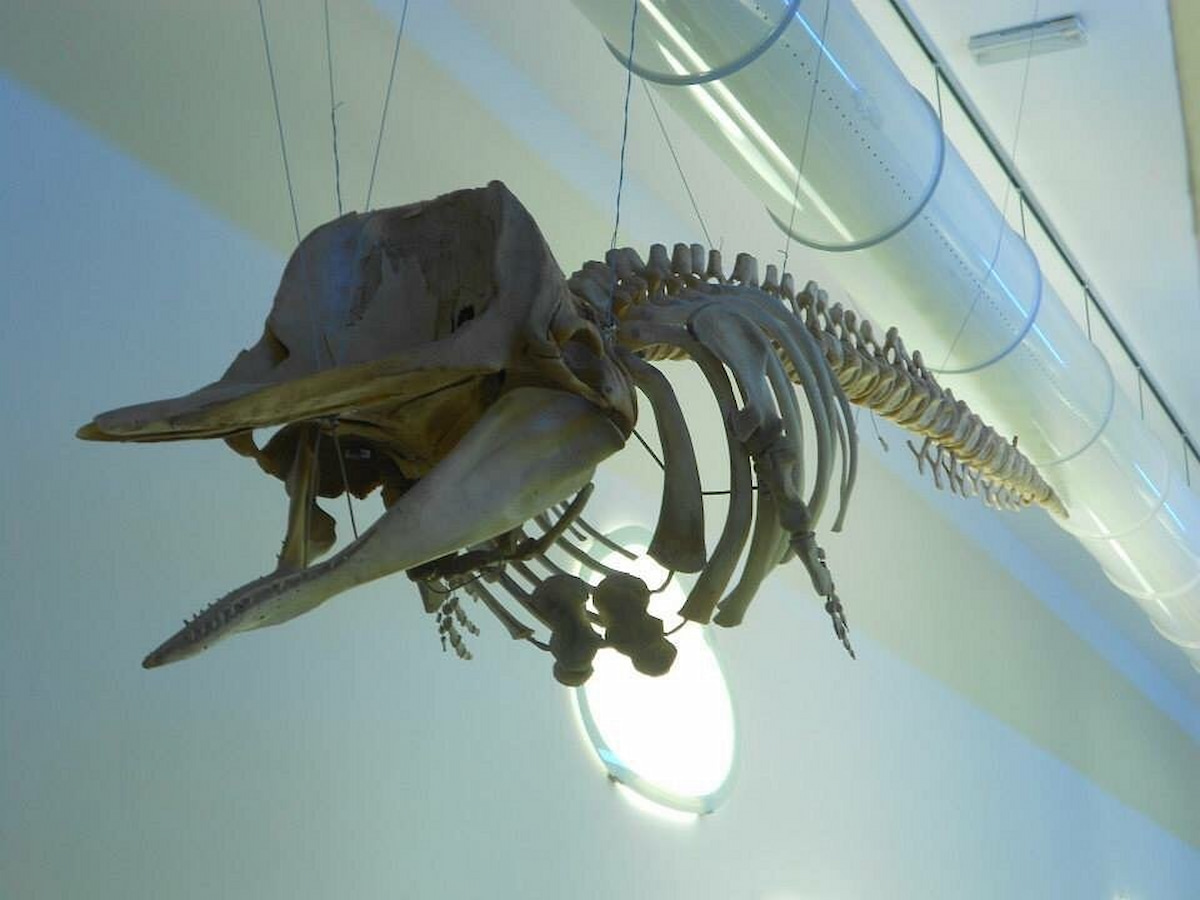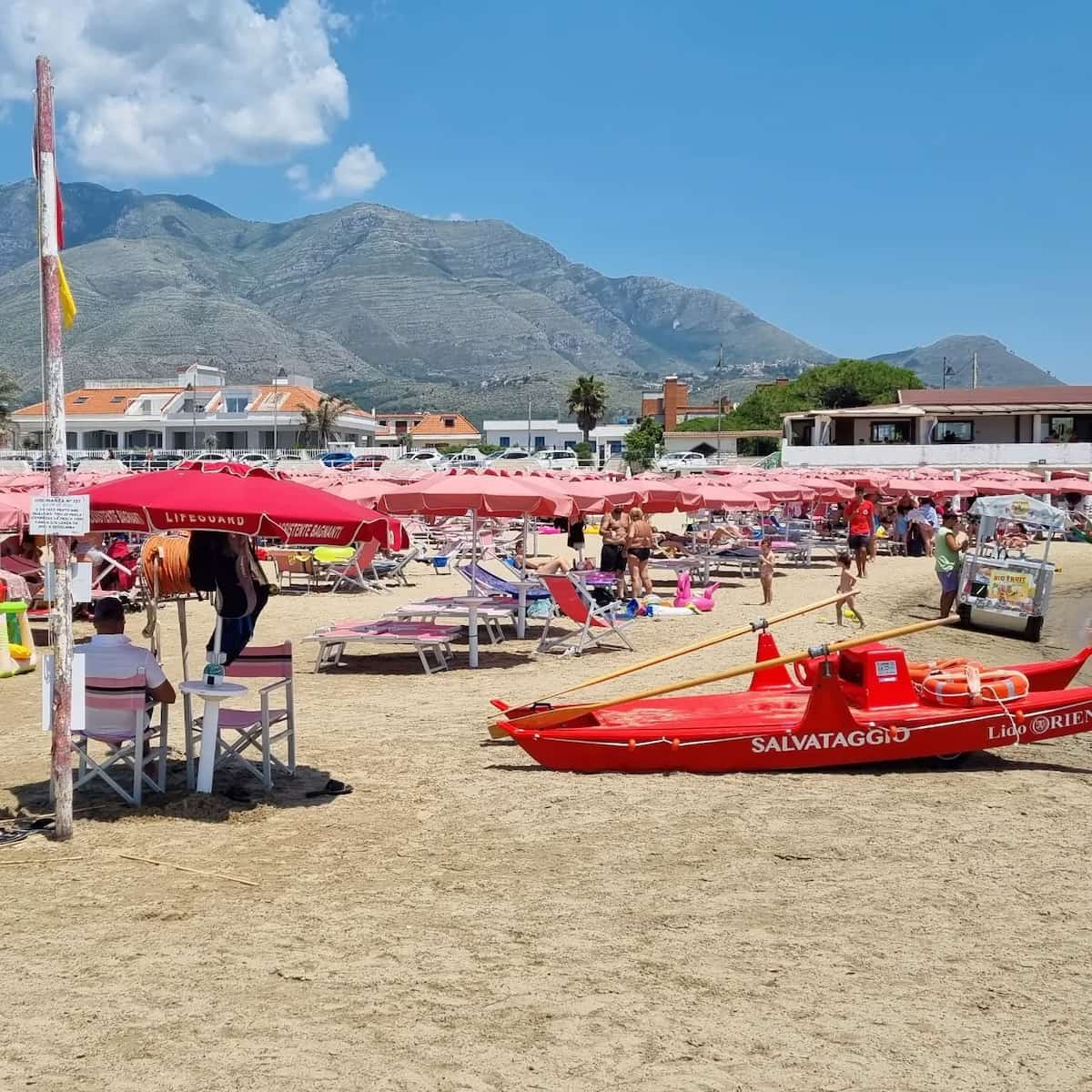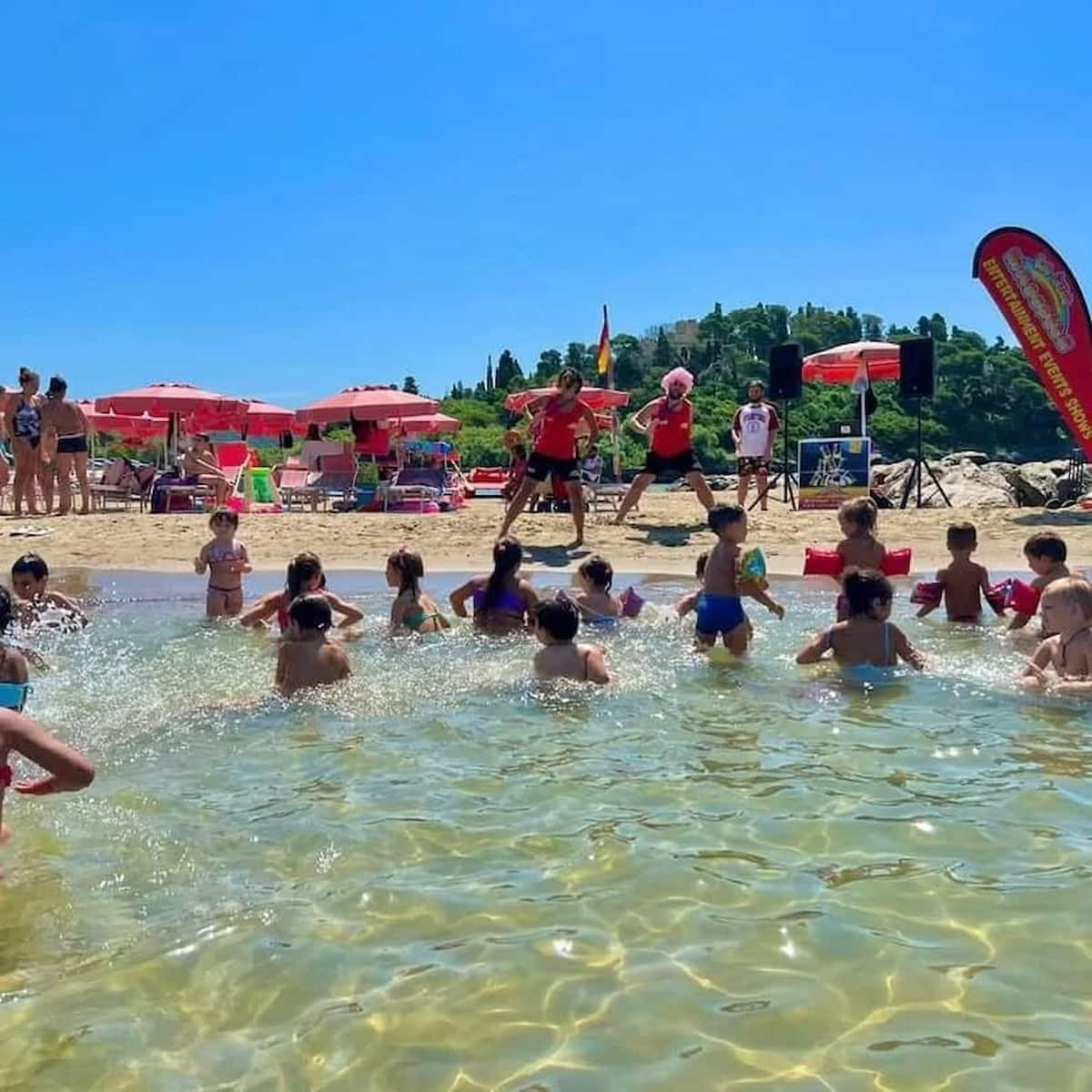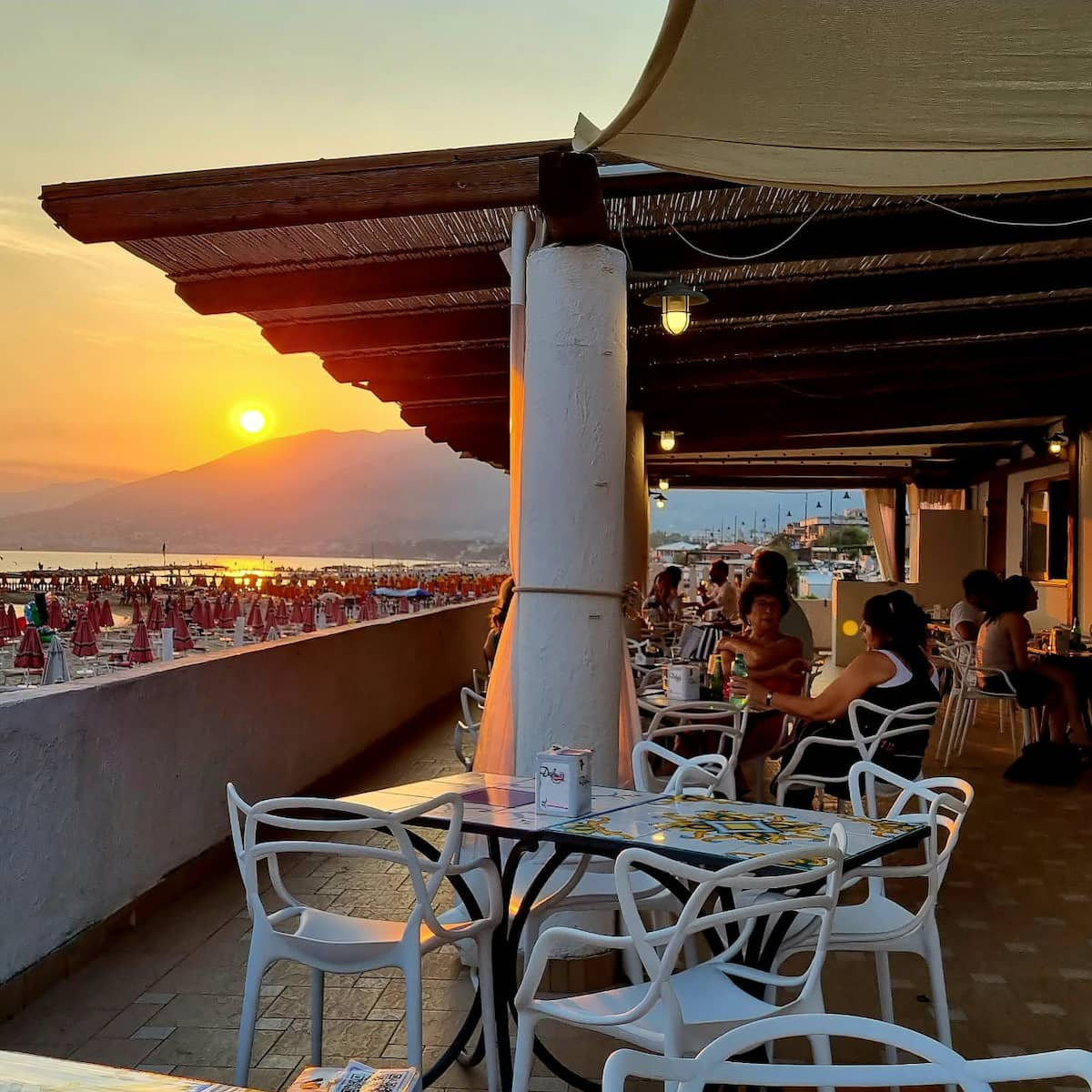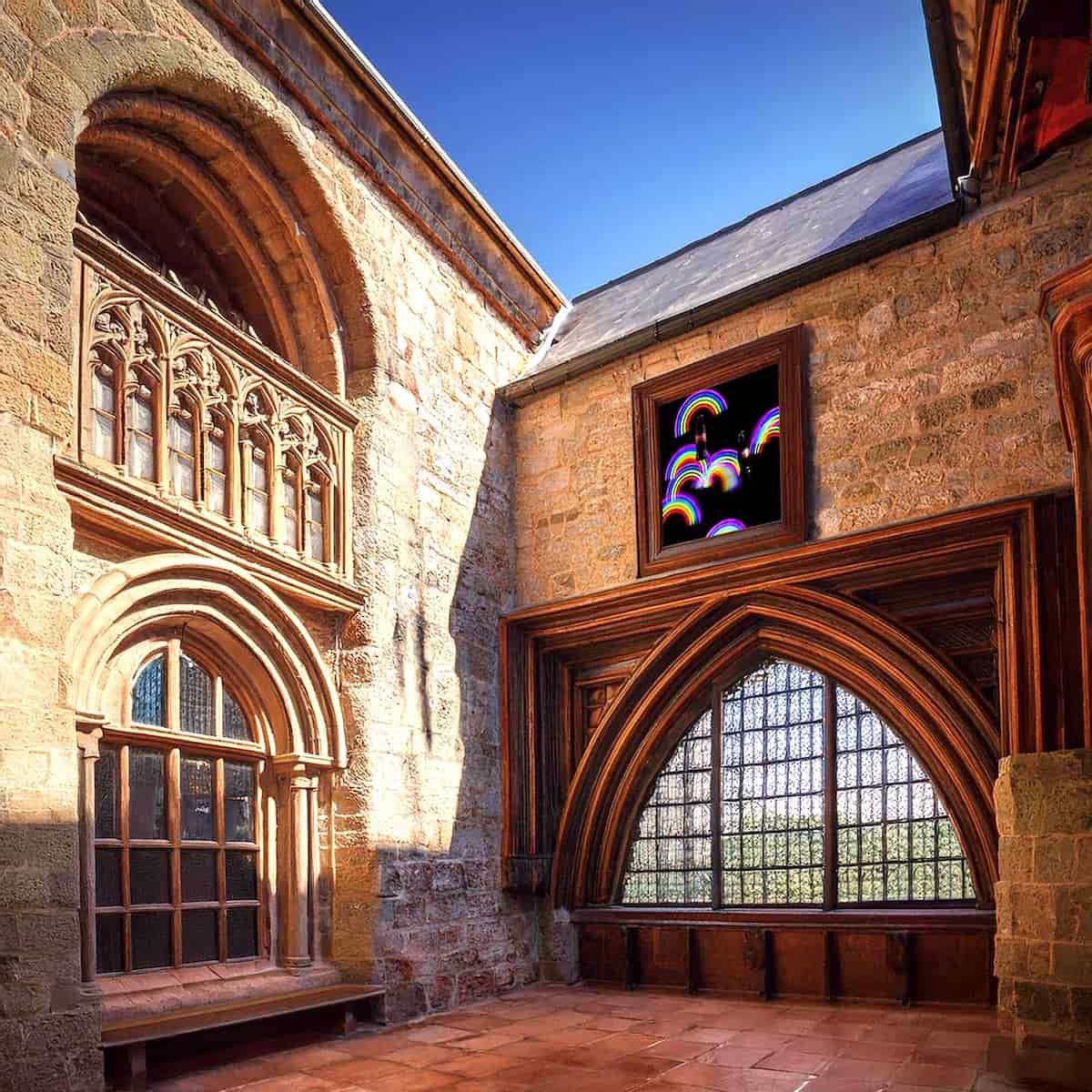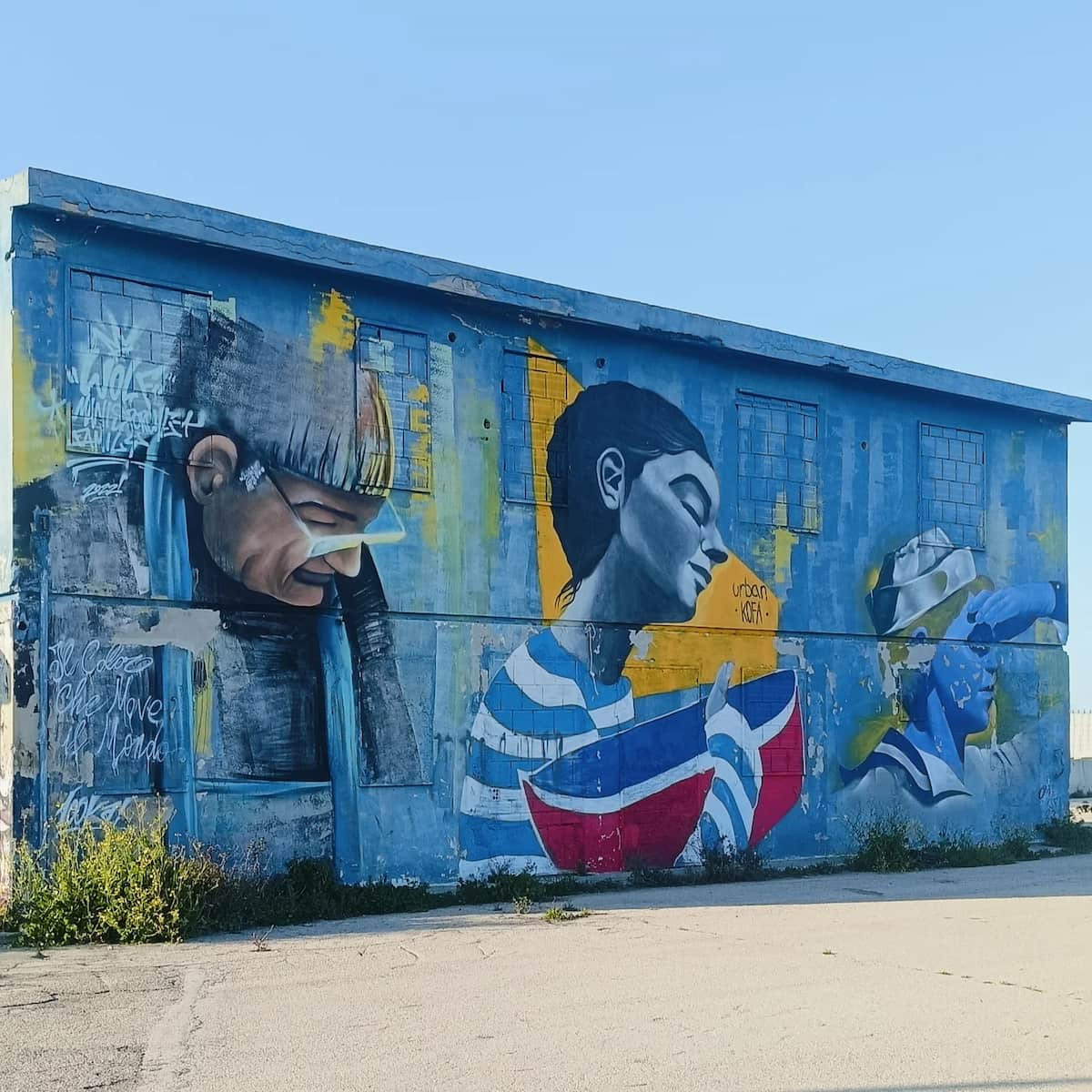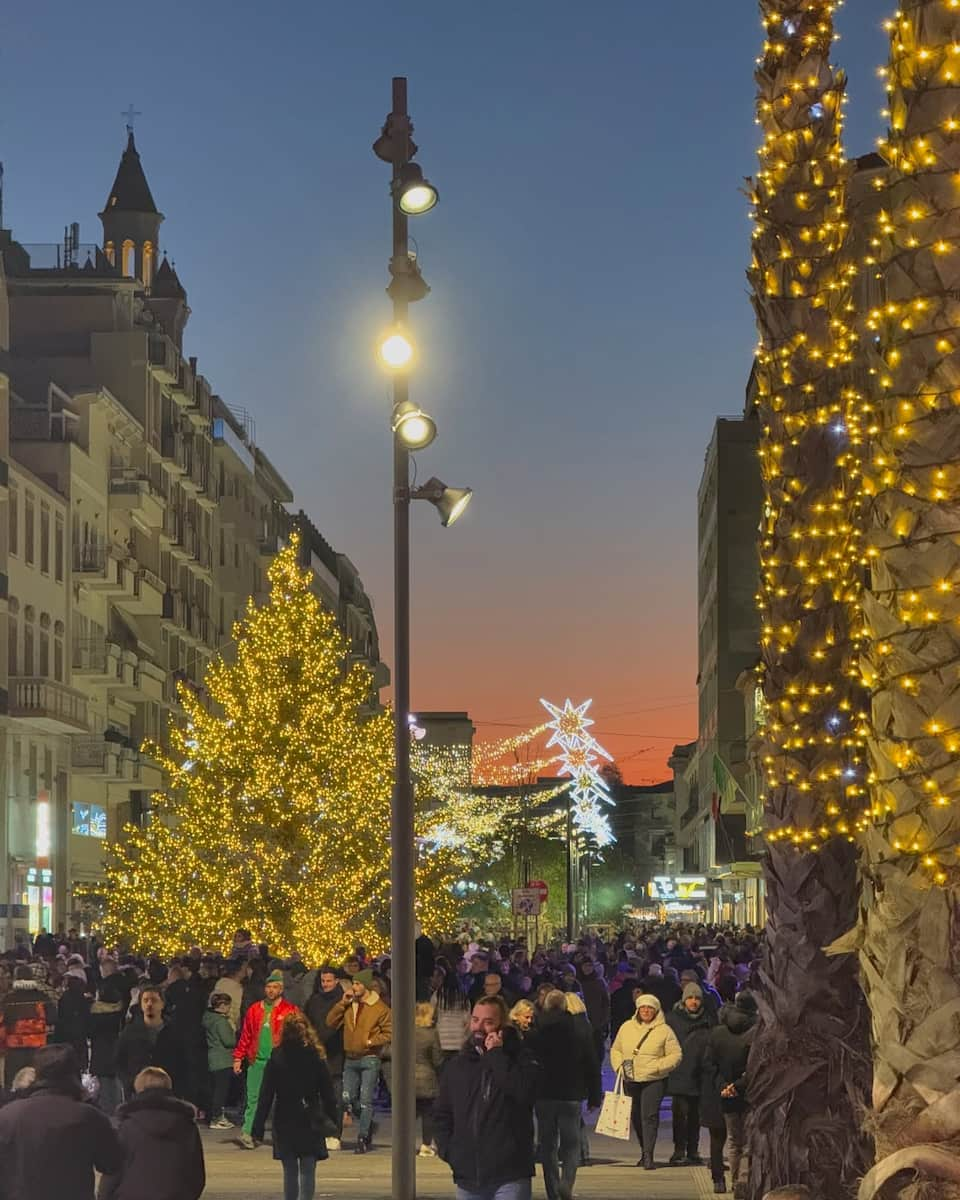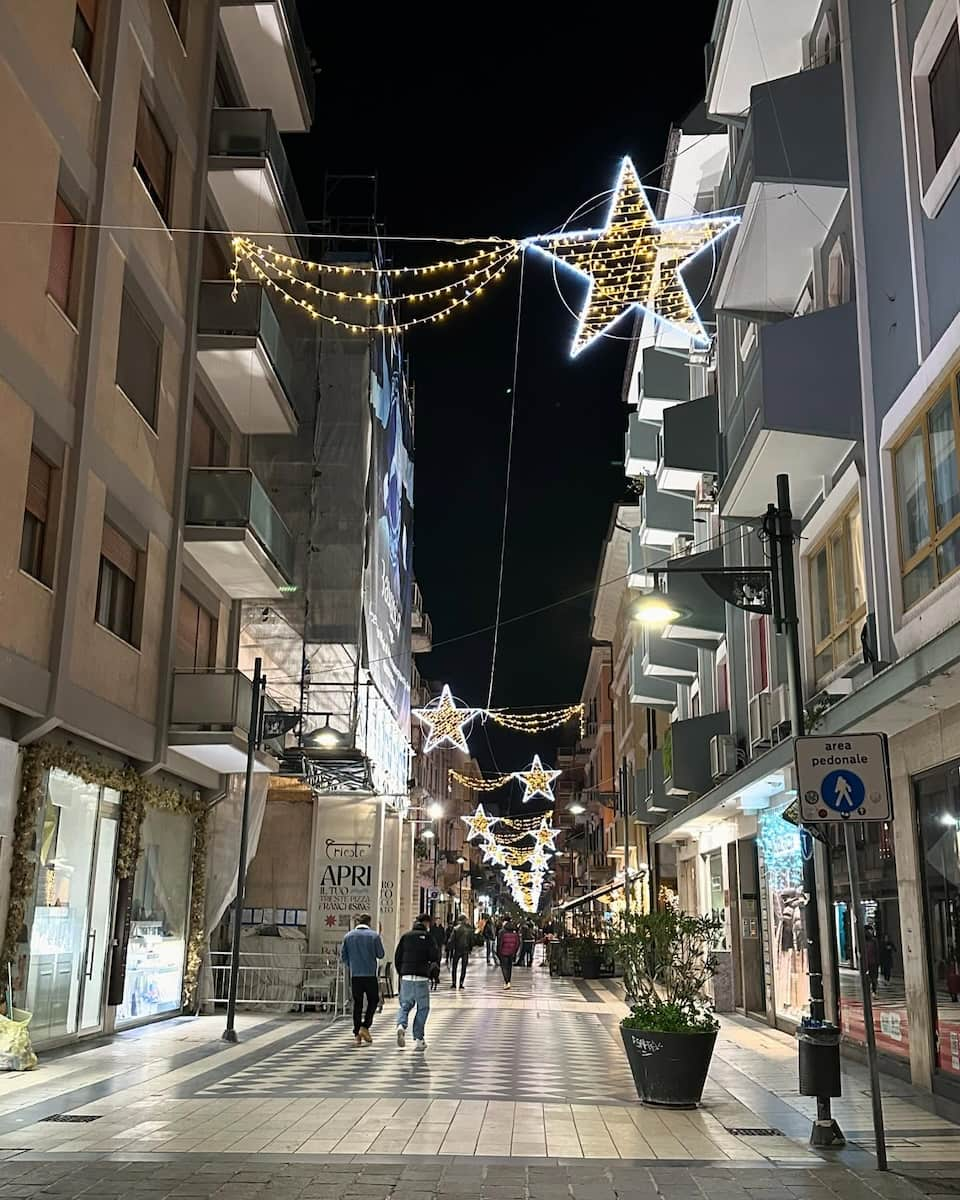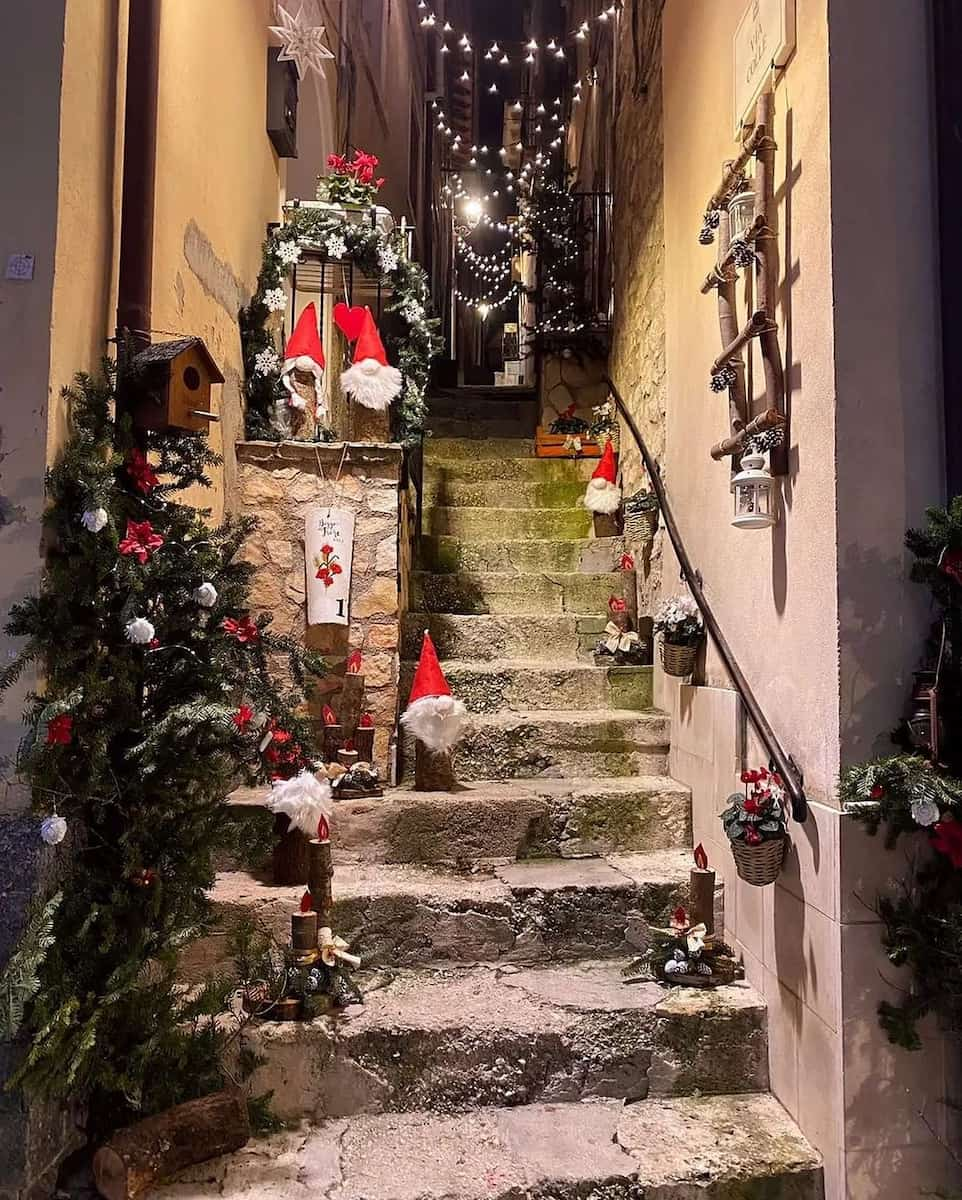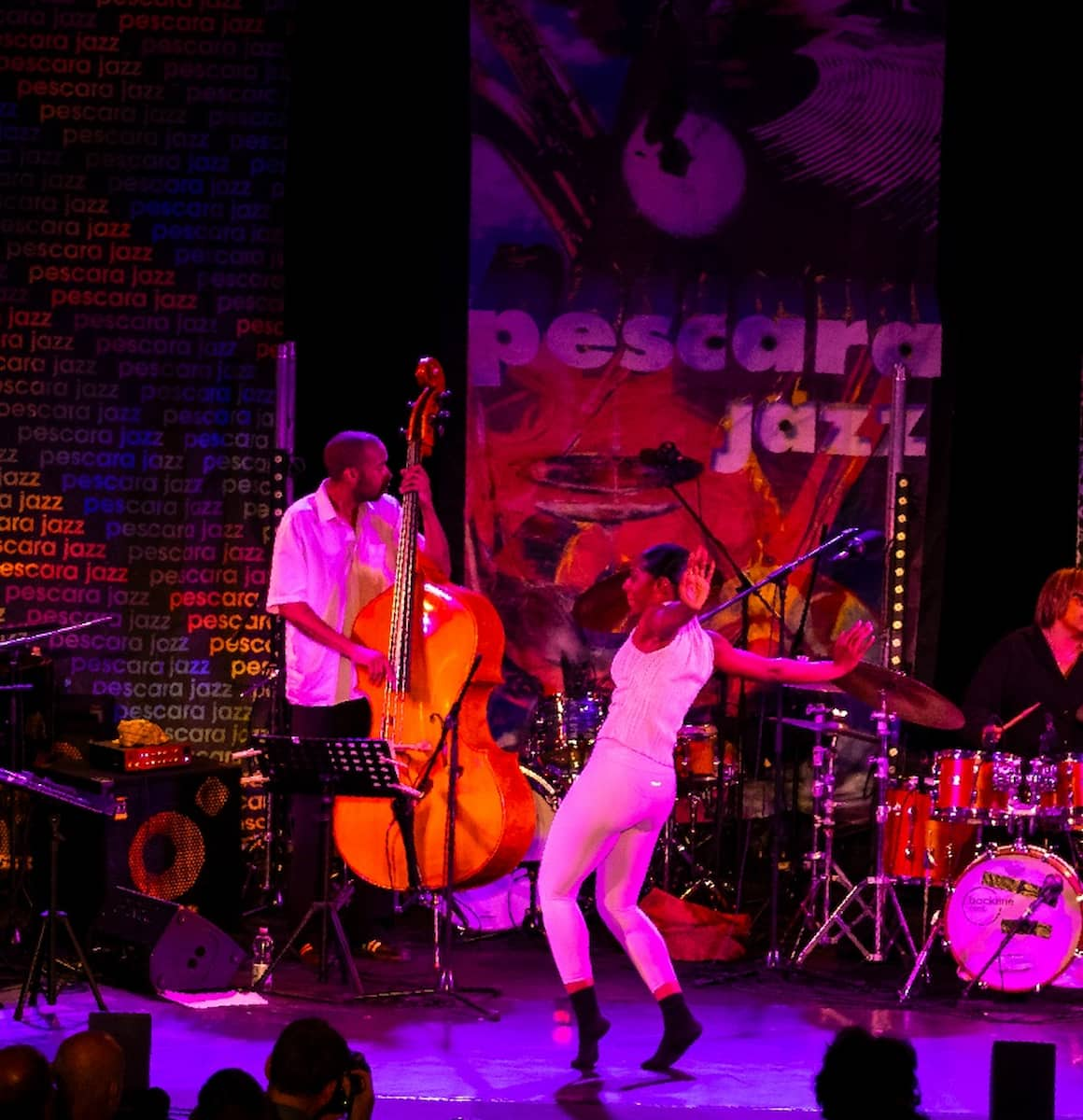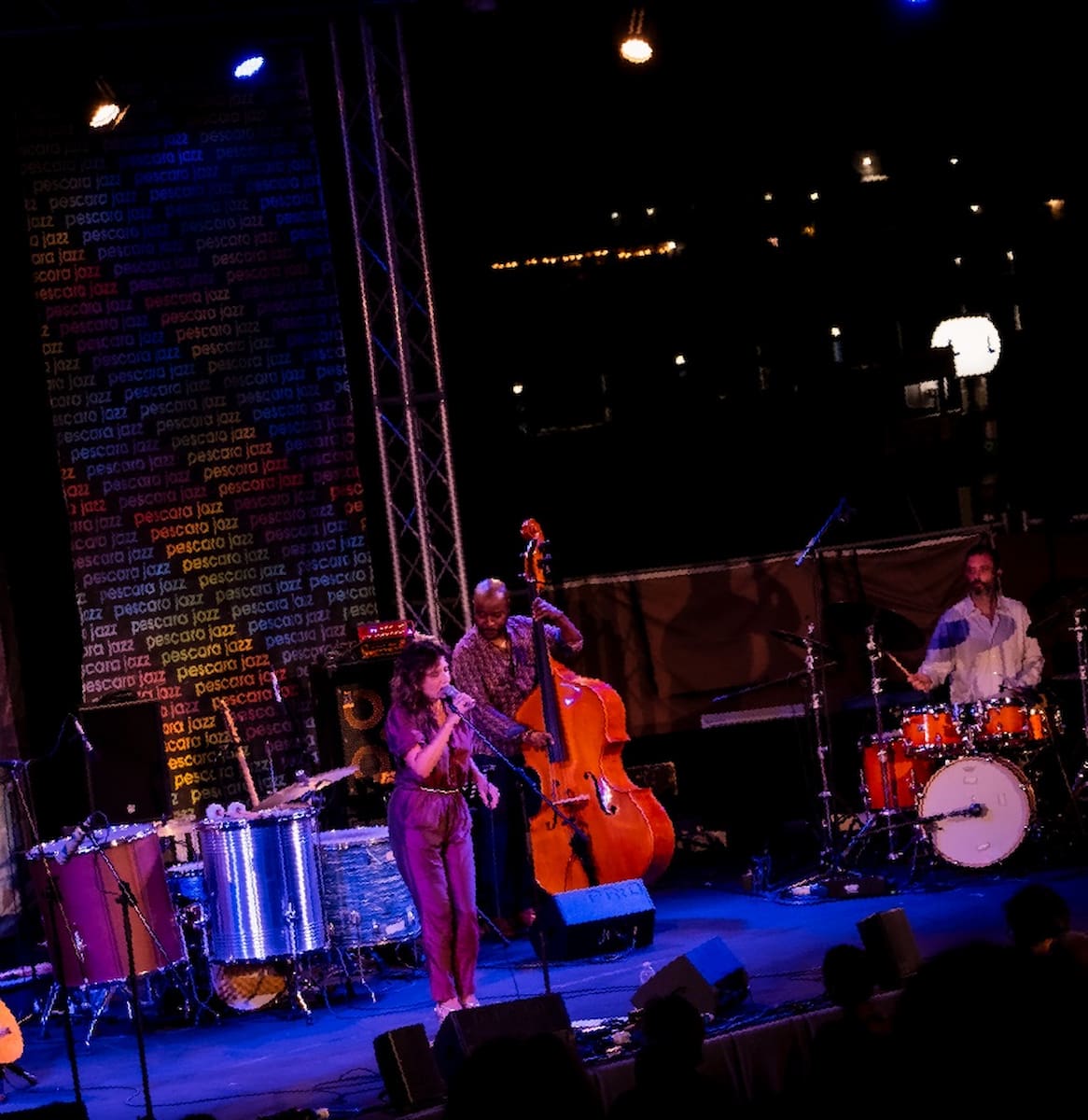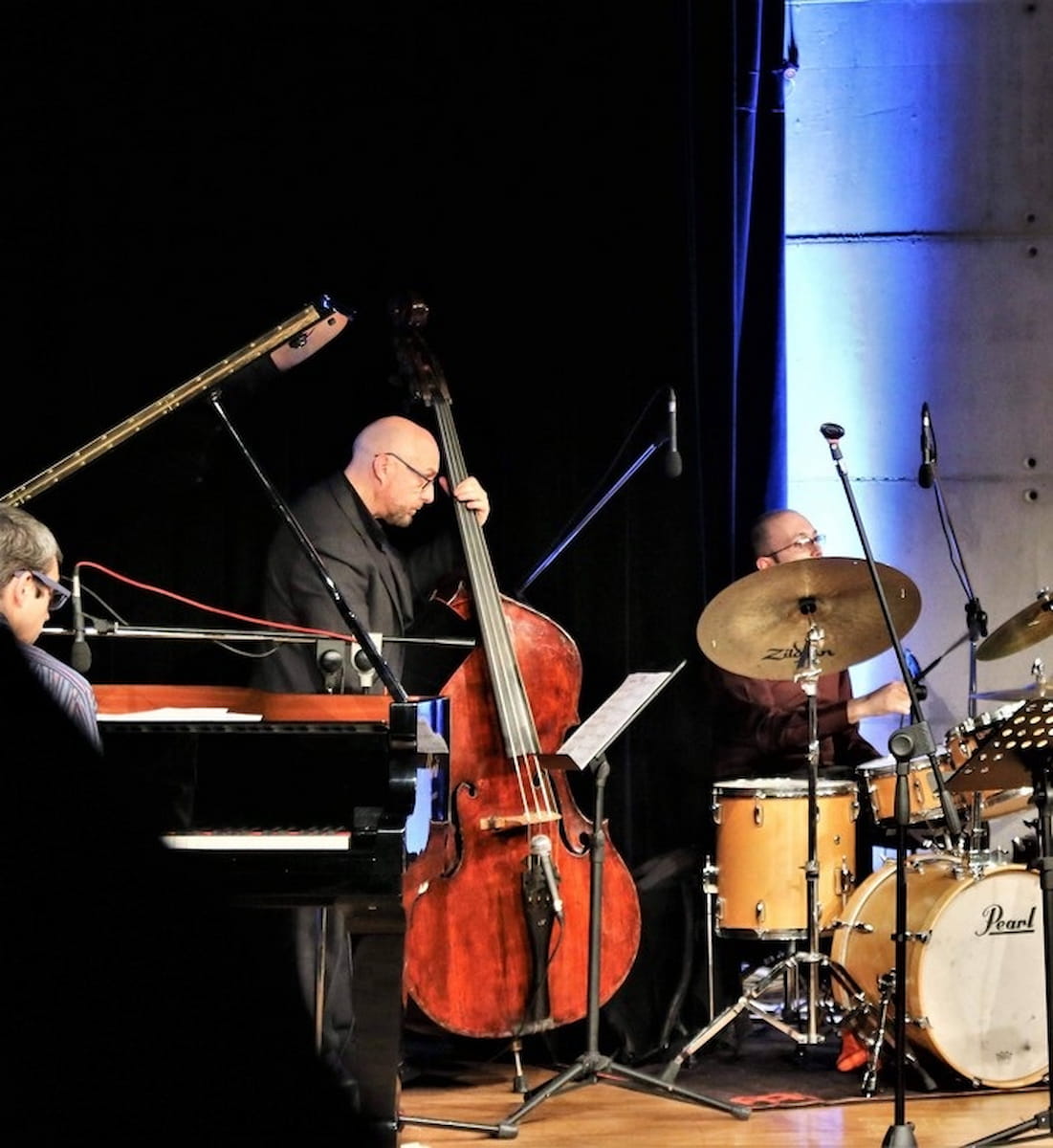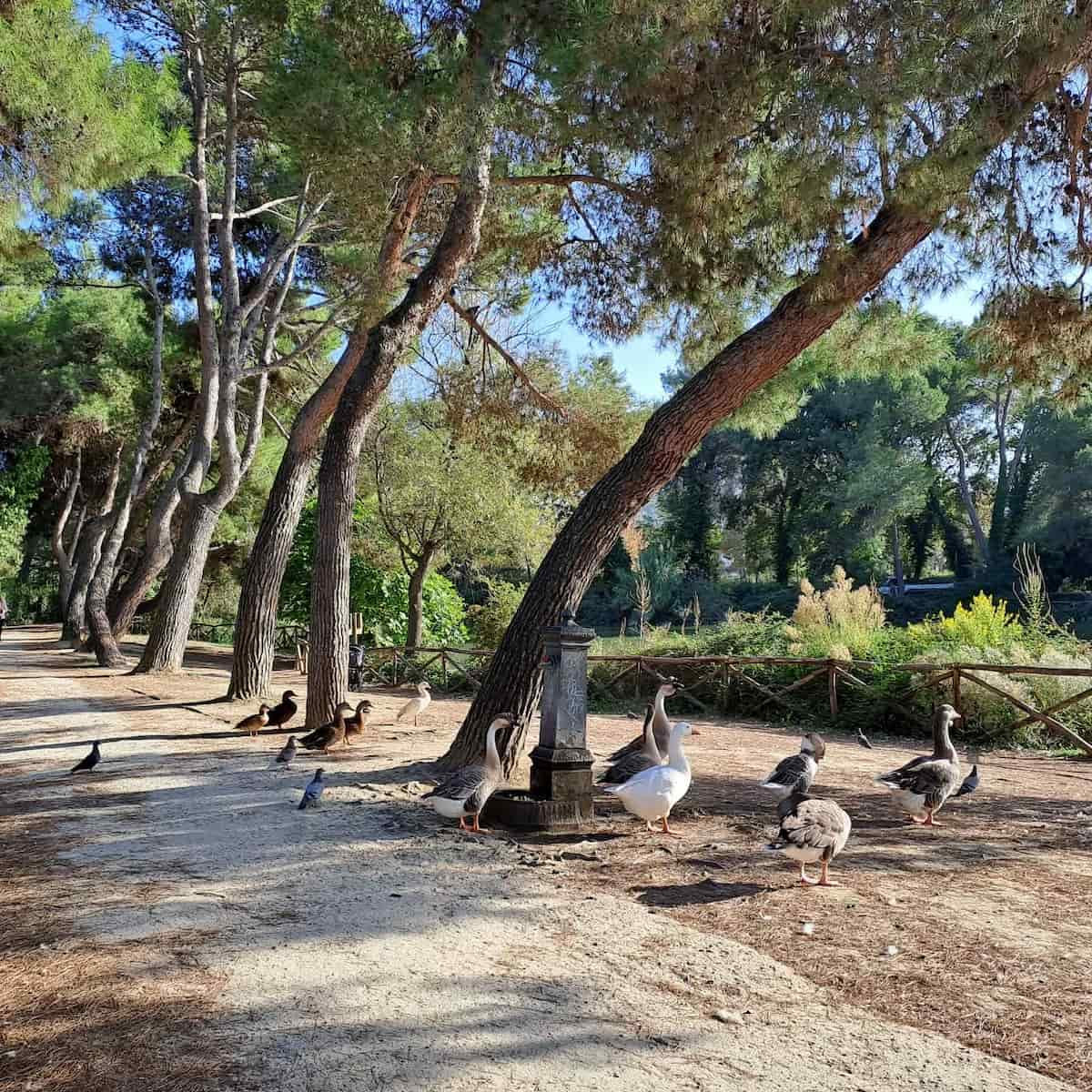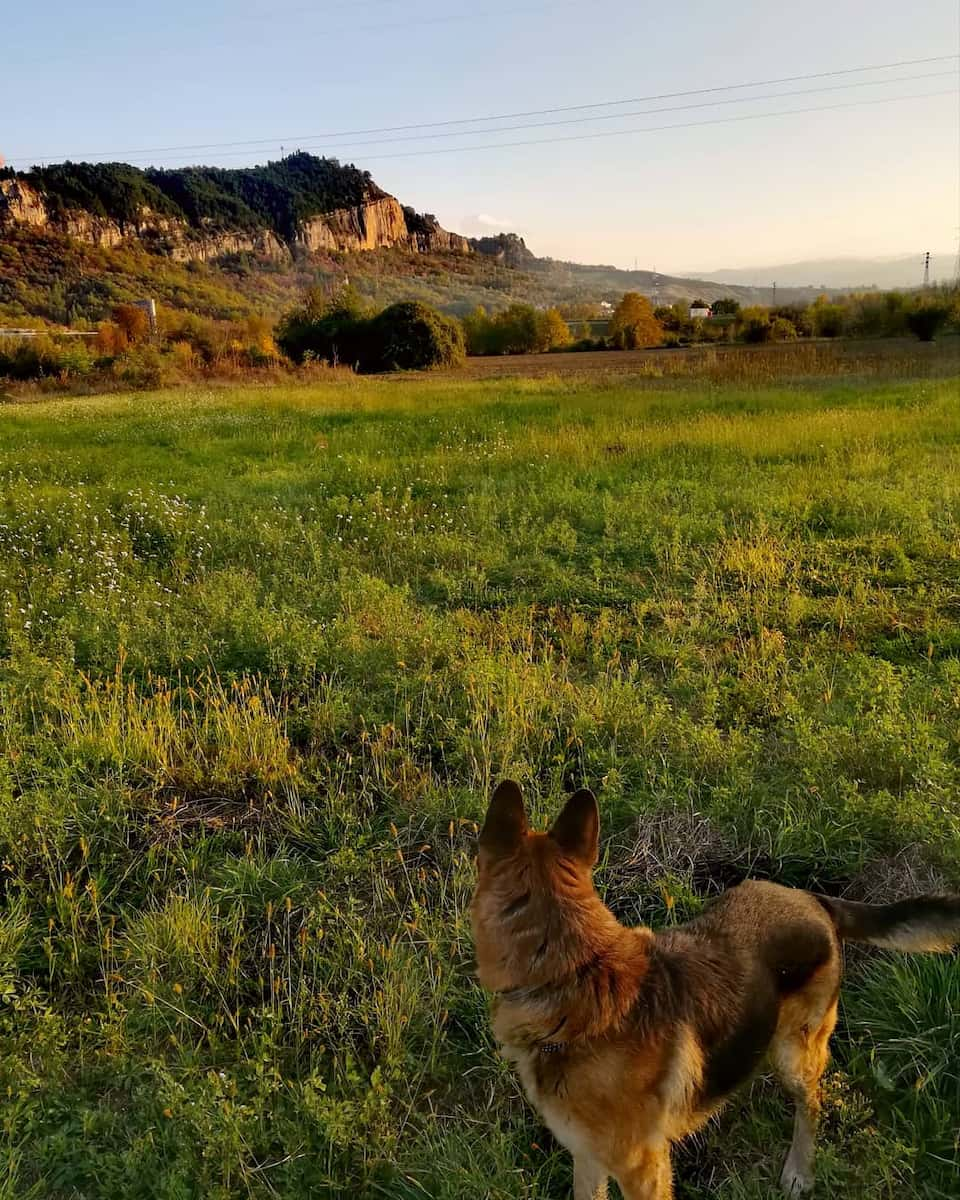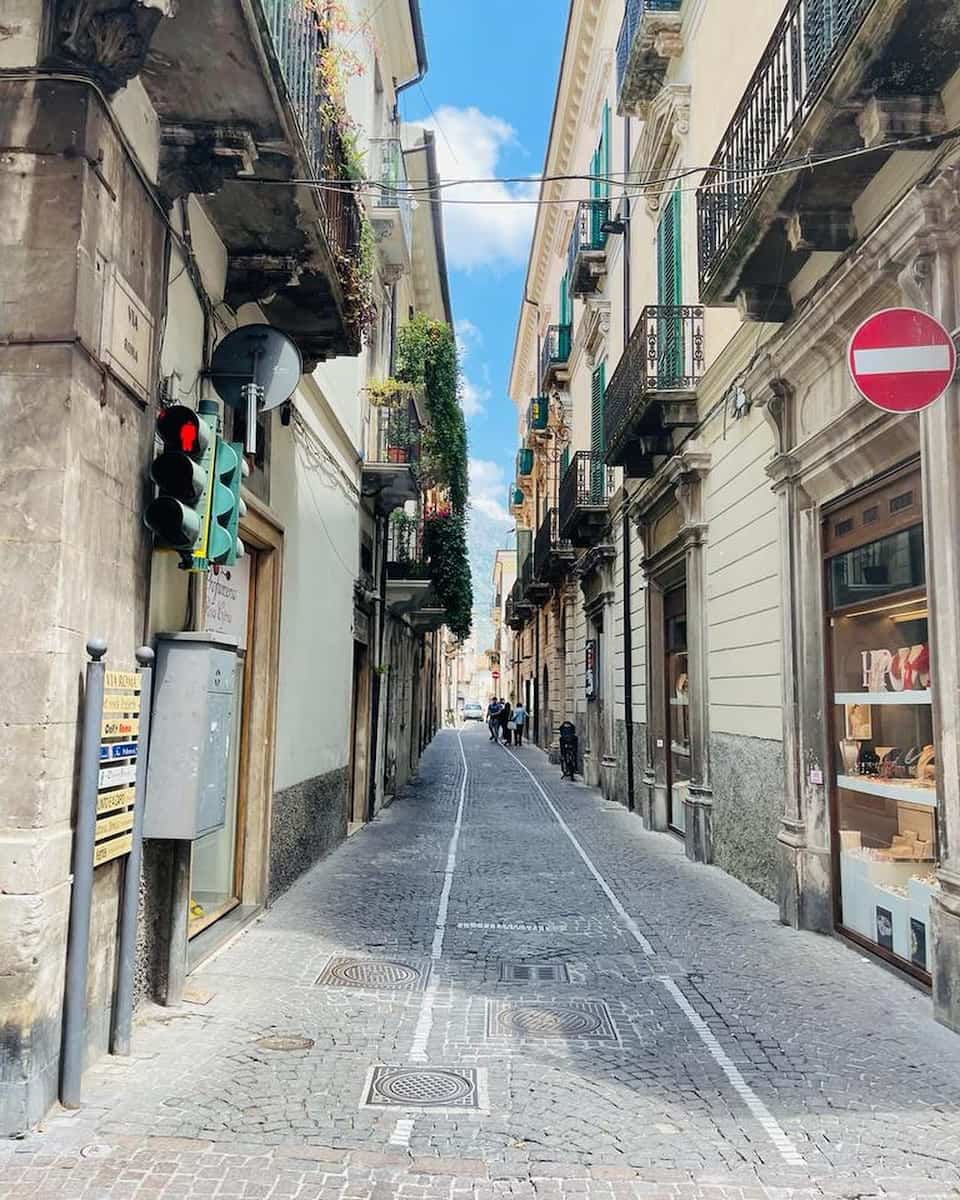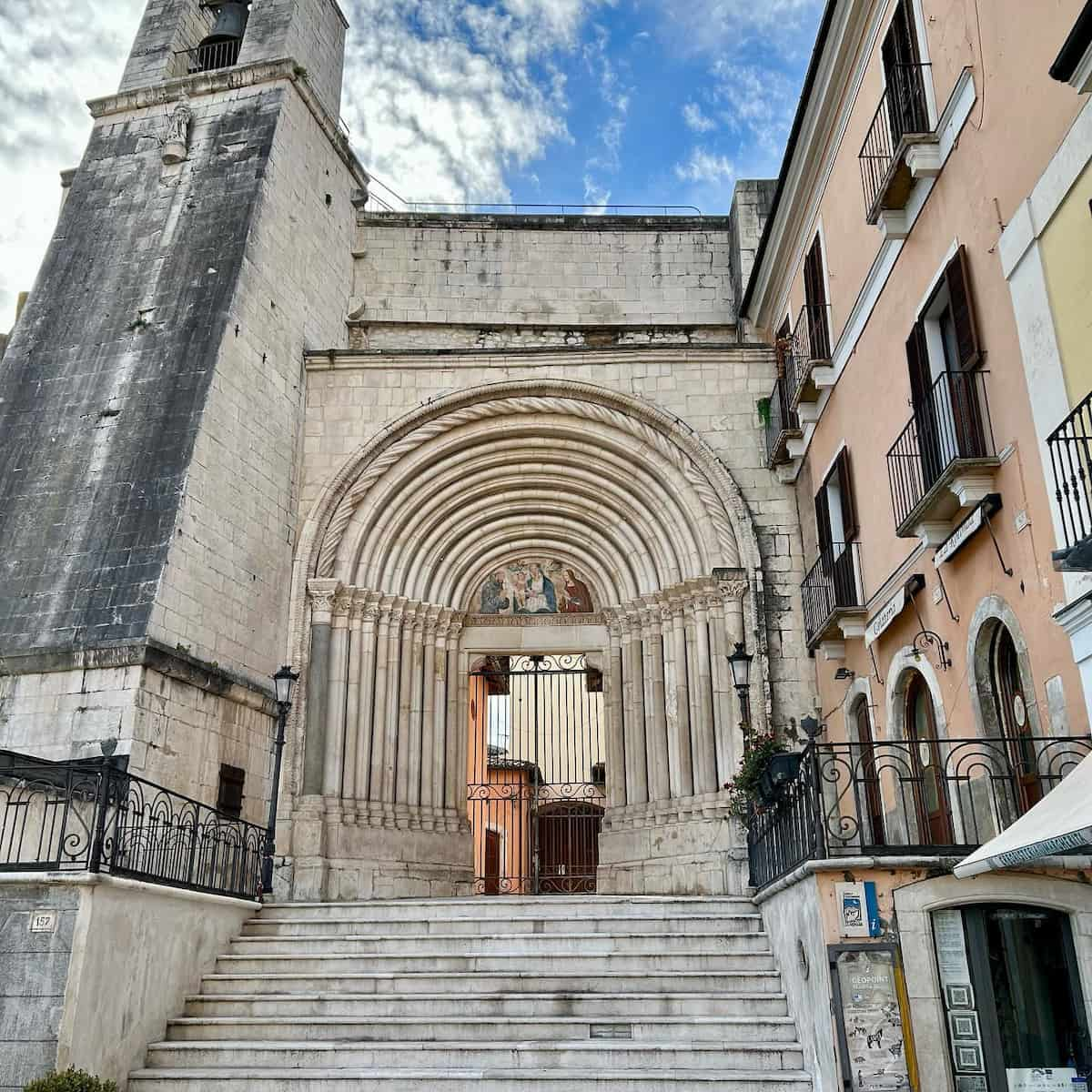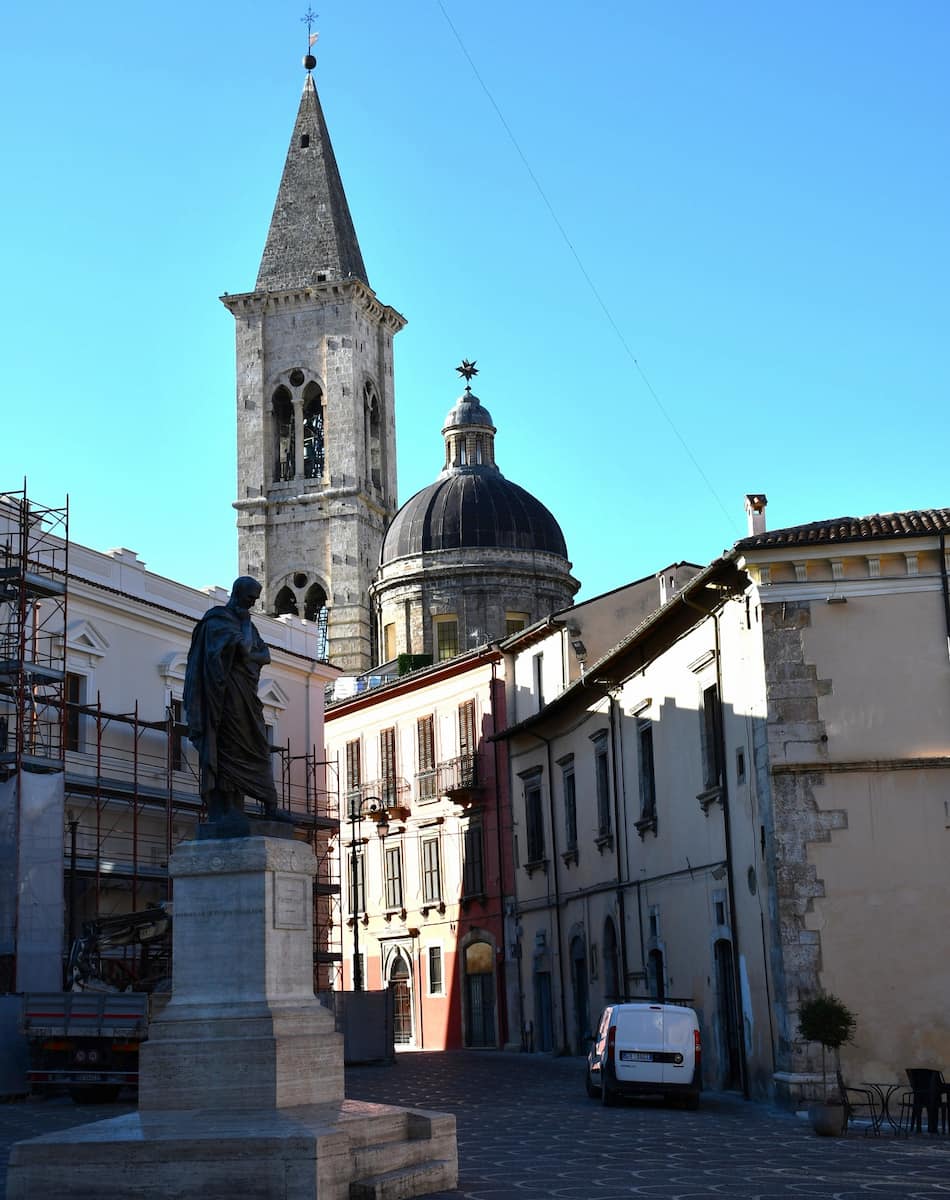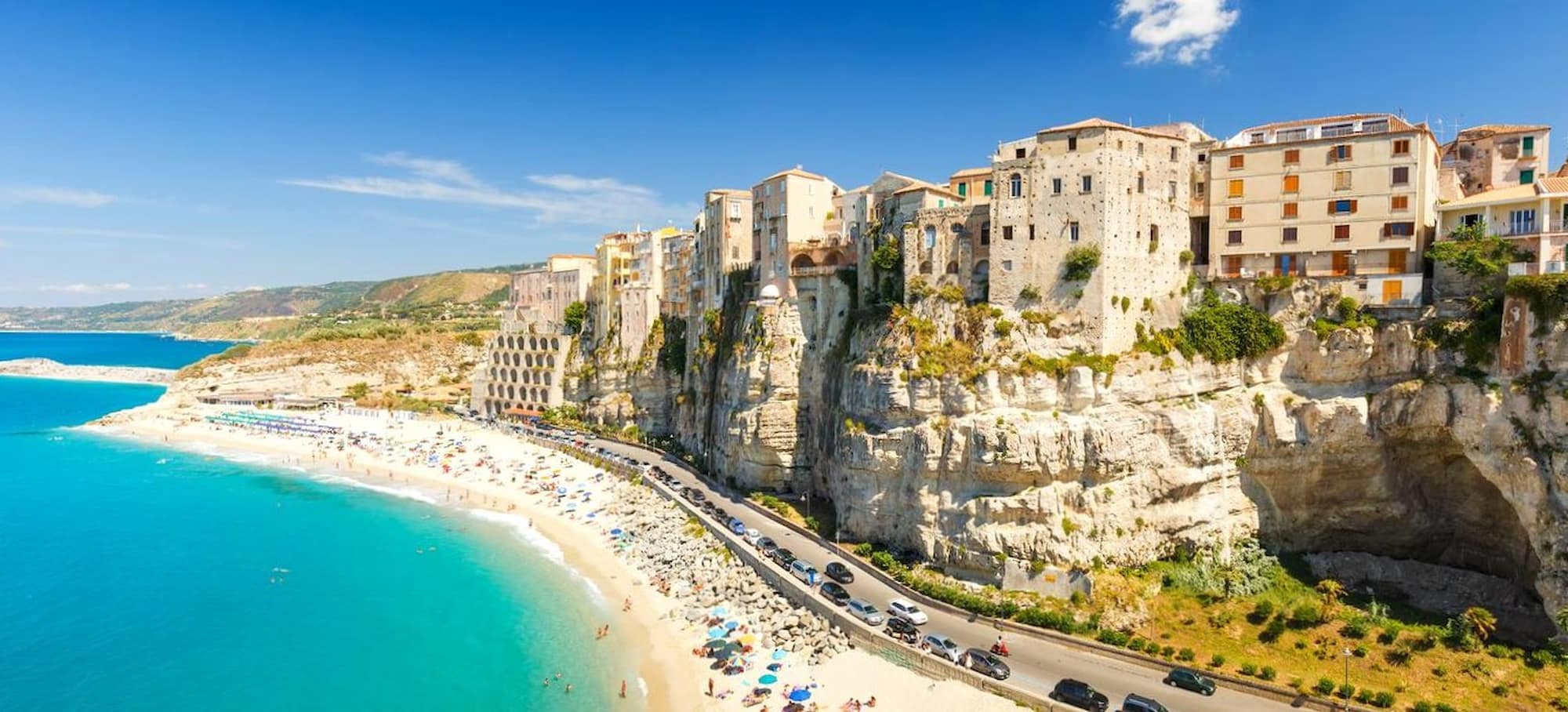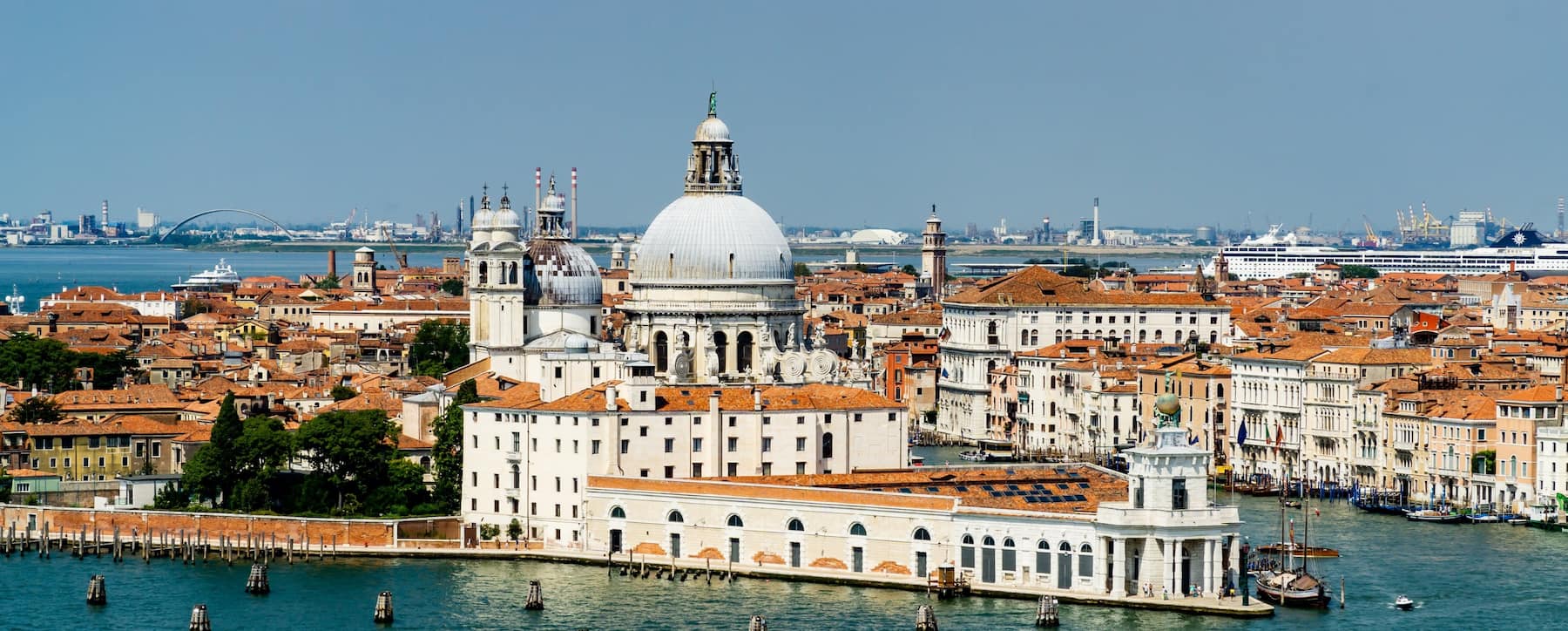I never expected Pescara to steal my heart with its perfect blend of golden beaches, fascinating museums, and authentic Italian atmosphere. This coastal gem on the Adriatic offers surprising variety, from the iconic Ponte del Mare bridge to hidden art galleries and mouthwatering seafood that won’t empty your wallet.
Pescara rewards curious travelers with experiences you won’t find in typical Italian guidebooks, whether you’re watching sunset from the marina or exploring ancient ruins just a short drive away. My adventures here revealed a city where modern Italian life meets traditions, creating the perfect base for discovering the stunning Abruzzo region that most international visitors miss entirely.
🏠 Best Hotels in Pescara
- 💎 Luxury Hotel: G Hotel Pescara
- 🏨 4-Star: B&B Pescara Centro Luxury Suite
- 🛏️ 3-Star: B&B Hotel Pescara
- 💸 Cheap: Jolie Bed And Breakfast
- 🏢 Apartment: Terrazze Dannunziane
- 👨👩👦👦 For Families: Hotel Regent
- 🏩 For Couples: Paradiso Country House
💁 Best Guided Tours
- Food and wine tour of Pescara Vecchia on foot from € 49 (⭐ 4.8/5)
- Pescara Private Home Cooking Class with Lunch or Dinner from € 95 (⭐ 5.0/5)
- Pescara Small-Group Food Tour from € 59 (⭐ 4.9/5)
- Small-Group Pasta Making Workshop in Pescara from € 69 (⭐ 5.0/5)
Best Things To Do in Pescara, Italy
1. Ponte del Mare
Breathtaking views. Walking across Pescara’s iconic sea bridge was the highlight of my visit! This stunning pedestrian and cycling bridge connects the northern and southern parts of the city with a graceful, sail-shaped design that’s become Pescara’s most Instagram-worthy spot.
Local tip. I discovered the best photography angle is from the small park at the southern entrance. The bridge lights up beautifully at night, creating a magical atmosphere that transforms the entire marina area.
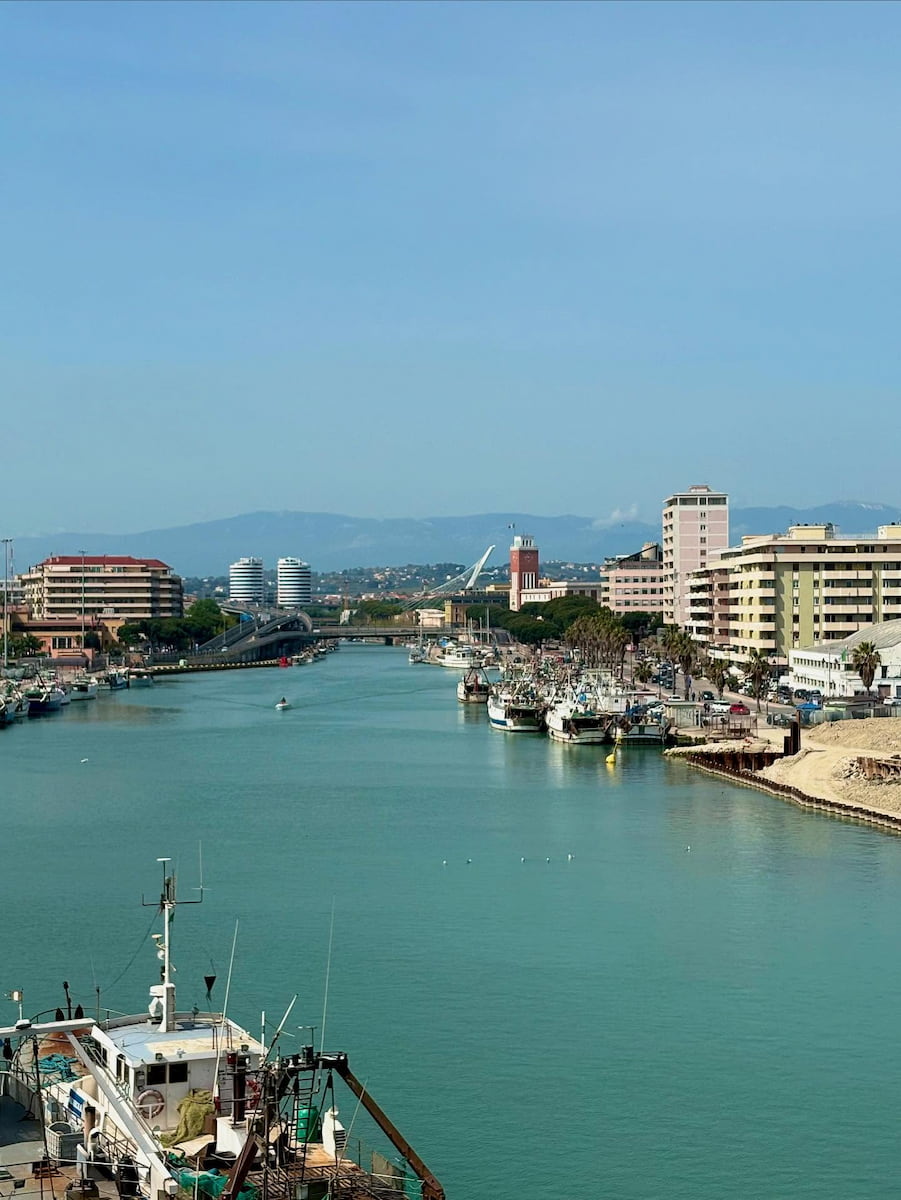


Cost-free adventure. Crossing Ponte del Mare costs nothing, yet delivers million-dollar panoramic views of the Adriatic coastline, Marina di Pescara, and the bustling harbor below. I spent nearly an hour just taking in the sea breeze and watching boats sail beneath.
Practical details. The bridge spans 466 meters with separate lanes for pedestrians and cyclists. If you’re feeling active, rent a bike from Pescara Bike Rental near Piazza Salotto (€10/day) and cycle across to experience the full thrill of this architectural marvel.
| Activity | Cost | Notes |
|---|---|---|
| Walking tour | Free | Self-guided |
| Bike rental | €10/day (€10 EUR) | Available at multiple spots near beach |
| Professional photo session | €50-100 (€50-100 EUR) | Book in advance |
- Best times to visit:
- Early morning for fewer crowds
⭐ Best Activities
- Self-guided panoramic eco tour of Pescara by e-scooter or bike – Explore Pescara at your own pace with this eco-friendly self-guided tour, choosing between a bike or e-scooter option to discover the city’s panoramic views and main attractions.
2. Pescara Beach
Sandy paradise. I spent two glorious days at Pescara’s golden beaches stretching over 16 kilometers along the Adriatic coast. The soft, clean sand and shallow entry into turquoise waters make it perfect for swimmers of all levels.
Beach club culture. Most of Pescara’s beachfront is divided into stabilimenti (beach clubs) where I paid €15 for a sun lounger, umbrella, and access to clean facilities. My favorite was Lido Venere, offering excellent service and a fantastic beach bar serving Montepulciano d’Abruzzo wine.
Free beach options. If you’re budget-conscious like me, head to the free public beach areas (spiaggia libera) near Piazza Le Laudi. I brought my own towel and umbrella and enjoyed the same beautiful sea without the cost.
Water activities. I tried paddleboarding for €20/hour from a rental shop on the central beach. The calm morning waters were perfect for beginners, and seeing the city skyline from the water offered a unique perspective.
| Beach Access | Cost | Includes |
|---|---|---|
| Beach Club | €15-25/day (€15-25 EUR) | Lounger, umbrella, facilities |
| Public Beach | Free | Access only |
| Water Sports | €20-50/hour (€20-50 EUR) | Equipment rental |
- Beach essentials:
- Water shoes (rocky patches in some areas)
- High SPF sunscreen (the Adriatic sun is intense!)
3. Museo delle Genti d’Abruzzo
Cultural immersion. Housed in a 16th-century fortress, this museum took me on a fascinating journey through Abruzzo’s rich history and traditions. The exhibits span from prehistoric times to modern day, showcasing the resilient spirit of the region’s people.



Artifact treasures. I was mesmerized by the ancient tools, traditional costumes, and folk art displays. The collection of handcrafted ceramics particularly caught my eye, demonstrating the artistic skill preserved through generations.
Interactive learning. The museum offers touchscreen displays and reconstructed environments that brought Abruzzo’s past to life. I tried my hand at a virtual pottery wheel and gained new appreciation for this traditional craft.
Local insights. My visit coincided with a demonstration of traditional weaving techniques. The museum regularly hosts cultural workshops where you can learn firsthand about regional traditions.
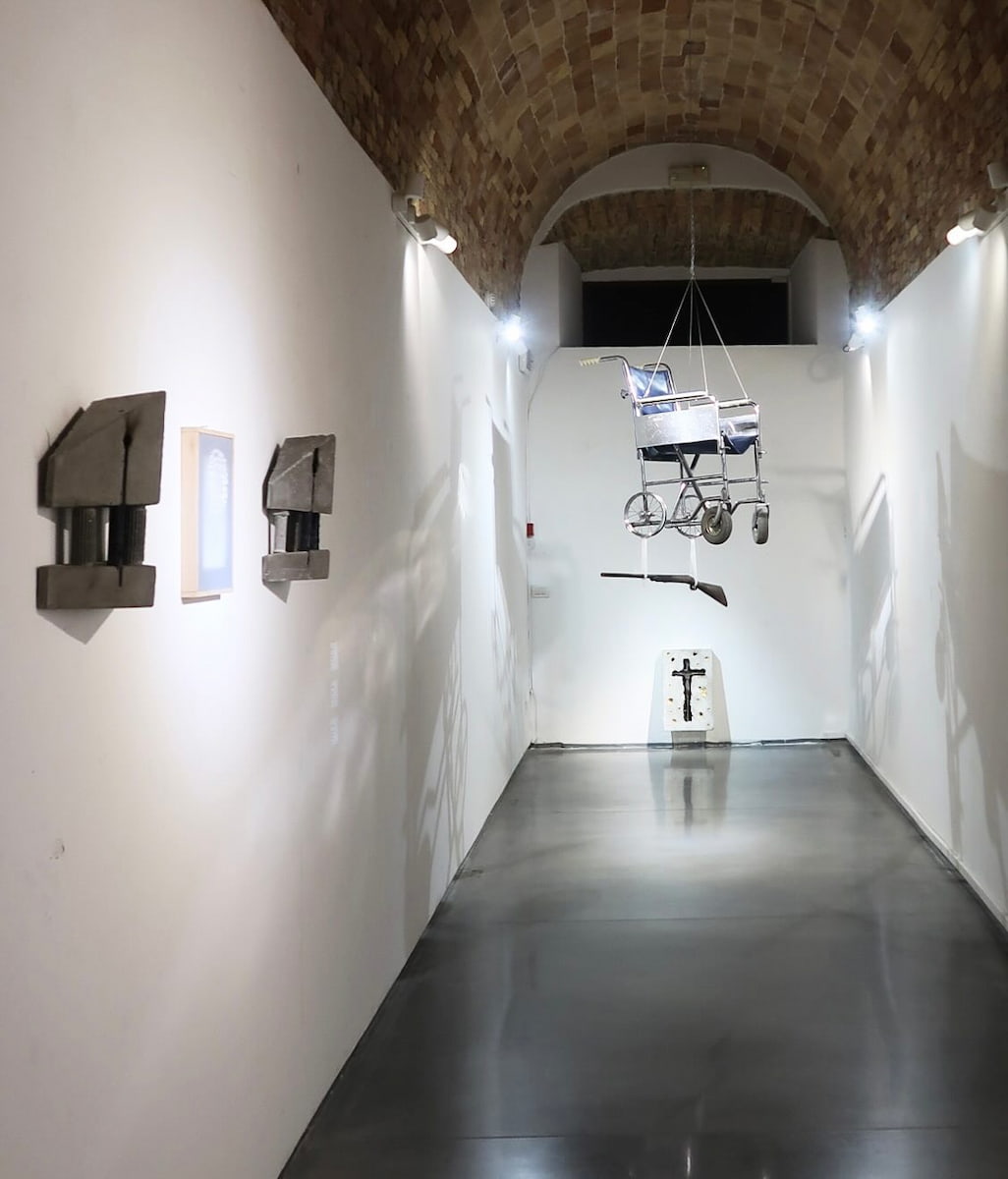

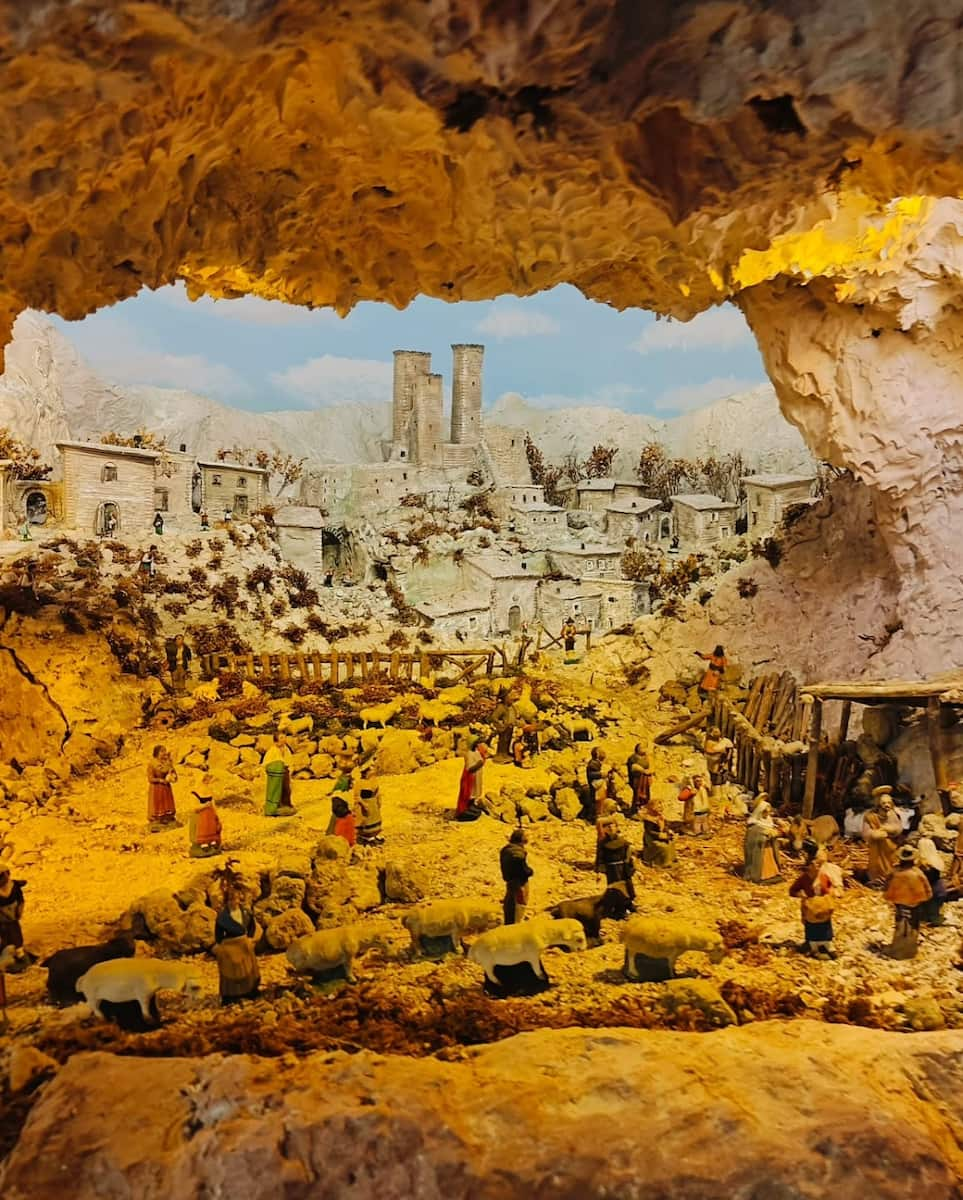
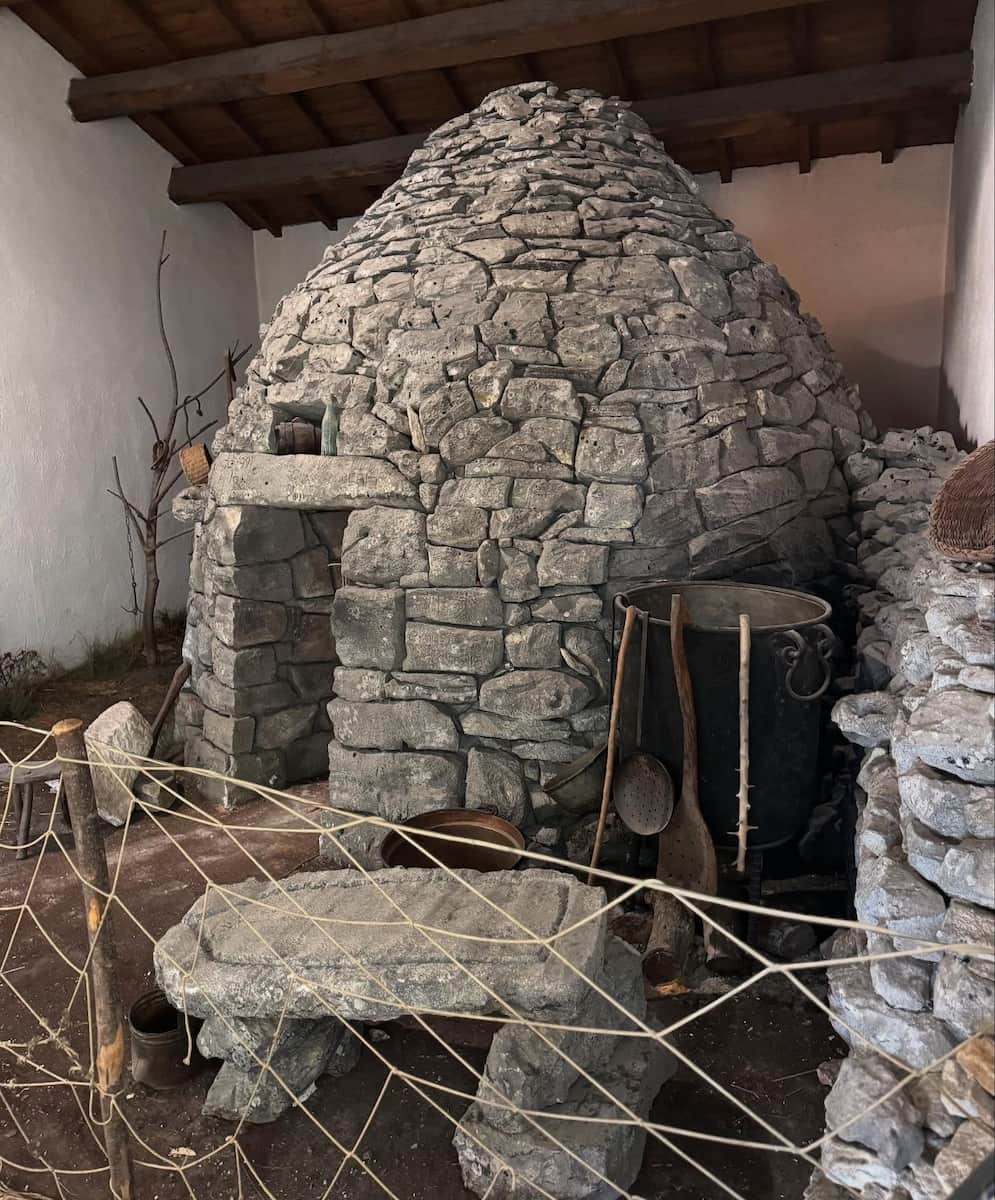
Visitor essentials. The entrance fee of €5 makes this one of Pescara’s best value attractions. I spent about two hours exploring all four floors, but history enthusiasts might want to allow more time.
| Ticket Type | Cost | Notes |
|---|---|---|
| Adult | €5 (€5 EUR) | Audio guide +€3 |
| Students/Seniors | €3 (€3 EUR) | With valid ID |
| Children under 6 | Free | Family activities available |
- Don’t miss:
- The prehistoric section on the ground floor
- Traditional Abruzzo farmhouse reconstruction
4. Pescara Cathedral (San Cetteo)
Spiritual sanctuary. Tucked away from the bustling streets, Pescara’s cathedral offered me a peaceful retreat. Dedicated to San Cetteo, the city’s patron saint, this relatively modern church (completed in 1938) features a surprisingly serene interior.
Artistic highlights. The cathedral’s simple exterior belies its beautiful interior. I was particularly moved by the stained glass windows that cast colorful patterns across the marble floors and the striking mosaic behind the altar depicting San Cetteo.
D’Annunzio connection. What makes this cathedral unique is its connection to Pescara’s famous poet. Gabriele D’Annunzio commissioned it to honor his mother, and a small chapel contains the tombs of his parents – an unexpected historical touch.
Visitor respect. As an active place of worship, I made sure to dress modestly (shoulders and knees covered). Photography is permitted without flash, and I observed a respectful silence during my visit.
Location advantage. The cathedral sits just steps away from the Corso Umberto I shopping district, making it an easy cultural stop between shopping and dining. I visited mid-morning to avoid the crowds.
| Opening Hours | Notes |
|---|---|
| 7:30-12:00 & 16:00-19:30 | Weekdays |
| 8:00-12:30 & 16:30-20:00 | Weekends |
| Closed during services | Check local schedule |
- Visitor tips:
- Free admission
- Modest dress required
⭐ Best Activities
- Pescara Walking Tour with Audio and Written Guide by a local – Discover Pescara with a flexible self-guided walking tour featuring audio and written guides created by locals, available from 12:00 AM to 11:30 PM daily with price variations based on group size.
5. Piazza Salotto (Piazza della Rinascita)
City heart. Officially named Piazza della Rinascita but affectionately called “Piazza Salotto” (Living Room Square) by locals, this vibrant square perfectly captures Pescara’s social spirit. I found it to be the ideal spot for people-watching and getting a feel for local life.

Café culture. I enjoyed a perfect espresso (€1.50) at Caffè Rapetto, one of several elegant cafés lining the square. The outdoor seating allows you to soak up the atmosphere while watching fashionable Pescaresi go about their day.
Shopping hub. The piazza serves as the gateway to Corso Umberto I shopping street. I browsed boutiques selling everything from Italian designer clothes to local handicrafts, with prices comparable to other medium-sized Italian cities.
Evening buzz. By night, the square transforms into the center of Pescara’s passeggiata (evening stroll). I joined locals for aperitivo at Bar Venezia, paying €8 for a spritz that came with generous complimentary snacks.

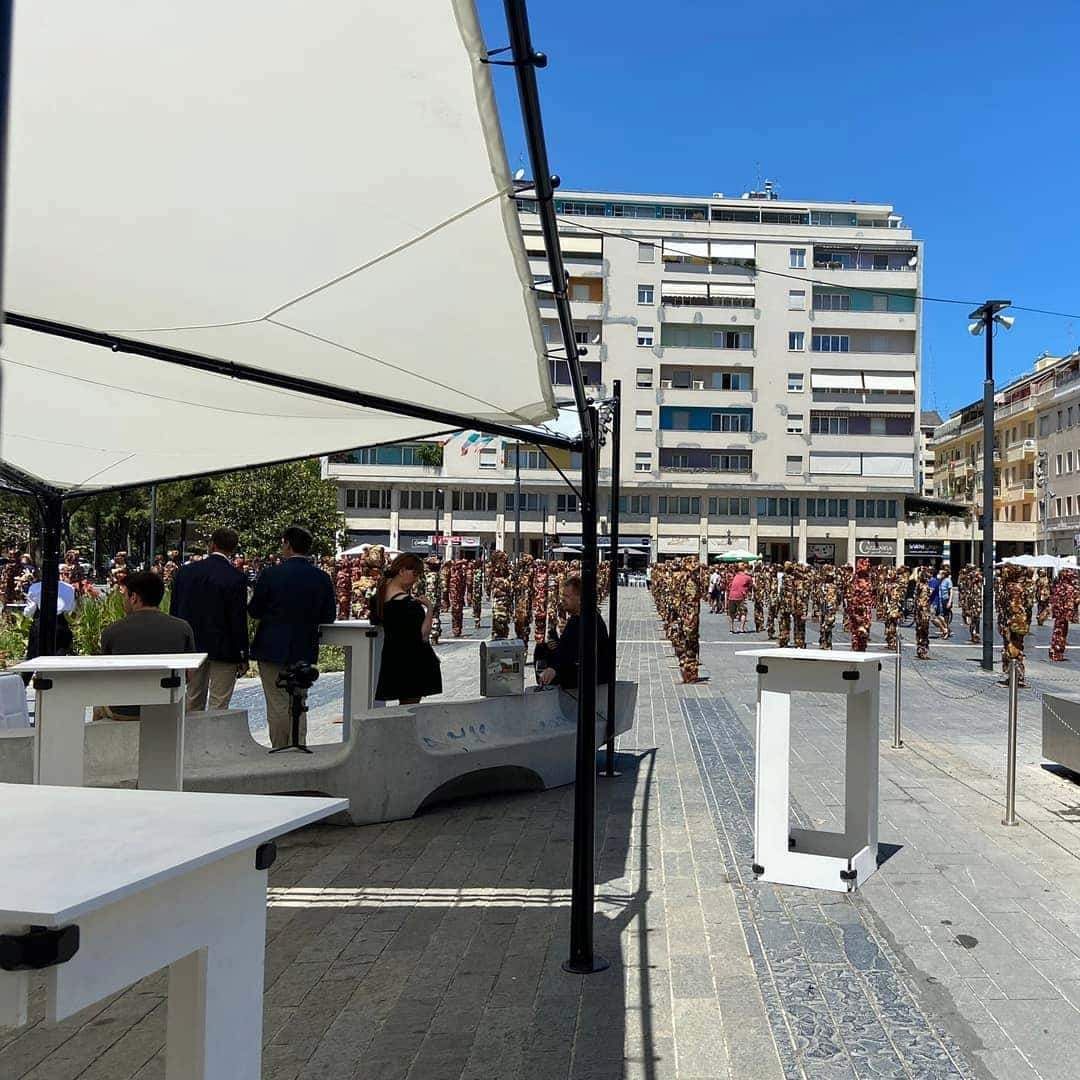
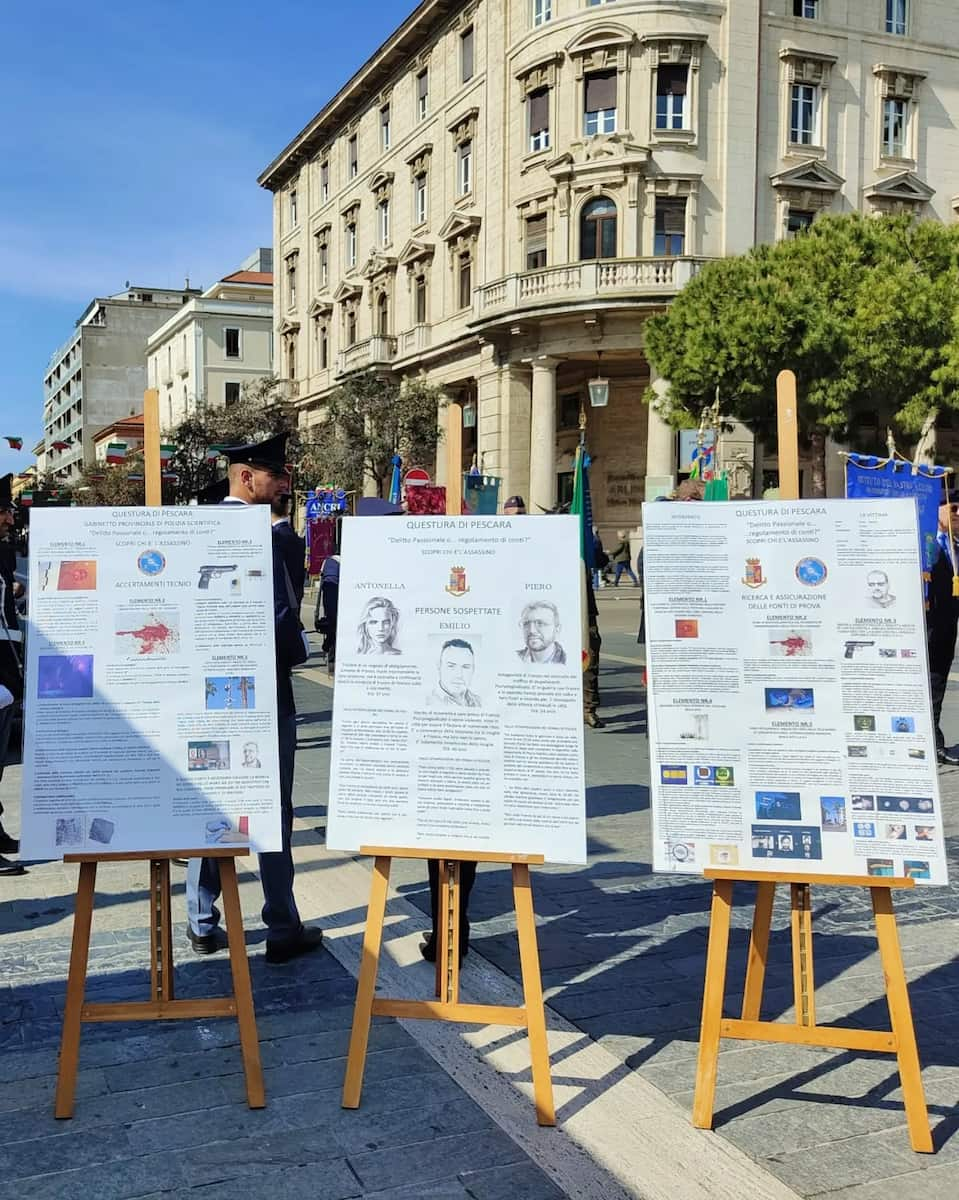
Seasonal events. During my visit, a small artisan market filled the square with local products. Throughout the year, Piazza Salotto hosts festivals, concerts, and cultural events – check with the tourist office for current happenings.
| Experience | Cost | Notes |
|---|---|---|
| Coffee | €1.50-3 (€1.50-3 EUR) | Sitting at table costs more |
| Aperitivo | €8-12 (€8-12 EUR) | Includes snacks |
| Shopping | Various | Local and international brands |
- Best times to visit:
- Morning for coffee culture
- 6-8pm for aperitivo and people-watching
6. Pineta Dannunziana (D’Annunzio Pine Forest)
Natural oasis. Just steps from the beach, I discovered this surprising urban forest spanning 53 hectares. Walking beneath towering umbrella pines provided welcome shade and a completely different ecosystem from Pescara’s coastal areas.
Recreational haven. The well-maintained paths make it perfect for walking or jogging. I saw many locals using the exercise equipment stationed throughout the park, while families enjoyed picnics in designated areas.
Ecological diversity. I was surprised to find small ponds with turtles and fish within the forest. Information boards (in Italian and English) explain the rare plant species and ecological importance of this protected natural reserve.
Literary connection. The forest takes its name from Gabriele D’Annunzio, who immortalized these pine trees in his writings. Reading excerpts from his poetry (available at the visitor center) while sitting among the very trees he described was a special experience.
| Activity | Cost | Notes |
|---|---|---|
| Entry | Free | Dawn to dusk access |
| Guided nature walk | €8 (€8 EUR) | Weekends only |
| Bike rental nearby | €10/day (€10 EUR) | At Lungomare entrance |
- Don’t miss:
- The ancient pine trees in the central section
- La Riserva natural area with small lakes
7. Aurum Art Center
Architectural gem. Hidden in a pine forest on the southern edge of Pescara, I discovered Aurum – a striking 1930s building that once housed a liqueur factory and now serves as a cultural center. Its rationalist architecture immediately caught my eye.
Cultural programming. During my visit, Aurum hosted a contemporary photography exhibition (entry €5). The center regularly features art shows, film screenings, and cultural events – I recommend checking their schedule upon arrival in Pescara.
Peaceful surroundings. The center sits within Pineta Dannunziana, Pescara’s urban pine forest. After exploring the exhibitions, I enjoyed a peaceful walk among the Mediterranean pines – a refreshing break from the bustling beach scene.
Local connection. Few tourists find their way here, making it feel like a genuine local discovery. I chatted with a staff member who shared fascinating stories about the building’s history and transformation.
| Activity | Cost | Notes |
|---|---|---|
| Exhibition entry | €0-8 (€0-8 EUR) | Varies by event |
| Guided tour | €5 (€5 EUR) | Weekends only |
| Forest park access | Free | Open daily |
8. Corso Umberto I (Shopping Street)
Retail therapy. Pescara’s main shopping artery stretches for nearly a kilometer, lined with everything from international chains to unique boutiques. I spent a delightful afternoon browsing without the crowds or prices of Rome or Milan.
Local specialties. My best purchase was a bottle of Centerbe (€22) – a traditional Abruzzo herbal liqueur – from an artisanal food shop called Abruzzo in Tavola. The shopkeeper offered samples and explained the century-old production methods.
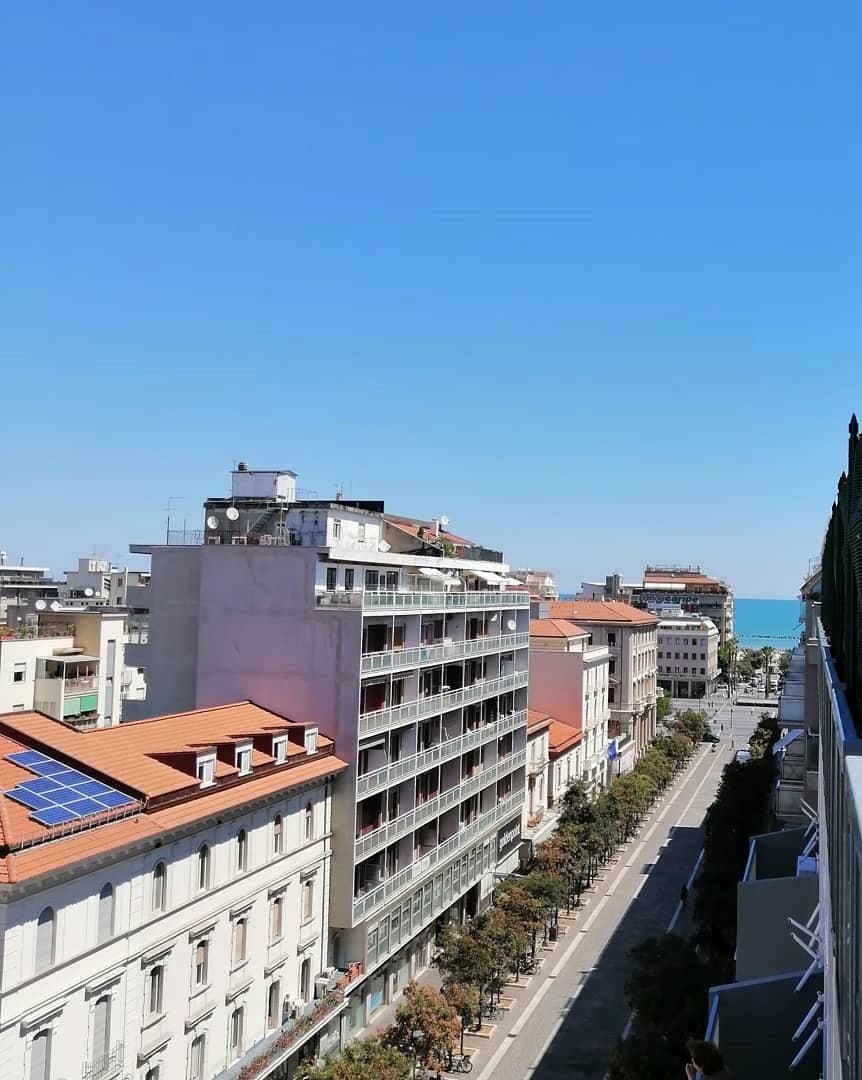

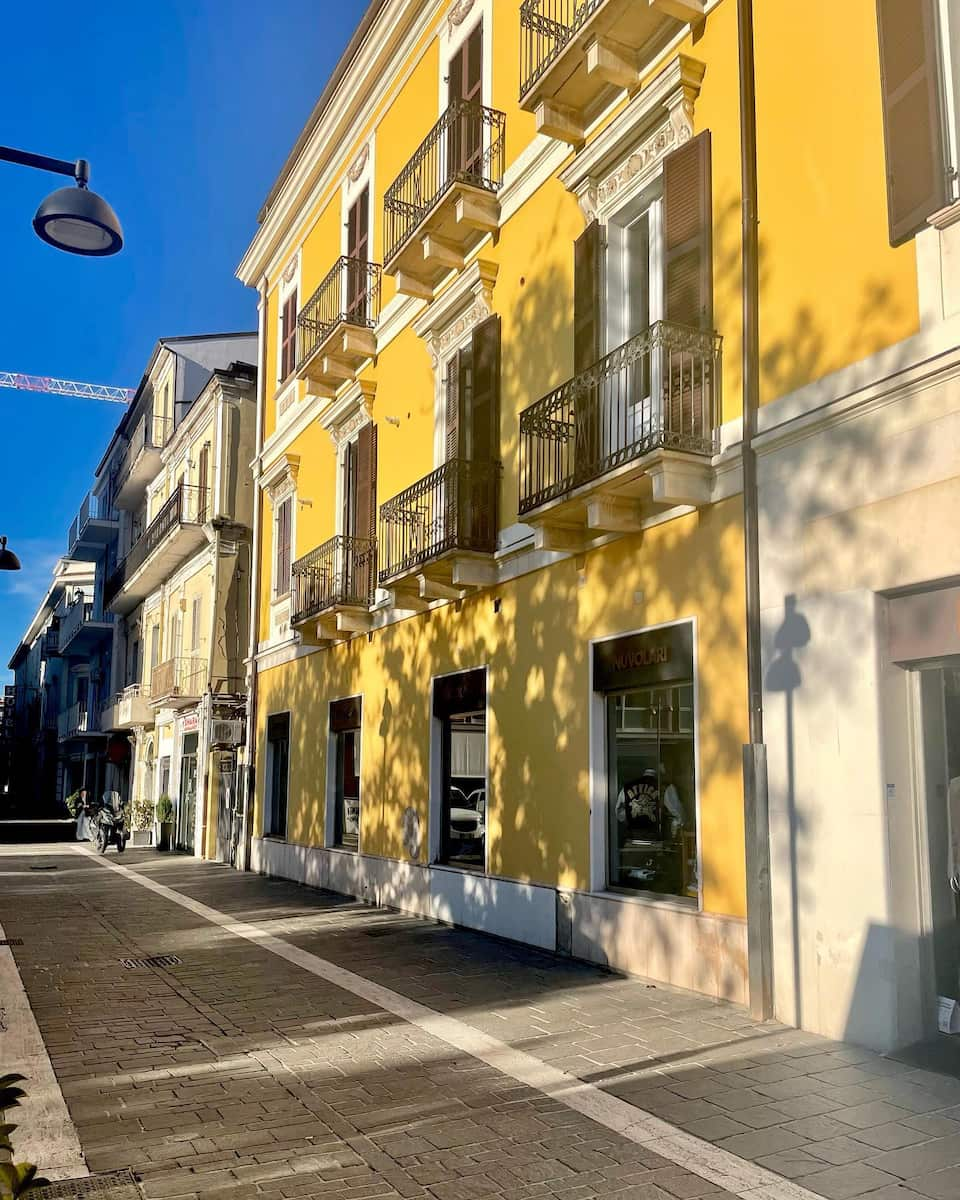
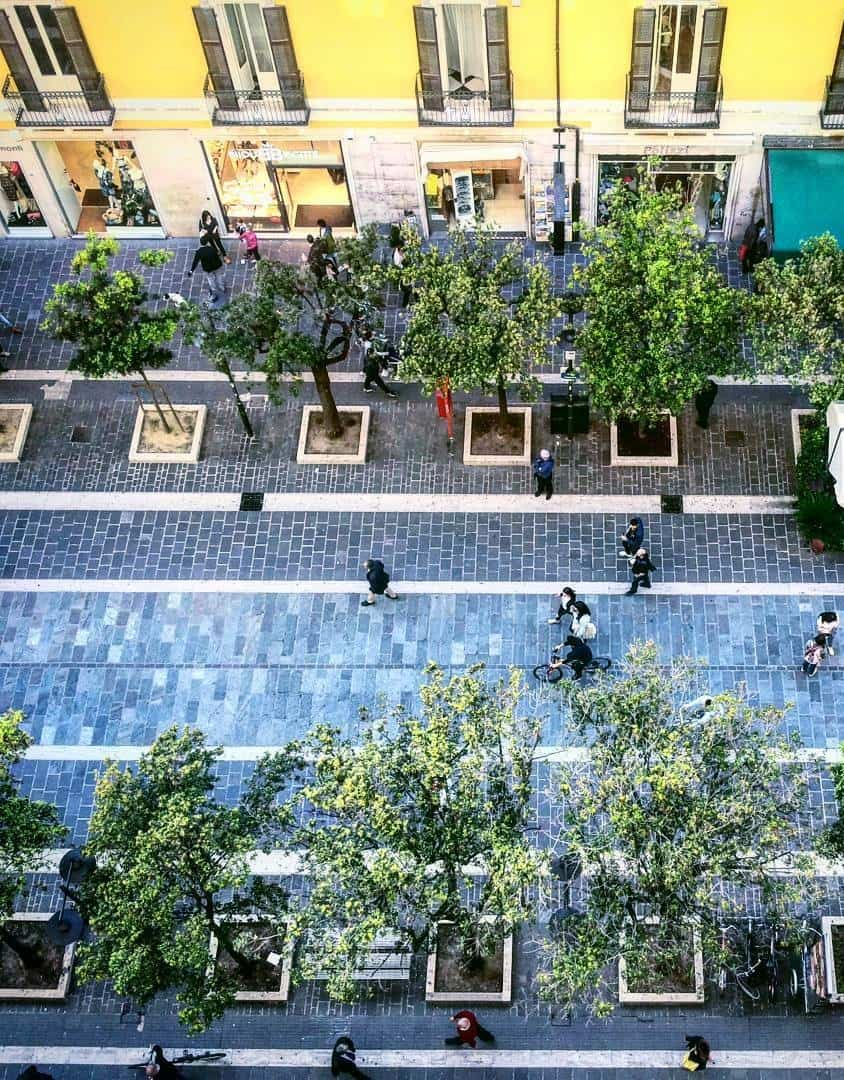
Stylish finds. Italian fashion at reasonable prices drew me into several boutiques. I found leather goods at Pelletteria Marrone offering excellent quality at about 30% less than in major tourist cities.
Café breaks. Shopping can be thirsty work! I stopped at historic Caffè Letterario, where €3.50 bought a perfect cappuccino and cornetto in elegant surroundings. Literary quotes on the walls nod to Pescara’s artistic heritage.
Pedestrian-friendly. The street becomes pedestrianized in late afternoons and evenings, creating a pleasant atmosphere for the traditional passeggiata. I joined locals in their evening stroll, window shopping and people-watching.
| Shopping | Price Range | Notes |
|---|---|---|
| Fashion | €20-200+ (€20-200+ EUR) | Local and international brands |
| Abruzzo specialties | €5-50 (€5-50 EUR) | Food, wine, crafts |
| Café break | €3-5 (€3-5 EUR) | Coffee and pastry |
- Shopping tips:
- Most shops close 1-4pm for riposo (afternoon break)
- Best shopping atmosphere on Friday and Saturday evenings
9. Marina di Pescara
Nautical paradise. With over 1,000 berths, Pescara’s marina is one of the largest on the Adriatic coast. I spent a fascinating morning wandering the docks, admiring everything from local boats to luxury yachts against the backdrop of distant mountains.
Maritime activities. I booked a two-hour sailing experience (€45) with Pescara Sailing Club that provided spectacular views of the coastline. For those with deeper pockets, charter companies offer full-day excursions with swimming stops and lunch.
Seafood indulgence. The marina houses several excellent restaurants. At Ristorante La Barcaccia, I enjoyed the freshest seafood risotto (€18) while watching boats return with the day’s catch – truly sea-to-table dining!
Leisure facilities. Beyond boats, the marina complex includes tennis courts, swimming pools, and a shopping area. I browsed nautical shops selling everything from technical gear to stylish maritime-inspired clothing.
| Activity | Cost | Notes |
|---|---|---|
| Sailing experience | €45-100 (€45-100 EUR) | Book 1-2 days ahead |
| Boat charter | €180-500/day (€180-500 EUR) | Prices vary by boat size |
| Marina tour | Free | Self-guided |
10. Museo Casa Natale di Gabriele D’Annunzio
Literary pilgrimage. Stepping into the birthplace of Gabriele D’Annunzio – Italy’s controversial poet, writer and war hero – offered fascinating insight into Pescara’s most famous son. The modest house has been preserved as it was during his childhood.
Personal artifacts. I was moved by the collection of personal items, including original manuscripts, photographs, and D’Annunzio’s military medals. The poet’s flamboyant personality comes through even in this humble beginning.
Intimate experience. Unlike crowded museums in major cities, I had rooms to myself to absorb the atmosphere. The knowledgeable attendant shared fascinating anecdotes about D’Annunzio’s colorful life when he noticed my interest.
Cultural immersion. For €4 entry fee, this museum offers authentic cultural insight that enriched my understanding of both Pescara and Italian literature. Even with limited knowledge of D’Annunzio, I found it a worthwhile visit.
| Ticket Type | Cost | Notes |
|---|---|---|
| Adult | €4 (€4 EUR) | Includes all rooms |
| Reduced | €2 (€2 EUR) | Students, seniors |
| Combined ticket | €6 (€6 EUR) | Includes Museo delle Genti |
- Visitor information:
- Open Tuesday-Sunday, 9:00-13:00
- Closed Mondays
⭐ Best Activities
- Food and wine tour of Pescara Vecchia on foot – Immerse yourself in the traditions of Pescara Vecchia with this walking food and wine tour that showcases local specialties and historic neighborhoods.
Things to Do in Pescara with Kids
1. Parco Sabucchi Playground
Urban oasis. Parco Villa Sabucchi became our family’s favorite retreat from the summer heat. This charming green space in central Pescara offers abundant shade from mature trees and a fantastic playground that kept my children entertained for hours.
Play facilities. The playground features modern equipment suitable for various ages – my 5-year-old loved the climbing structures while my toddler enjoyed the smaller slides and swings. The ground is covered with safety surfacing, giving me peace of mind as they played.
Wildlife encounters. We were delighted by the small pond where turtles sun themselves on rocks. My kids spent ages counting them and watching their slow movements – a simple pleasure that became a daily ritual during our stay.
Picnic perfect. We saved money by bringing our own lunch to enjoy at the shaded picnic tables. The park has clean public toilets and drinking fountains – practical amenities that make family outings much easier.
Local atmosphere. Unlike tourist attractions, Parco Sabucchi is where Pescara families gather. My children quickly made temporary playmates despite language differences – proof that playground fun is universal!
| Facilities | Details | Notes |
|---|---|---|
| Opening hours | 7:00-20:00 (summer) | Shorter hours in winter |
| Playground | Free | Multiple age-appropriate areas |
| Refreshments | Small kiosk (€1-3) | Limited opening hours |
- Parent tips:
- Visit early morning or late afternoon to avoid heat
- Bring bird feed for the ducks and pigeons
2. Acquapark Pescara
Splash paradise. When temperatures soared, Acquapark Pescara provided the perfect cooling adventure for my family. Located just 15 minutes from the city center, this water park offers enough slides and pools to keep children entertained all day.
Varied attractions. My older children couldn’t get enough of the larger slides, while my youngest enjoyed the shallow children’s area with mini-slides and spray features. The wave pool was a hit with everyone in our family.
Comfort considerations. Rental sunbeds (€5) around the pools gave us a home base for the day. I recommend bringing a sun umbrella as shaded spots fill quickly. The park allows you to bring your own food, which saved us considerable money.
Safety standards. I was impressed by the attentive lifeguards stationed at every attraction. The park maintains strict safety protocols, with height restrictions clearly marked and floatation devices available for less confident swimmers.
Value assessment. At €20 for adults and €15 for children, it’s not cheap but comparable to other European water parks. We spent 6+ hours there, making it good value compared to other activities. Going after 2pm gets you reduced afternoon rates.
| Ticket Type | Cost | Notes |
|---|---|---|
| Adult (12+) | €20 (€20 EUR) | €15 after 2pm |
| Child (3-11) | €15 (€15 EUR) | €10 after 2pm |
| Family (2+2) | €60 (€60 EUR) | Best value for families |
- Visitor essentials:
- Waterproof sunscreen
- Water shoes (recommended for hot surfaces)
3. Museo del Mare
Maritime discovery. This small but engaging maritime museum captivated my children’s imagination with its collection of ship models, fishing equipment, and nautical artifacts. Located near the port, it offers an educational break from beach activities.
Interactive learning. What makes this museum kid-friendly are the hands-on displays. My children were fascinated by the knot-tying station and the small touch pool featuring harmless marine creatures from the Adriatic Sea.
Budget-friendly. At just €3 for adults and free for children under 10, the Museo del Mare offers excellent value. We spent about an hour here – the perfect duration for maintaining younger children’s interest in cultural activities.
| Admission | Cost | Opening Hours |
|---|---|---|
| Adults | €3 (€3 EUR) | Tue-Sun: 9:30-13:00, 16:00-19:00 |
| Children under 10 | Free | Closed Mondays |
| Family ticket | €5 (€5 EUR) | 2 adults + children |
- Kid-friendly features:
- Treasure hunt worksheet available at entrance
- Small gift shop with affordable maritime souvenirs
4. Family Beach Activities
Beach games. Pescara’s wide, sandy beaches provided the perfect playground for my family. We rented beach equipment from stabilimenti (beach clubs) rather than lugging our own, which simplified our beach days considerably.
Water fun. The gentle slope into the Adriatic made it ideal for children – my youngest could splash safely in the shallows while older ones ventured further under supervision. Inflatable water toys are available from beachfront vendors (€5-15) and provided hours of entertainment.
Kid-friendly facilities. We found Lido Oriente particularly accommodating for families, offering clean changing facilities, a small playground, and reasonably priced kids’ meals (€6-8) at their restaurant. The €20 daily fee for umbrellas and loungers was worth it for the convenience.
Evening entertainment. Many beach establishments offer early evening entertainment for children in summer. My kids enjoyed the puppet show at Lido Mediterraneo, which was free for beach club customers and presented in a visual style that transcended language barriers.
| Beach Service | Cost | Notes |
|---|---|---|
| Family beach setup | €20-30/day (€20-30 EUR) | Umbrella, loungers, chairs |
| Pedalo rental | €10/hour (€10 EUR) | Fun for older children |
| Beach toys | €5-15 (€5-15 EUR) | Available from beach vendors |
- Family beach tips:
- Go early (before 9am) for calmer water and quieter beaches
- Free public beaches near Piazza Le Laudi are good for families on a budget
Free Attractions in Pescara
1. Walk Lungomare
Seaside strolling. The best free activity in Pescara is undoubtedly walking the Lungomare (seafront promenade). I covered the entire 3km stretch from north to south, enjoying constantly changing views of the Adriatic Sea without spending a cent.
People watching. The promenade comes alive with locals during the evening passeggiata (traditional Italian stroll). I joined families, couples, and friends walking, chatting, and enjoying the sea breeze – a perfect way to experience authentic Italian culture.
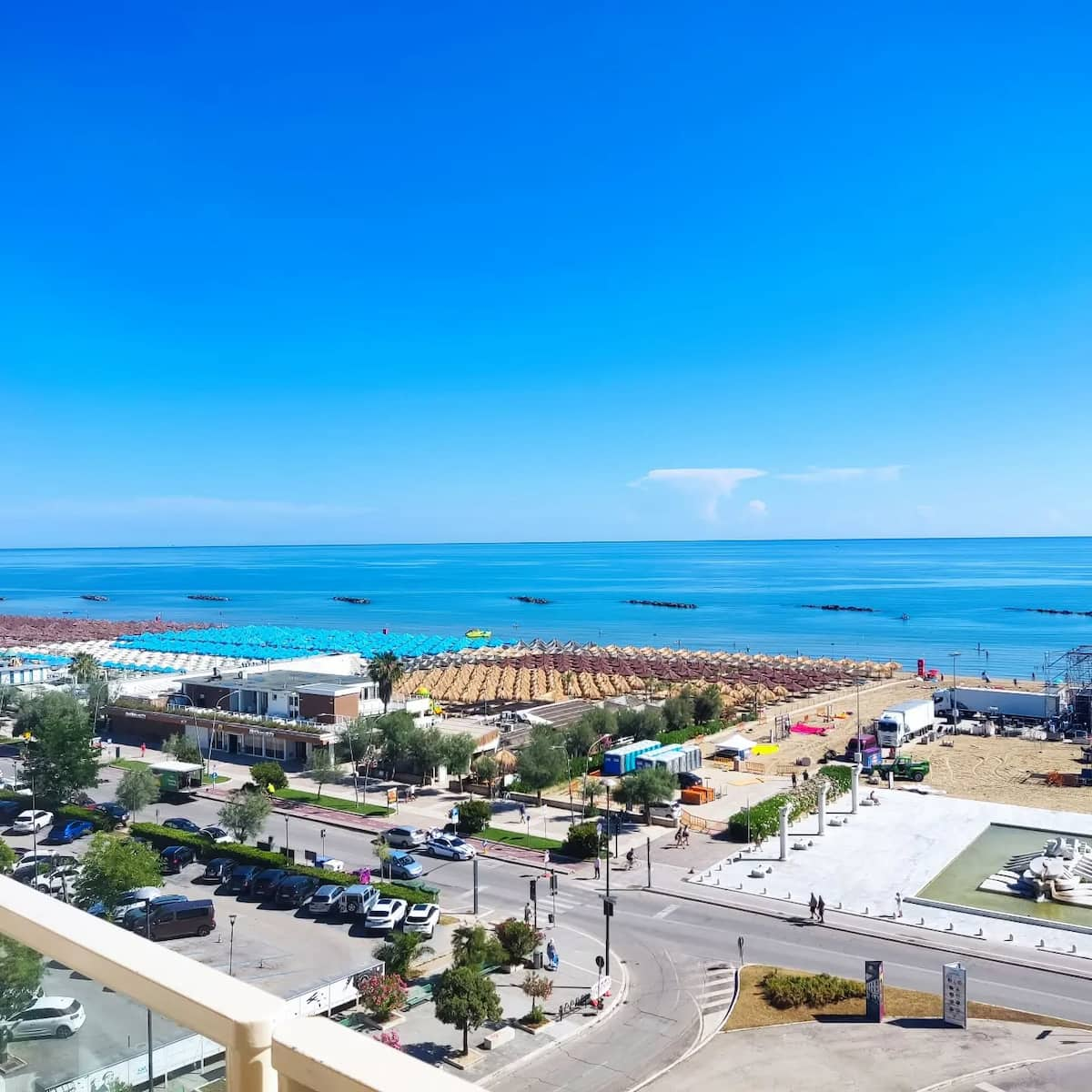
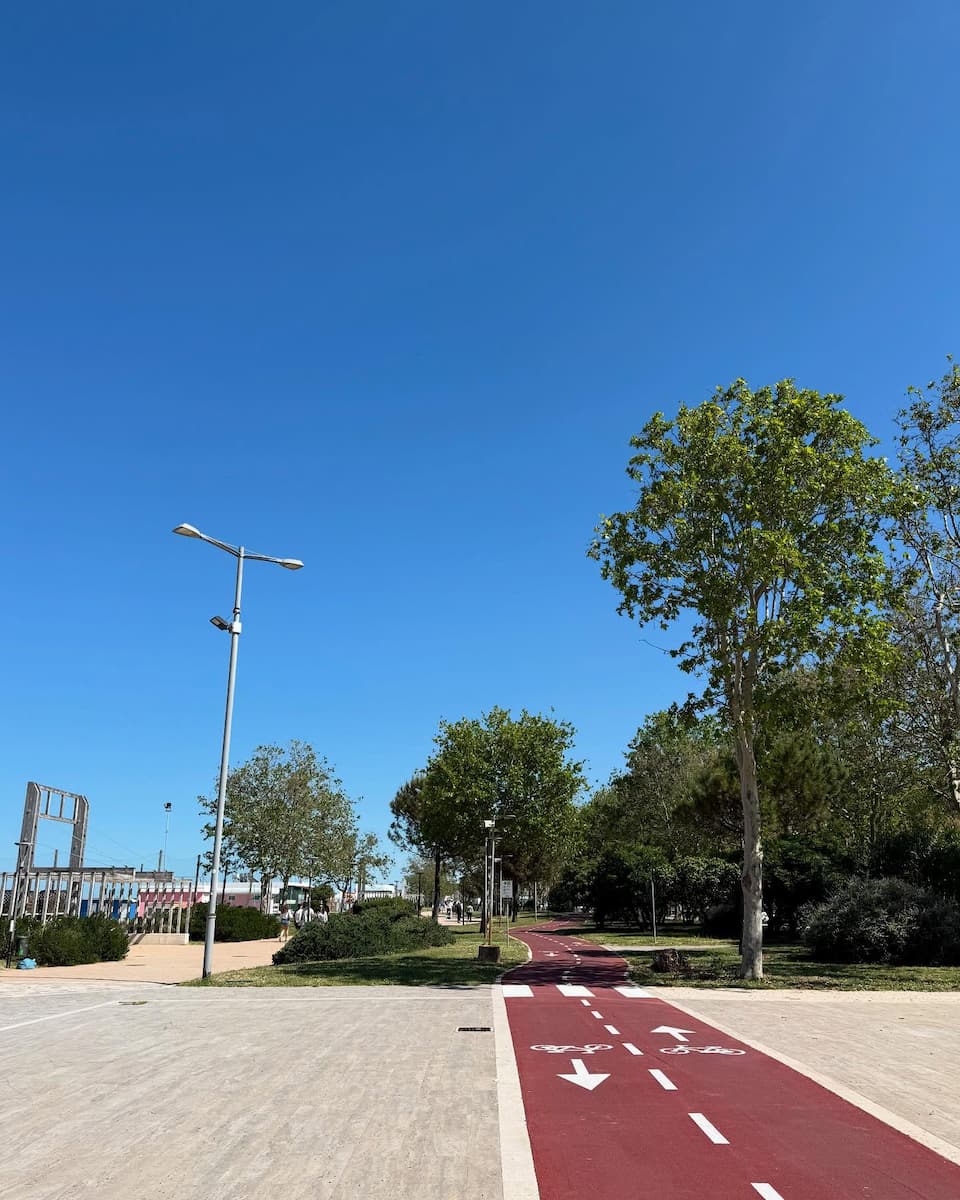
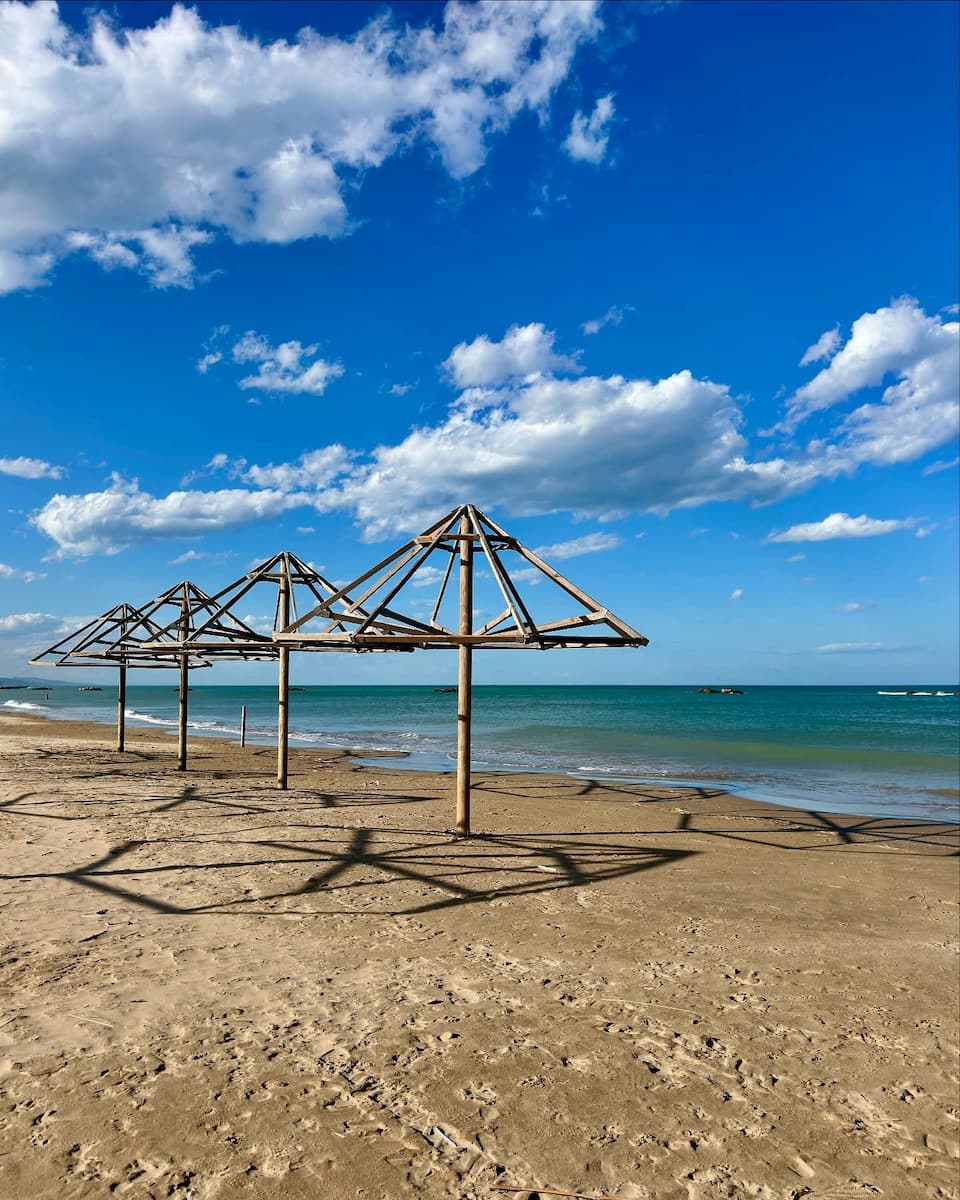
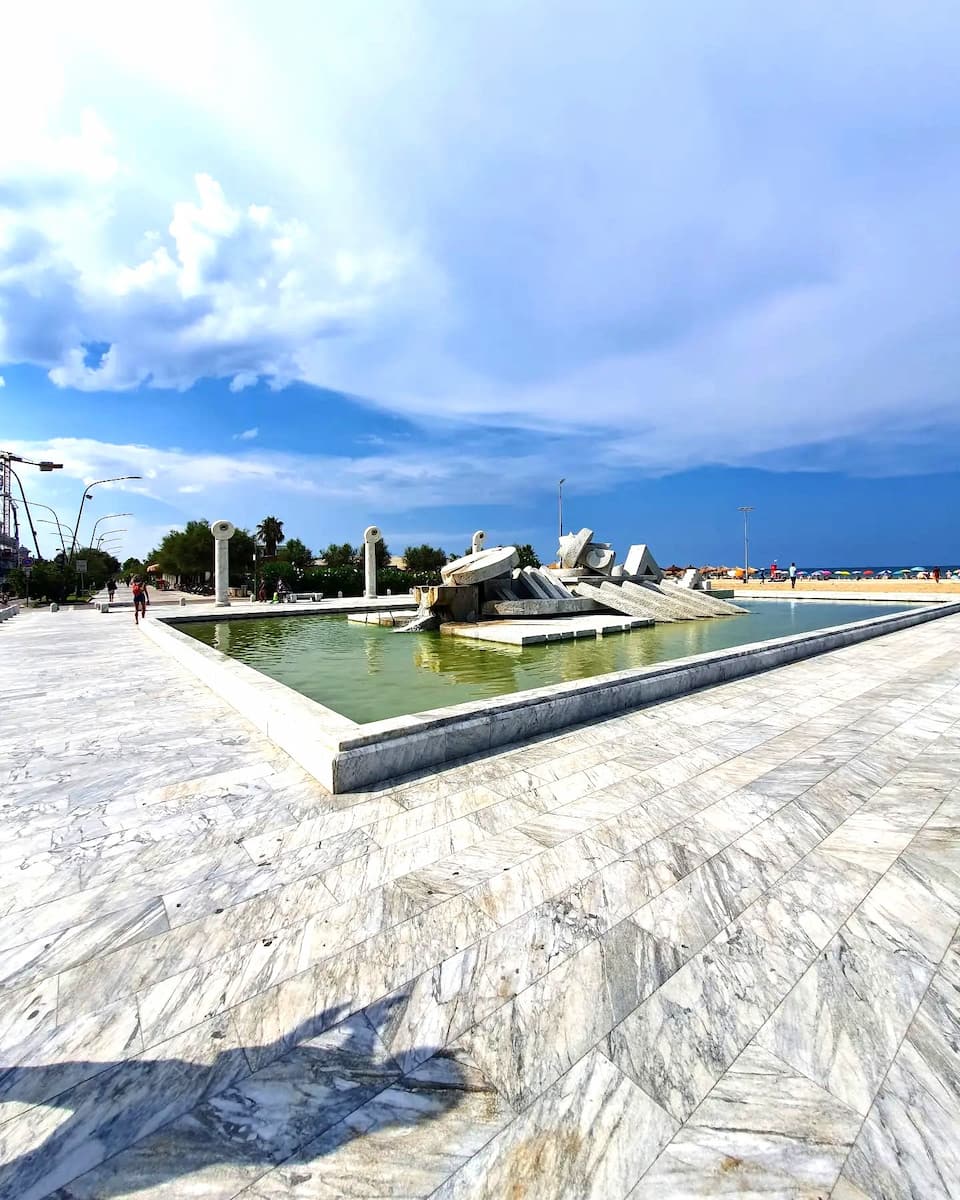
Artistic touches. Along the walkway, I discovered several sculptures and art installations that add cultural interest to the scenic walk. My favorite was the Fountain of the Boat near Piazza Primo Maggio, particularly beautiful when illuminated at night.
Health benefits. Walking the full length and back gave me a pleasant 6km exercise session with sea air and vitamin D – much more enjoyable than any gym! Many locals use the promenade for jogging and cycling, proving its popularity with fitness enthusiasts.
| Walking Route | Distance | Highlights |
|---|---|---|
| Full promenade | 3km one-way | Sea views, public art |
| North section | 1.5km | Modern architecture, main beaches |
| South section | 1.5km | Quieter beaches |
- Best walking times:
- Early morning for peace and beautiful light
- 6-8pm for authentic Italian passeggiata atmosphere
2. Visit Piazza Salotto
Urban heart. I discovered that Piazza Salotto (officially Piazza della Rinascita) offers premium people-watching without requiring purchases. The square’s benches provided perfect perches to observe local life while resting tired feet after sightseeing.

Free performances. During my visit, I enjoyed an impromptu acoustic guitar performance by local musicians. The square regularly hosts free cultural events, especially summer evenings when performances range from classical music to dance shows.
Photography subject. The piazza becomes especially photogenic at night when illuminated. I captured some of my best Pescara photos here, with the lit fountain and café lights creating a festive atmosphere that perfectly conveyed the city’s vibrant spirit.
Meeting point. This central square serves as an ideal rendezvous location. I arranged to meet local friends here – it’s impossible to miss and gives you something interesting to observe if someone runs late!
| Free Activities | Best Time | Notes |
|---|---|---|
| People watching | All day | Busiest 6-8pm |
| Cultural events | Evenings/weekends | Check municipal posters |
| Photography | Golden hour/night | Beautiful lighting |
- Visitor tips:
- Public fountains for refilling water bottles
- Free WiFi available throughout the square
3. Wander Corso Umberto I
Window shopping. Corso Umberto I offered me hours of entertainment without spending anything. This elegant shopping street showcases Italian fashion and design, and I enjoyed admiring window displays of local and international brands alike.
Street performers. My weekend visit coincided with street musicians and performers who add vibrant atmosphere to the pedestrianized sections. Their performances are technically free, though I happily dropped a few coins in appreciation.
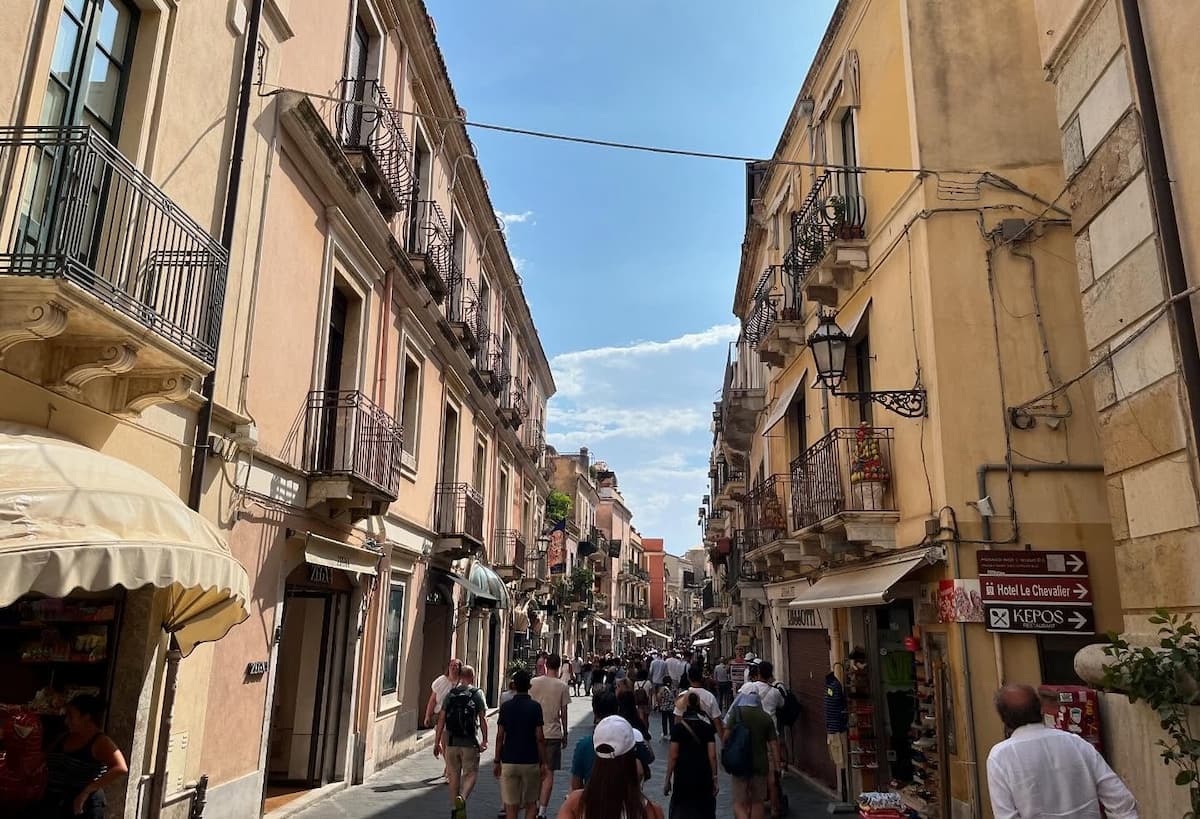
Historical markers. Along the street, I discovered several plaques and historical markers that offered insights into Pescara’s past. These mini-history lessons enhanced my understanding of the city beyond typical guidebook information.
Local interaction. The corso provided natural opportunities for cultural immersion. When I stopped to photograph an interesting doorway, a local resident shared stories about the building’s history – the kind of authentic encounter that makes travel memorable.
| Activity | Cost | Notes |
|---|---|---|
| Window shopping | Free | Best selection of shops midway along corso |
| Street performances | Free (tips appreciated) | Mainly weekends |
| Historical exploration | Free | Look for commemorative plaques |
4. Pescara Street Art Walking Tour
Urban canvas. I created my own free walking tour of Pescara’s impressive street art scene. The area around the central train station surprised me with large-scale murals transforming ordinary buildings into extraordinary artistic statements.
Self-guided exploration. Using a free map from the tourist office, I identified key works in the Portanuova district. The contrast between colorful contemporary art and the city’s otherwise conventional architecture made for fascinating photography.
Artistic diversity. What impressed me most was the variety – from politically charged pieces to whimsical characters and abstract designs. Each mural tells a different story about Pescara and the artists’ vision for urban spaces.
Regeneration story. I learned that many murals came from the “PescaraUrbanArt” project, aimed at revitalizing less touristic neighborhoods. This context added depth to my appreciation, seeing how art contributes to community transformation.
Constant evolution. Unlike museum collections, this open-air gallery changes regularly. A local artist I met explained that new works appear throughout the year, meaning return visitors can always discover fresh artistic expressions.
| Street Art Areas | Density | Highlights |
|---|---|---|
| Near Central Station | High | Large-scale murals |
| Portanuova District | Medium | Political themes |
| Port Area | Emerging | Maritime-inspired works |
- Urban art tips:
- Download “Pescara Street Art” map on your phone before exploring
- Visit during daylight hours for best photography conditions
Seasonal Activities in Pescara
Christmas in Pescara
Festive transformation. Pescara transforms into a winter wonderland from late November through early January. The city’s Mediterranean climate means Christmas here is milder than northern Europe, perfect for enjoying the seasonal atmosphere without freezing.
Piazza Salotto magic. The heart of festivities is Piazza Salotto, where I wandered through wooden chalets selling artisanal gifts, regional foods, and mulled wine. The giant Christmas tree dominates the square, spectacularly lit each evening at 5:30 PM.
Local traditions. I was fascinated by Pescara’s unique Christmas traditions, particularly the live Nativity scenes (presepi viventi) where locals reenact the nativity story. The most elaborate one takes place near San Cetteo Cathedral from December 16-24.
Seasonal treats. Christmas markets introduced me to Abruzzo’s festive specialties like parrozzo (chocolate-covered almond cake), which I purchased for €10 from a family bakery. D’Annunzio himself called this dessert “the sin of Pescara”!
| Christmas Activity | Dates | Cost |
|---|---|---|
| Christmas Market | Nov 28 – Jan 6 | Free entry |
| Ice Skating Rink | Dec 1 – Jan 15 | €8 (€8 EUR) per session |
| New Year’s Concert | Dec 31 | Free |
- Christmas season highlights:
- Christmas light ceremony (December 8)
- Children’s Santa Grotto at Piazza Salotto (weekends in December)
- Epiphany celebrations with “La Befana” (January 6)
- Christmas Eve midnight mass at San Cetteo Cathedral
Summer Festivals and Events
Festival season. Summer transforms Pescara into a cultural hotspot with festivals almost every weekend. I planned my visit around these events to experience the city at its most vibrant and celebratory.
Jazz masterclass. Pescara Jazz Festival (mid-July) turned the city into an international music destination. I attended free afternoon sessions at the Lungomare stage before splurging on evening concerts (€20-40) at Teatro D’Annunzio featuring world-class performers.
Beach competitions. The Pescara Beach Games in late June filled the shoreline with volleyball, football, and handball tournaments. As a spectator, I enjoyed these high-energy competitions completely free while soaking up the sun.
Food celebrations. Pescara’s Mediterranea Food Festival (early August) became my culinary highlight. Local restaurants set up stalls along the port, offering small plates (€3-5) of regional specialties. The seafood arrosticini skewers were unforgettable!

Evening entertainment. The “Estatica” program (throughout July-August) provides free nightly entertainment at the port area. I caught everything from classical music to comedy shows, all under the stars with the marina as a glamorous backdrop.
| Summer Event | Dates | Cost |
|---|---|---|
| Pescara Jazz Festival | July 8-17 | €0-40 (€0-40 EUR) |
| Mediterranea Food Festival | Aug 5-9 | Free entry, food €3-5 per plate |
| Beach Games | June 25-30 | Free for spectators |
- Summer festival tips:
- Book accommodations well in advance for jazz festival dates
- Bring a light jacket for evening concerts by the sea
- Check the city’s tourism website for updated event calendars
- Reserve seats for popular concerts at Teatro D’Annunzio early
Spring Blooms in Parks
Natural awakening. Spring (March-May) brings Pescara’s parks to life with blooming flowers and fresh greenery. I discovered the city has a surprisingly rich collection of green spaces, each with unique botanical features.

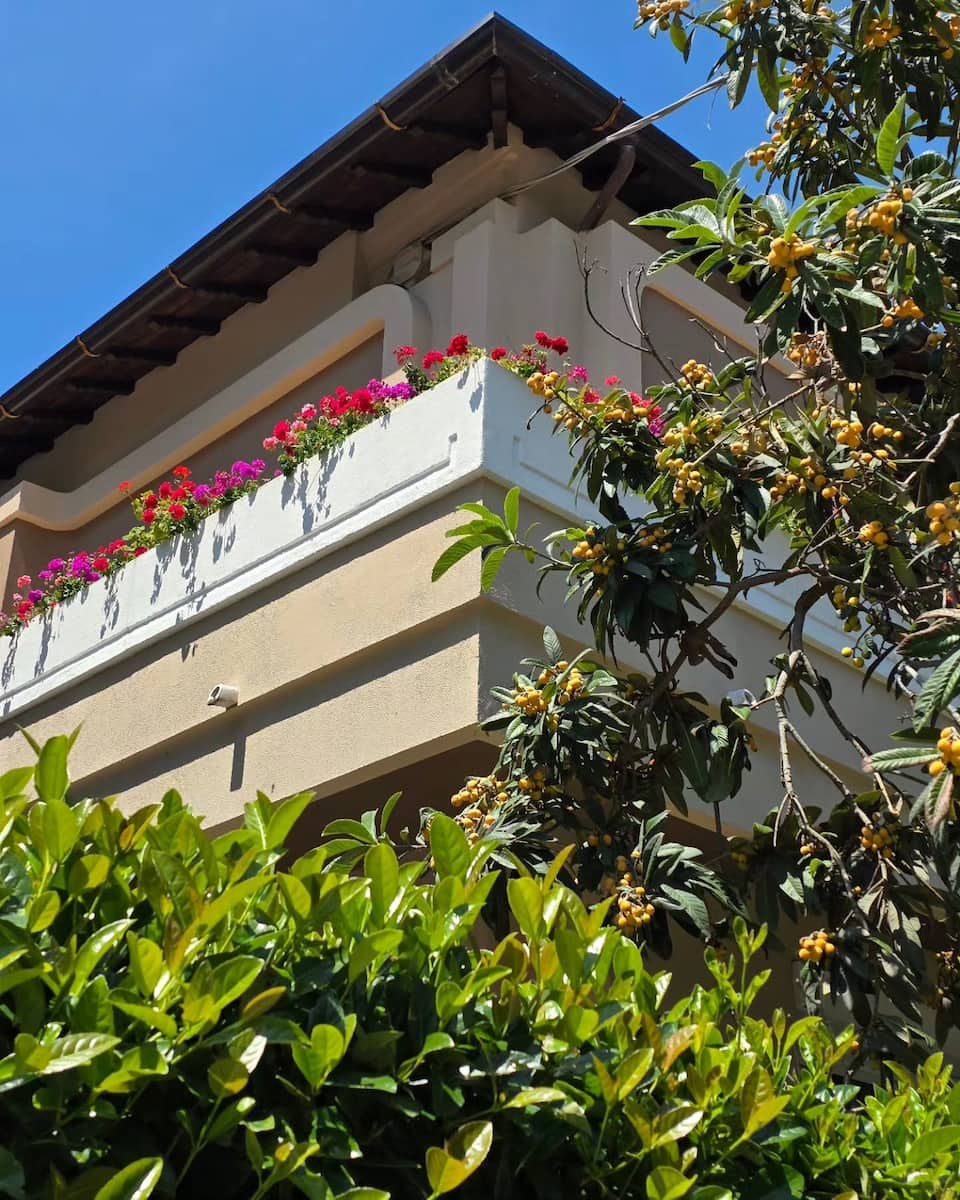
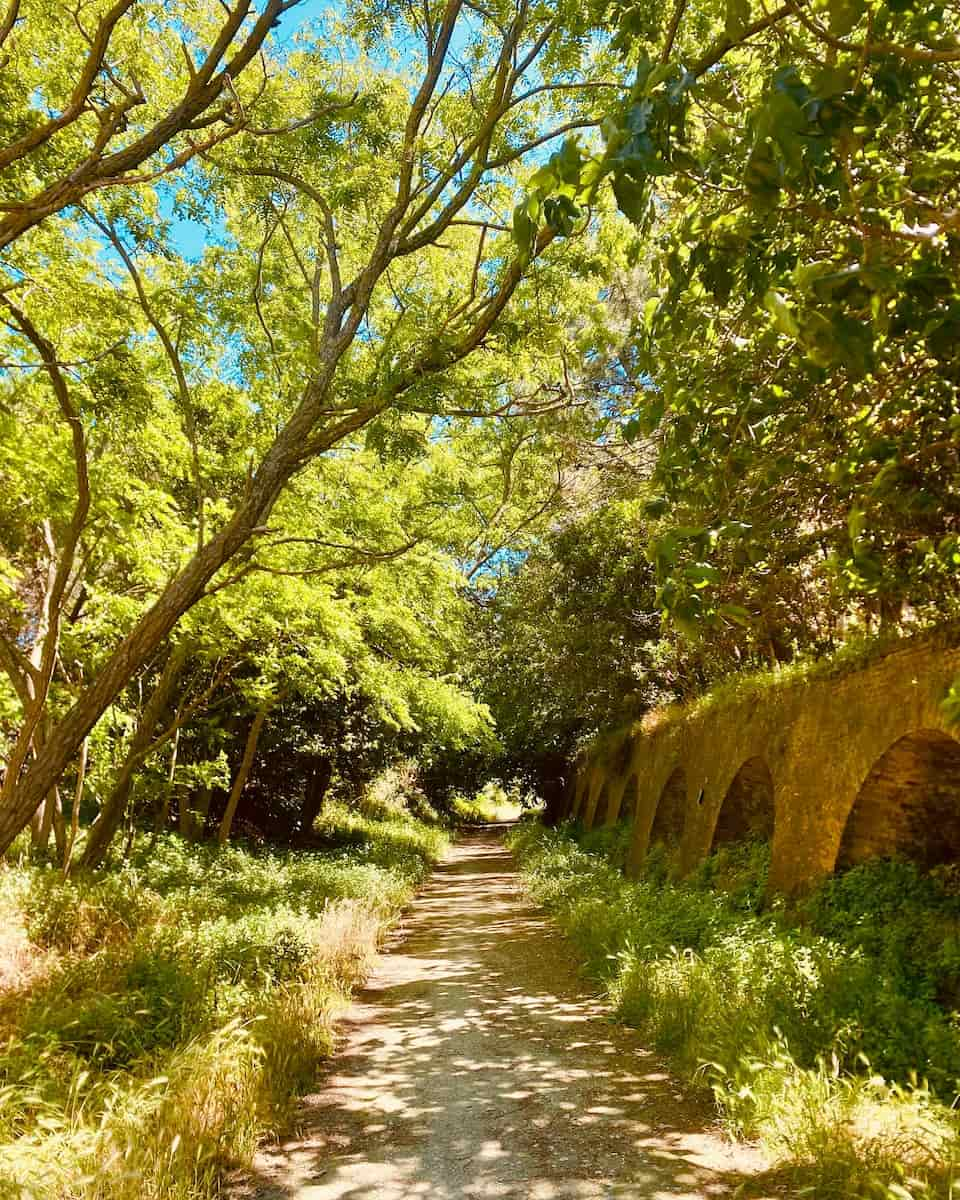
Pineta d’Avalos. This urban forest captivated me with its maritime pines and spring wildflowers. The walking paths through this natural area became my favorite morning routine, with new blooms appearing almost daily during my April visit.
Riverside renewal. The paths along the Pescara River burst with spring vegetation and became my favorite spot for bird watching. I spotted several migratory species making their seasonal appearance – bring binoculars if you’re interested in ornithology!
| Spring Destination | Best Viewing | Features |
|---|---|---|
| Villa Sabucchi | Mid-April to May | Rose garden, ornamental trees |
| Pineta d’Avalos | March-May | Pine forest, wildflowers |
| Riverside Park | April-May | Riverbank flowers, birdlife |
- Spring visitor tips:
- Visit parks in early morning for best light and fewer people
- Pack a picnic lunch to enjoy among the blooms
- Bring antihistamines if you suffer from pollen allergies
Autumn Foliage Walks
Golden season. Autumn (September-November) transformed Pescara with rich colors and comfortable temperatures. This shoulder season became my favorite time to explore the city’s natural areas without summer crowds or winter chill.
Pineta Dannunziana. This urban pine forest takes on special beauty in autumn when the undergrowth turns golden and russet. I followed the marked 3km trail through diverse habitats, each offering different fall color palettes and textures.
Riverside pathways. Walking along the Pescara River in autumn, I enjoyed the reflection of colorful trees in the calm water. The riverside path from Ponte del Mare inland provides a peaceful 5km route with beautiful fall scenery.
Harvest traditions. Autumn brings various harvest festivals in surrounding villages. I visited the chestnut festival in nearby Farindola (late October), sampling roasted chestnuts and local wines while enjoying traditional folk music performances.
Mountain views. Clear autumn air provided spectacular views of the snow-dusted Majella and Gran Sasso mountains from Pescara’s beaches and elevated viewpoints. The contrast between azure sea, autumn colors, and distant snow created unforgettable panoramas.
| Autumn Walk | Length | Highlights |
|---|---|---|
| Pineta Dannunziana | 3km | Mediterranean forest, lake views |
| Pescara River Trail | 5km one-way | Riverside foliage, birdlife |
| Colle Orlando | 2km | Panoramic views of mountains and sea |
- Autumn experience tips:
- Mid-October to early November offers peak foliage
- Pack layers as temperatures can vary significantly
- Bring a thermos of hot chocolate for bench stops
- Look for seasonal fungi growing in the pine forests
- Visit local restaurants for special autumn truffle menus
Day Trip from Pescara
1. Atri
Hilltop gem. Just 30 minutes from Pescara, I discovered Atri – a perfectly preserved medieval town perched dramatically on a hilltop. The drive itself was spectacular, winding through undulating countryside with views stretching to the Adriatic.
Cathedral masterpiece. Atri’s 13th-century cathedral took my breath away with its remarkably preserved frescoes by Renaissance master Andrea de Litio. The €3 entry fee for the adjoining museum was a bargain for seeing such significant artworks without Florence’s crowds.
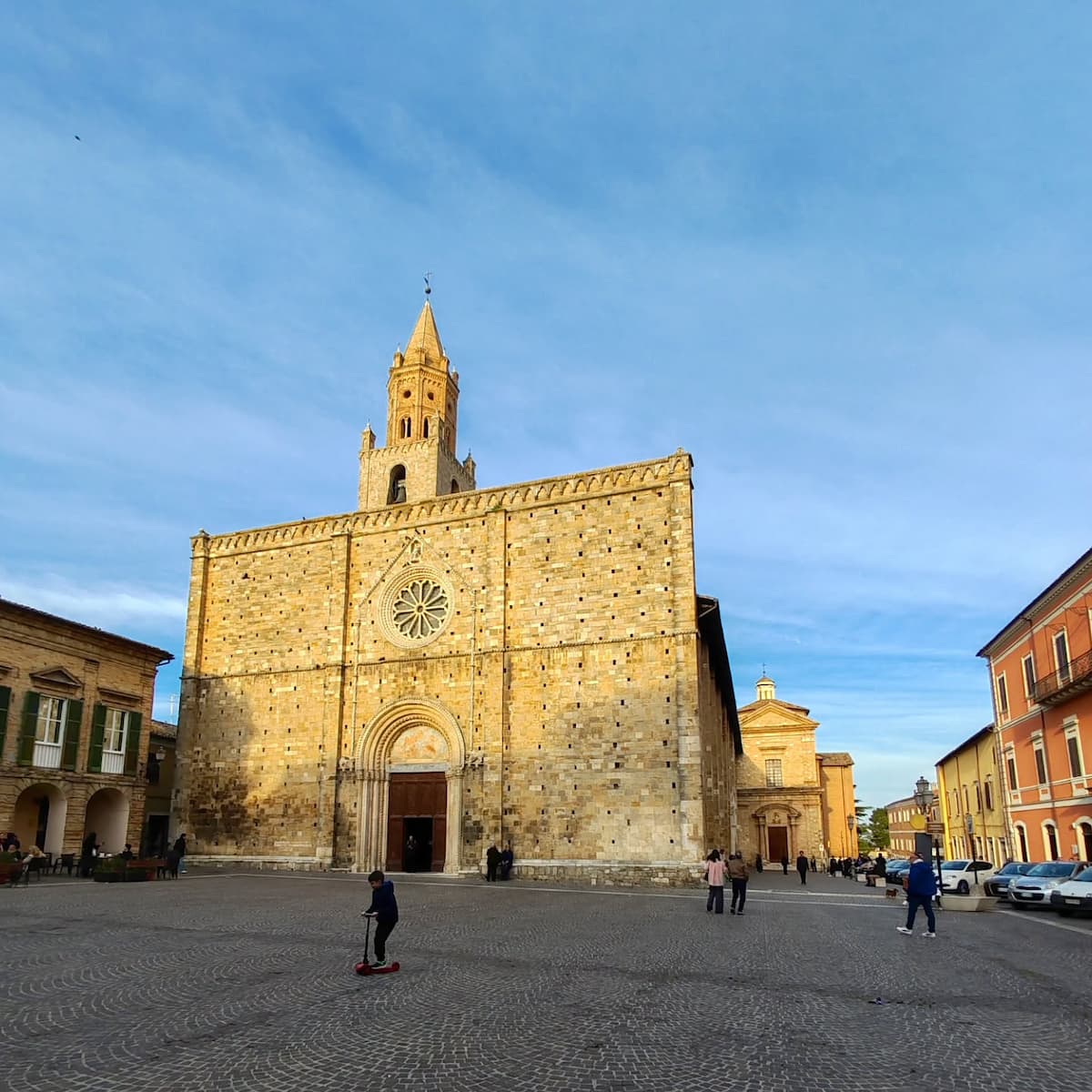
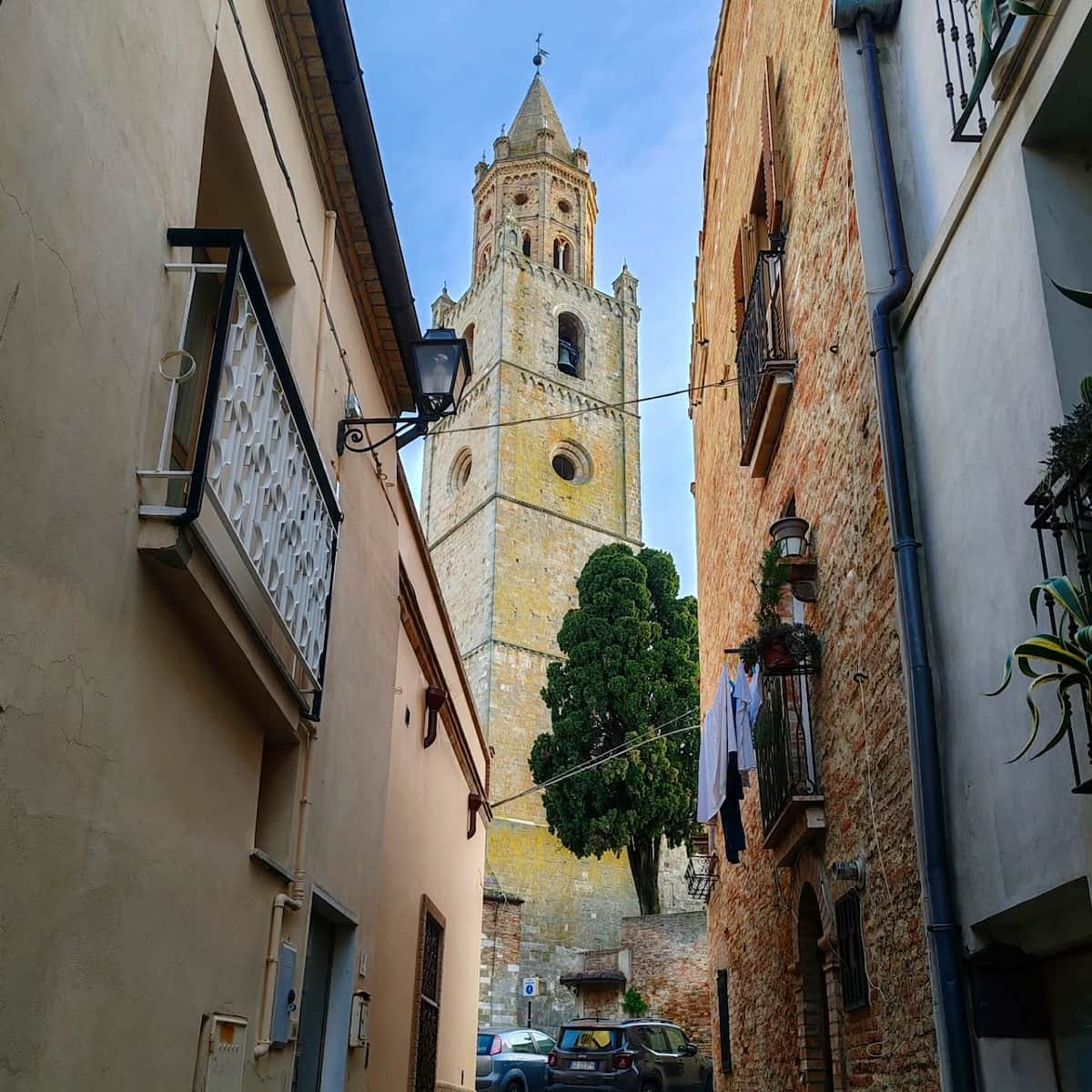

Underground adventure. I joined a guided tour (€5) of Atri’s fascinating underground cisterns and tunnels, learning how this ingenious Roman water system still functions today. The cool subterranean environment provided welcome relief from summer heat.
Local flavors. At Trattoria del Buon Gusto in the main square, I enjoyed pan dell’Orso, a local honey-sweetened pastry, with a €1.50 espresso. The restaurant’s panoramic terrace offers spectacular views across the surrounding valleys.
| Atri Activity | Cost | Duration |
|---|---|---|
| Cathedral & Museum | €3 (€3 EUR) | 1-2 hours |
| Underground Tour | €5 (€5 EUR) | 1 hour |
| Lunch at local trattoria | €15-20 (€15-20 EUR) | 1-1.5 hours |
- Don’t miss in Atri:
- Wednesday morning market in Piazza Duomo
- Liquorice Museum (unique to this region)
- Panoramic viewpoint at Belvedere
- Traditional pastry shops on Via dei Musei
2. Rocca Calascio
Medieval marvel. My journey to Rocca Calascio, Italy’s highest fortress at 1,460 meters, was the highlight of my Abruzzo explorations. This 10th-century stone sentinel stands dramatically against the sky, featured in films like “Ladyhawke” and “The Name of the Rose.”


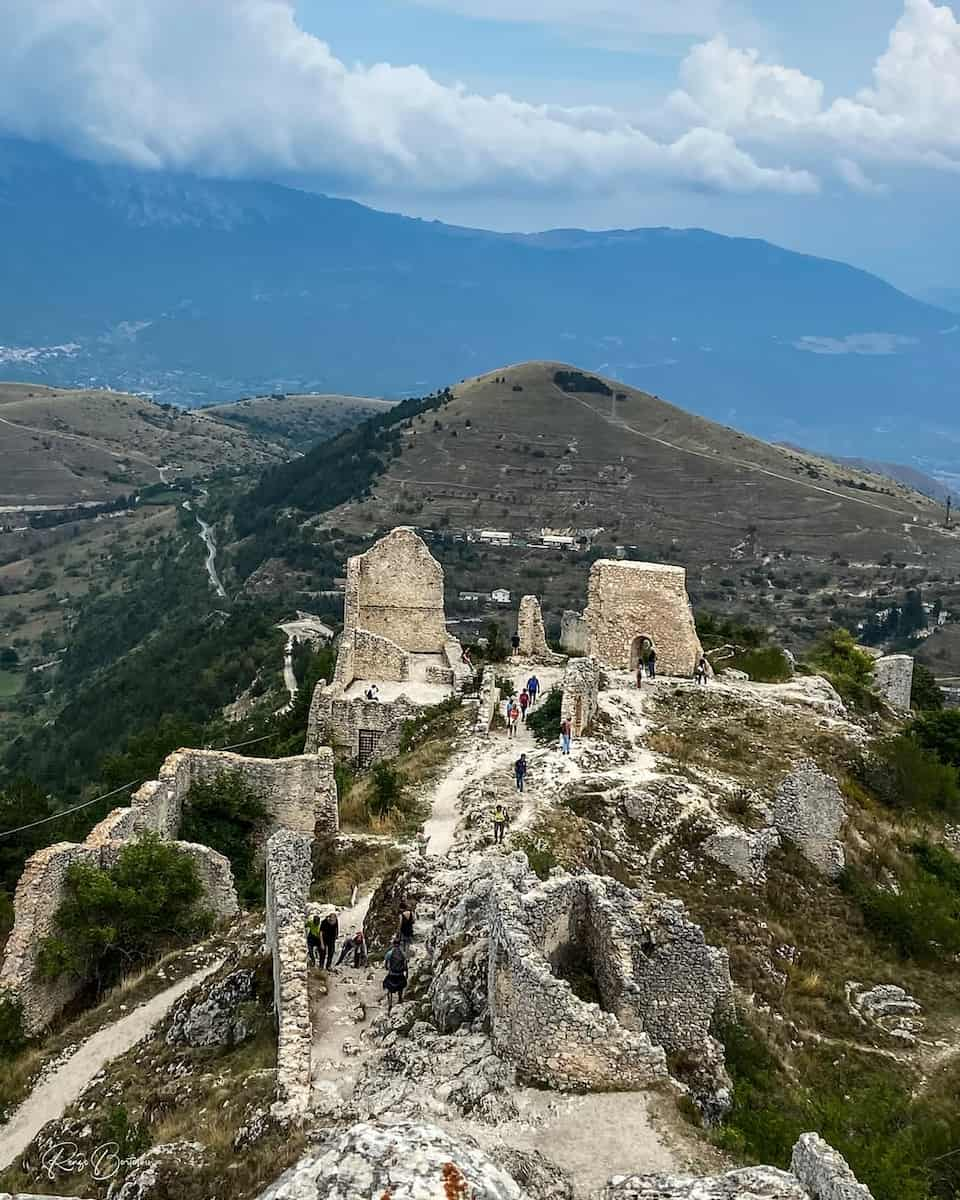
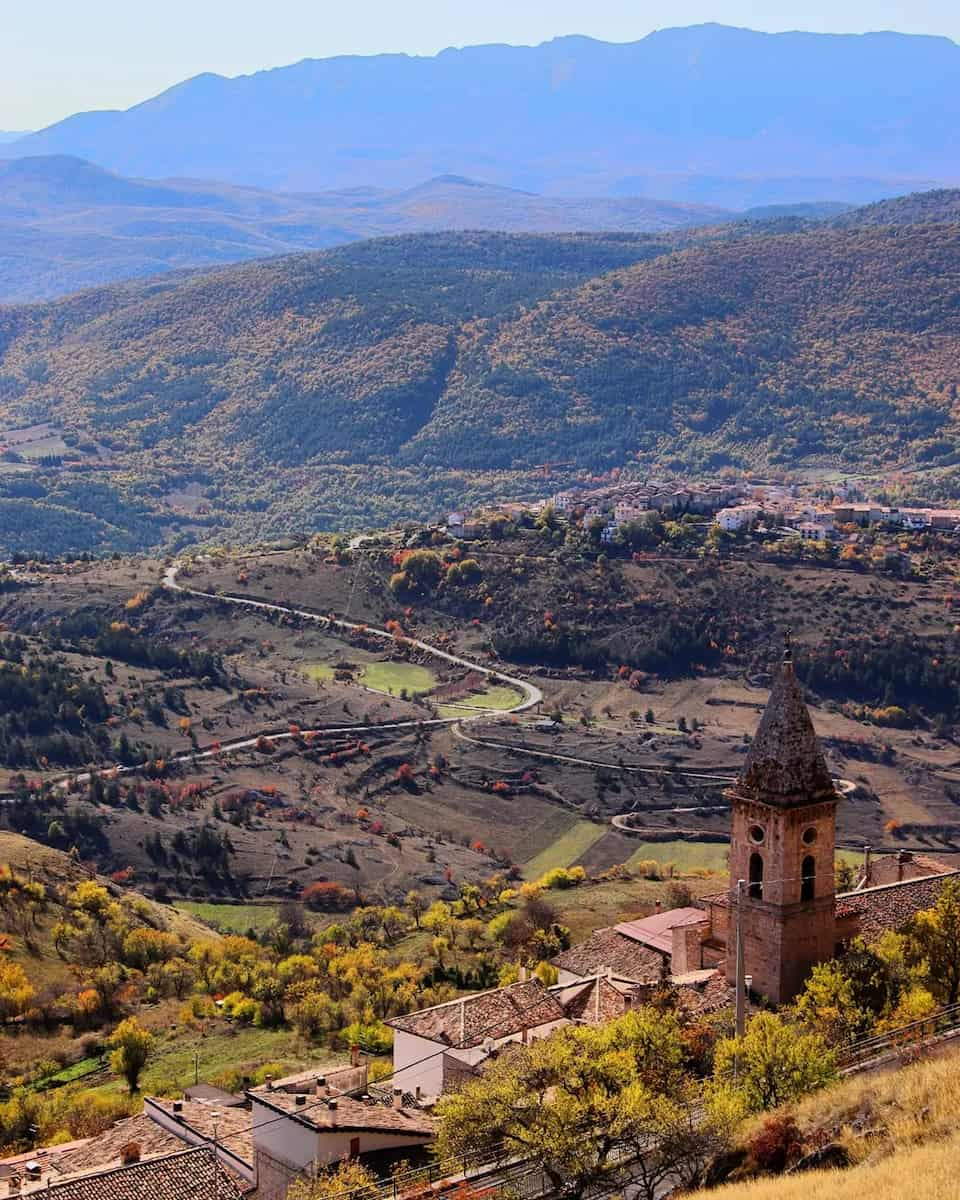
Scenic drive. The 90-minute drive from Pescara through Gran Sasso National Park offered breathtaking mountain scenery. I stopped frequently to photograph wildflowers and pastoral landscapes dotted with grazing sheep.
Historic exploration. The fortress itself is free to explore, with partially restored ruins that allow visitors to climb towers for 360-degree views across multiple valleys. The site’s informational panels helped me understand its strategic importance through centuries.
Local hospitality. In the tiny village below the fortress, I discovered Rifugio della Rocca, where €15 bought a hearty lunch of local specialties including lentil soup and mountain cheeses. The shepherd’s tales shared by the owner added cultural depth to my meal.
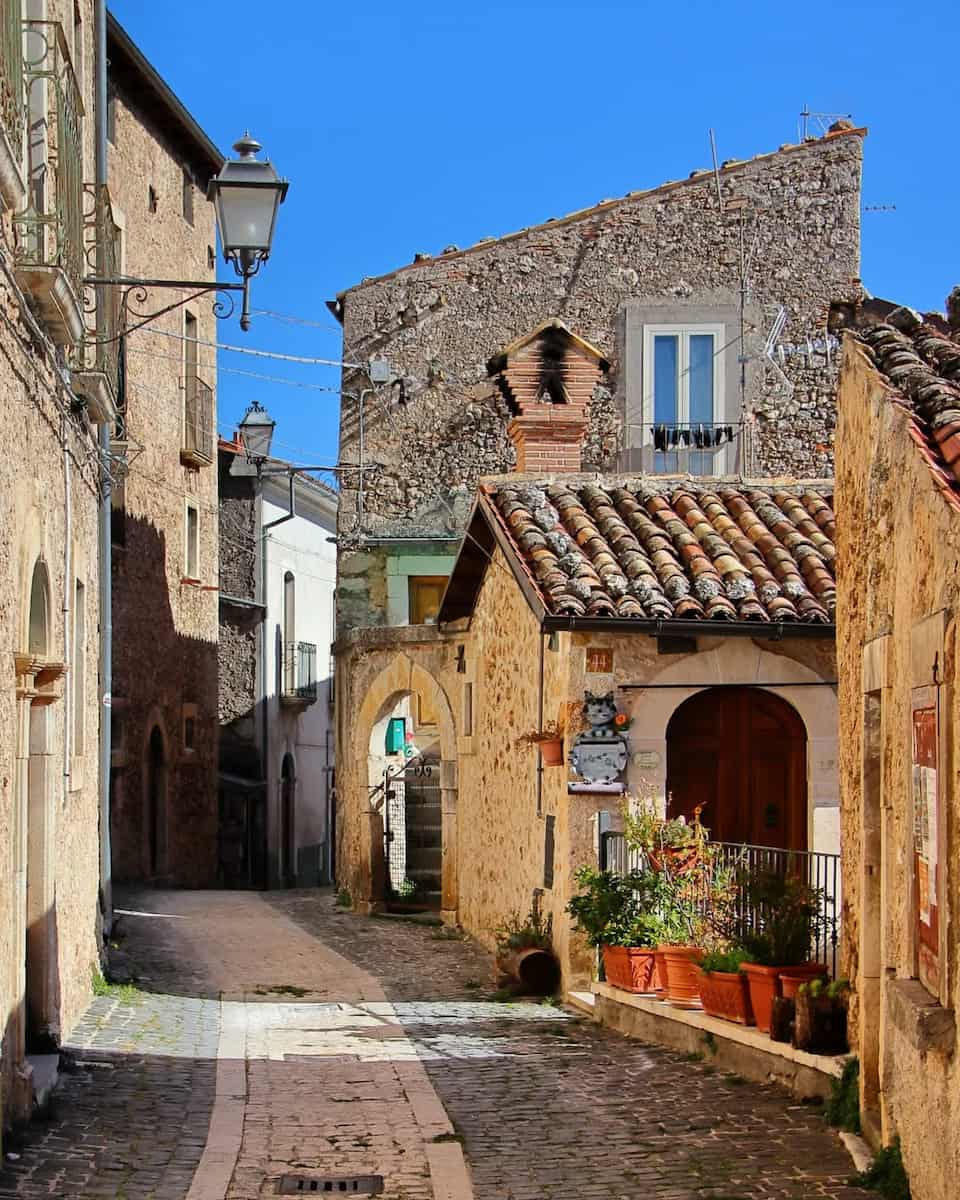
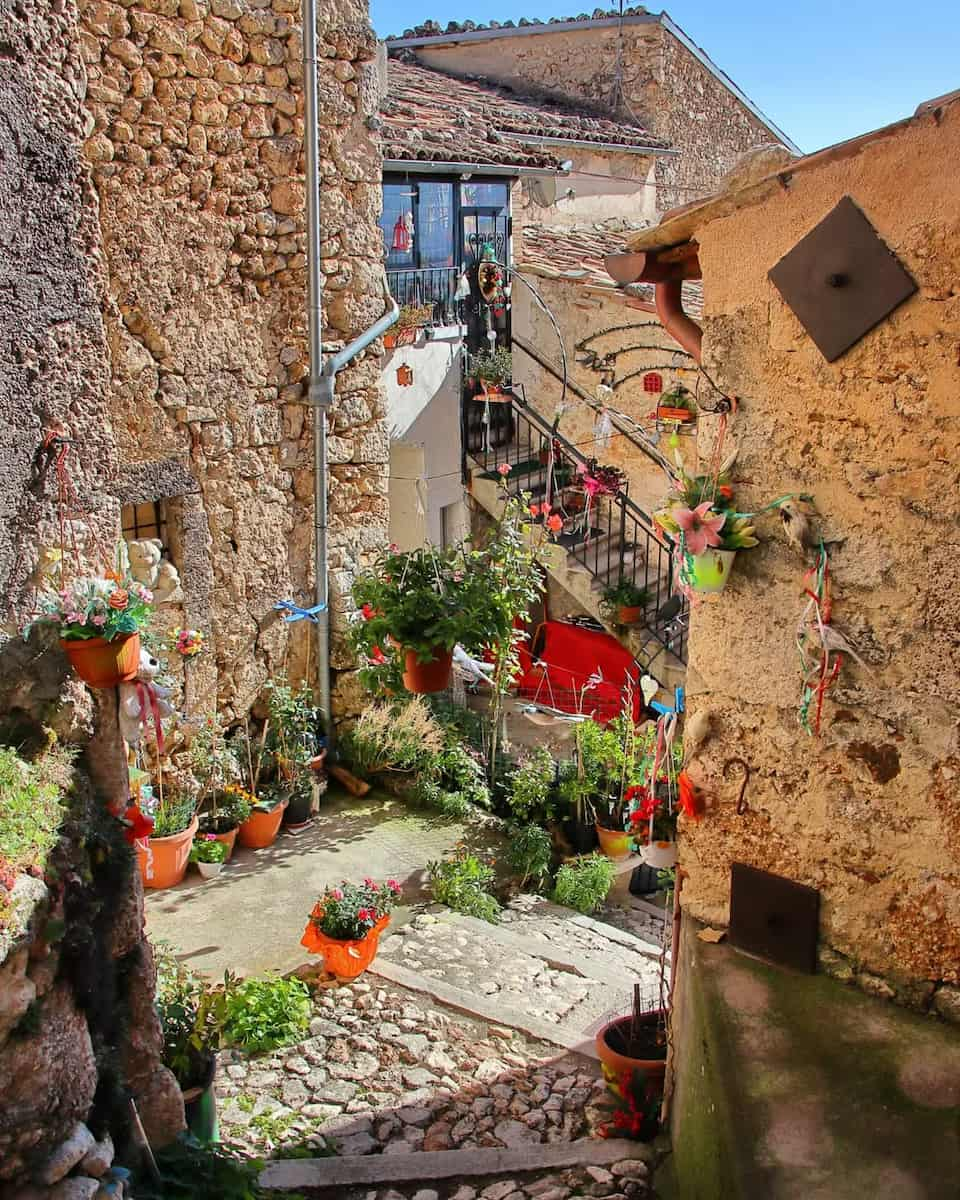
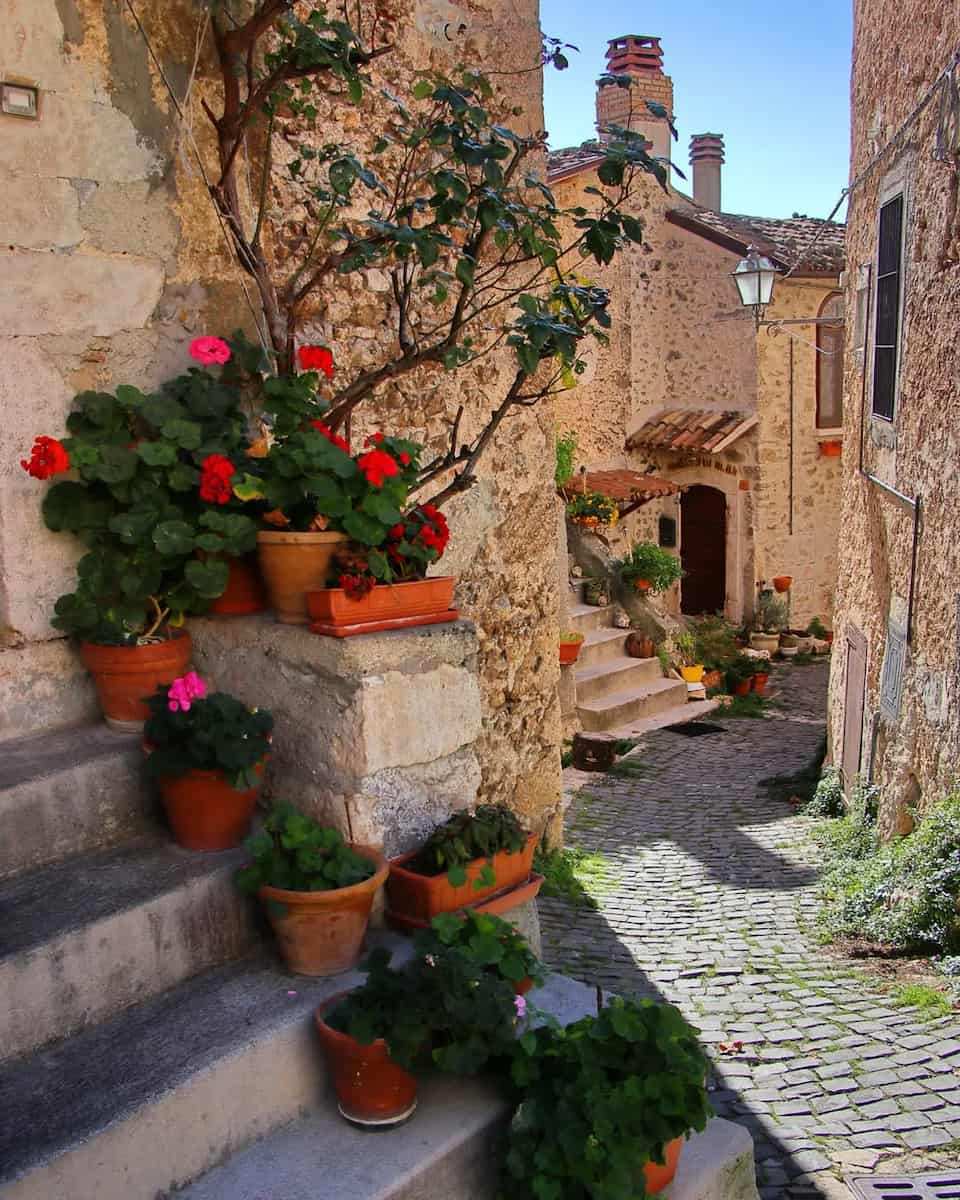
| Rocca Calascio Details | Information | Notes |
|---|---|---|
| Distance from Pescara | 90 km | 1.5-hour drive |
| Entry fee | Free | Open daily sunrise to sunset |
| Parking | €3 (€3 EUR) | In village below fortress |
| Walking to fortress | 20 minutes | Moderate uphill path |
- Visitor tips:
- Wear sturdy shoes for uneven terrain
- Bring water and sun protection (no facilities at fortress)
- Visit early morning or late afternoon to avoid crowds
- Check weather forecasts as conditions change rapidly at altitude
⭐ Best Activities
- Trip to Abruzzo – Experience the authentic beauty of the Abruzzo region with this comprehensive trip from Pescara, exploring its unique landscapes, traditions, and cultural highlights.
3. Sulmona
Confectionery capital. Sulmona captivated me with its perfect blend of history, culture, and culinary delights. This elegant town, birthplace of the Roman poet Ovid, is famous for its confetti – colorful sugar-coated almonds traditionally given at Italian celebrations.

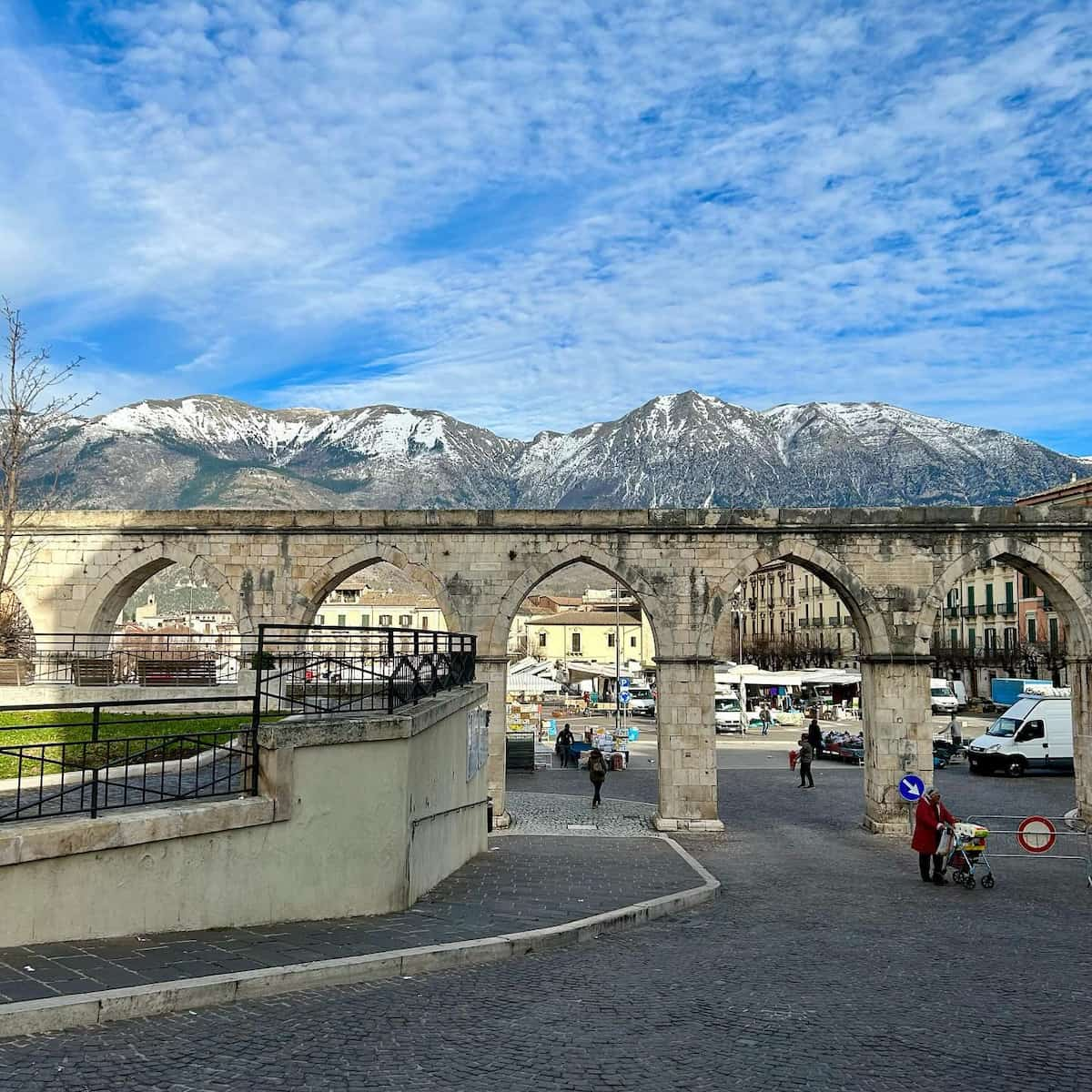
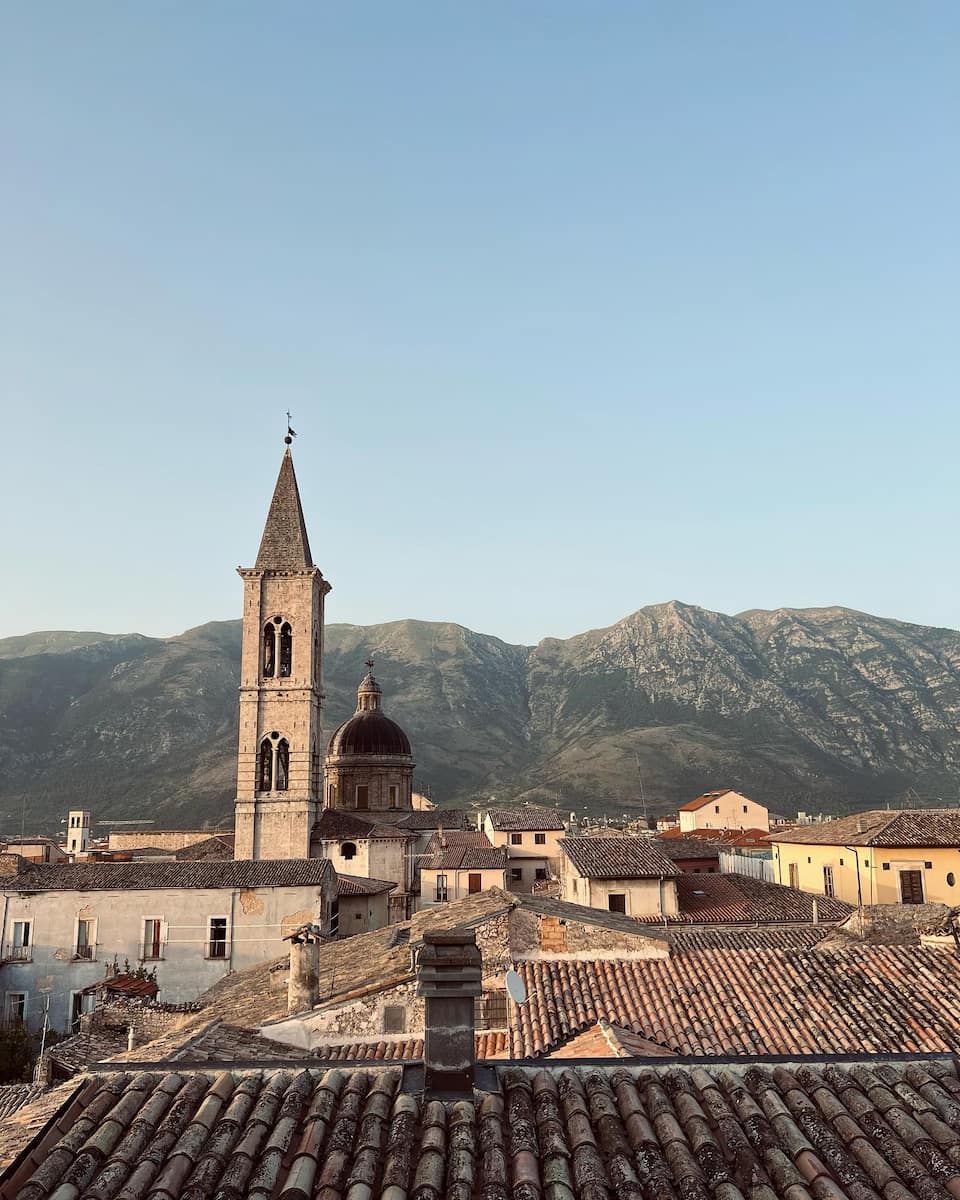
Historical heart. Walking through Sulmona’s medieval center, I admired the impressive 13th-century aqueduct that frames Piazza Garibaldi. This remarkable structure creates a theatrical backdrop for the twice-weekly market (Wednesdays and Saturdays).
Sweet souvenirs. I visited William Di Carlo’s historic confetti shop, watching artisans hand-craft these traditional sweets. The rainbow-colored displays of confetti flowers made perfect photographic subjects and gifts to bring home (from €5 per package).
Cultural treasures. The Museo Civico (€4 entry) housed in the medieval palace surprised me with its collection of archaeological finds and religious art. The audio guide in English helped me appreciate the significance of these local treasures.
Culinary discovery. At Trattoria Don Ciccio, I savored regional specialties including lamb skewers (arrosticini) and homemade pasta with saffron from nearby Navelli. My complete lunch with house wine cost €25 – excellent value for such authentic cuisine.
| Sulmona Highlights | Cost | Notes |
|---|---|---|
| Confetti factory tour | Free | By reservation |
| Museo Civico | €4 (€4 EUR) | Closed Mondays |
| Market | Free | Wednesdays & Saturdays |
| Transportation | €7.50 (€7.50 EUR) | Bus from Pescara (each way) |
- Best things to do in Sulmona:
- Visit during Easter to see the Madonna che Scappa celebration
- Sample local red garlic (famous culinary specialty)
- Visit Ovid’s statue in the main square
- Look for handmade copper crafts in artisan workshops
⭐ Best Activities
- Sulmona Full-day tour – Enjoy a full-day excursion to the charming medieval town of Sulmona from Rome, known for its confetti candy, historic architecture, and cultural significance as the birthplace of the poet Ovid.
4. Gran Sasso National Park
Wilderness wonder. Just an hour’s drive from Pescara, I found myself in one of Italy’s most spectacular natural environments. Gran Sasso National Park encompasses Italy’s highest peaks south of the Alps and offers outdoor experiences for every ability level.
Mountain majesty. The park’s centerpiece, Corno Grande (2,912m), dominates the horizon with its distinctive profile. Even without climbing it, I captured stunning photos from easily accessible viewpoints along the main park roads.
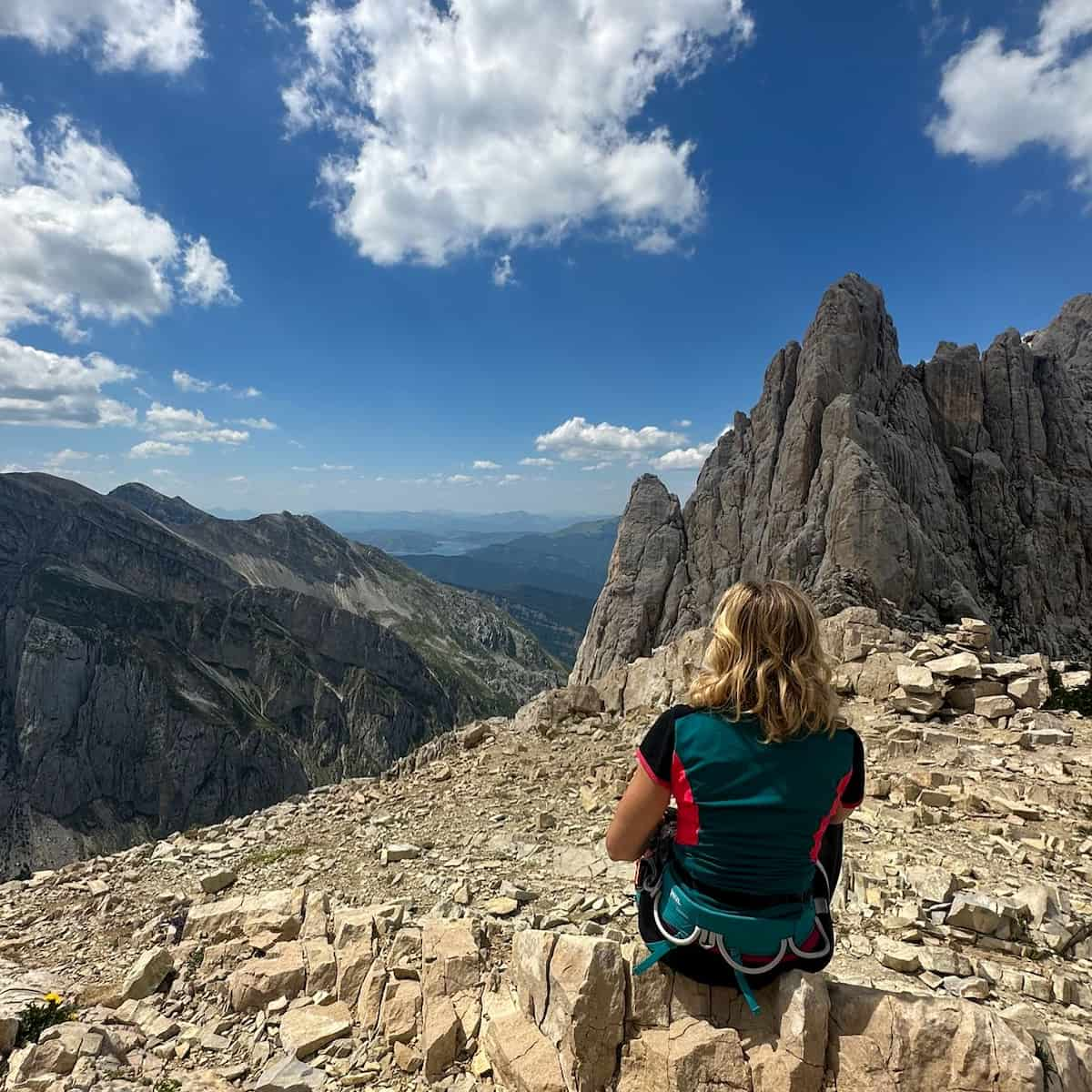
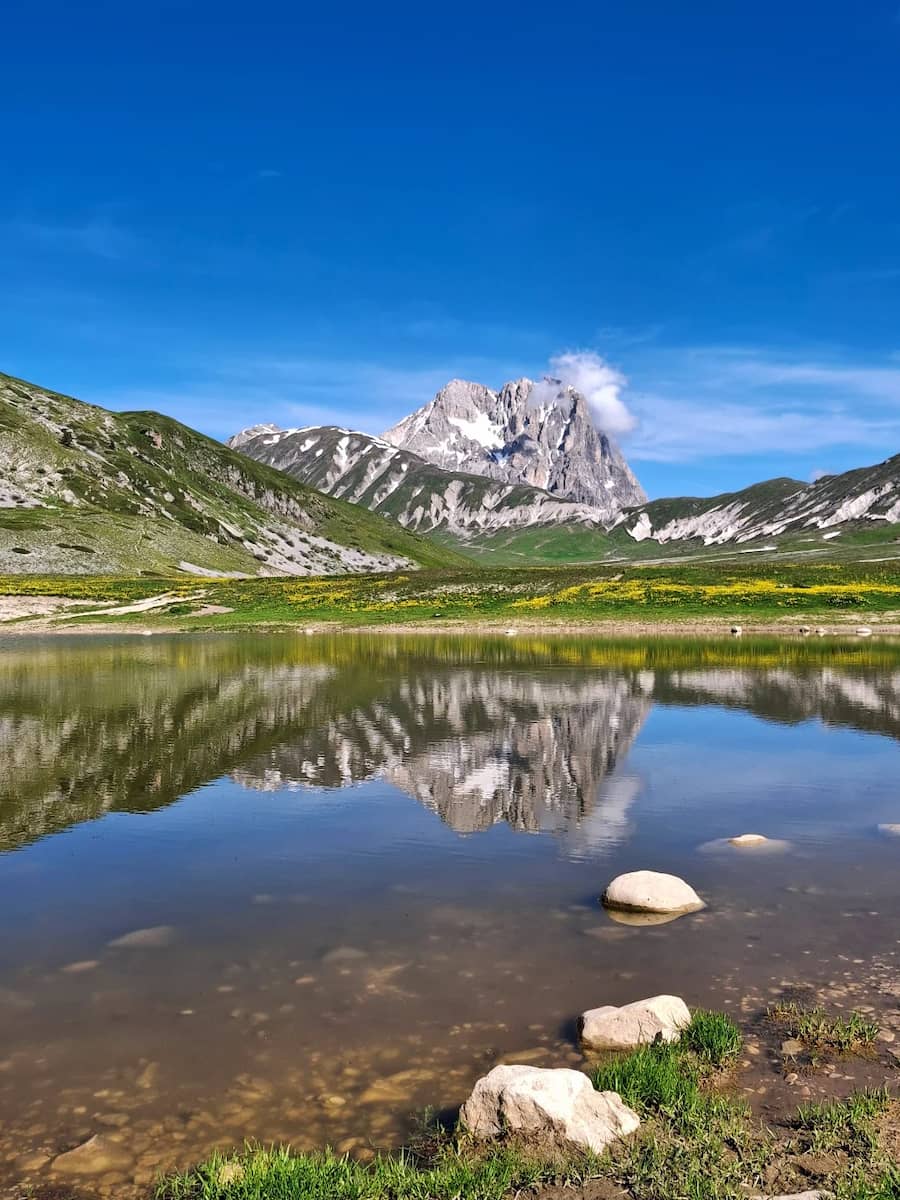

Wildlife encounters. During my hike on the Campo Imperatore plateau, I spotted chamois goats on distant slopes and numerous bird species. A local guide mentioned that lucky visitors occasionally see the rare Abruzzo chamois and Apennine wolves.
Hiking paradise. I chose the moderate 7km loop trail from Campo Imperatore Hotel through flower-filled alpine meadows. The clearly marked path required only basic fitness but rewarded me with panoramic views that rivaled any in the Alps.
Local gastronomy. At Rifugio Campo Imperatore, I refueled with hearty mountain fare including grilled arrosticini (€8) and lentil soup with mountain herbs (€6). The homemade cheese and wild boar salami perfectly complemented the rustic setting.
| Park Activity | Cost | Duration |
|---|---|---|
| Campo Imperatore cable car | €10 return (€10 EUR) | 10 minutes each way |
| Guided nature hike | €25 (€25 EUR) | 3-4 hours |
| Mountain refuge lunch | €15-20 (€15-20 EUR) | 1 hour |
| Park entry | Free | Parking €3-5 in designated areas |
- Visitor essentials:
- Check weather conditions before departing
- Pack layers even in summer (temperatures vary with altitude)
- Bring binoculars for wildlife spotting
- Purchase a detailed trail map from visitor centers
- Fill water bottles at mountain springs marked “acqua potabile”
⭐ Best Activities
- Capestrano: Canadian Canoe Excursion on the Tirino River – Paddle through the pristine waters of the Tirino River near Pescara on this Canadian canoe excursion in Capestrano, offering a unique perspective of Abruzzo’s natural beauty.
FAQ
When is the best time to visit Pescara?
Late May to early July offers perfect beach weather without August’s crowds. September and early October are also excellent, with warm sea temperatures and fewer tourists.
Is Pescara expensive compared to other Italian cities?
Pescara is significantly more affordable than major tourist destinations like Rome, Florence or Venice. Expect to pay around €60-80 for a decent hotel room and €15-25 for a good restaurant meal with wine.
How many days should I spend in Pescara?
Three to four days allows you to experience Pescara’s highlights and coastal attractions. Add two more days if you want to include day trips to mountain towns and national parks.
What local foods should I try in Pescara?
Don’t miss arrosticini (lamb skewers), brodetto (fish stew), and pallotte cace e ove (cheese and egg balls in tomato sauce). Seafood is exceptionally fresh, and the trabocchi coast specialties like scapece (marinated fish) are worth seeking out.
Can I use Pescara as a base for exploring Abruzzo?
Pescara makes an excellent base for exploring the Abruzzo region with good transport connections. Within a 90-minute drive, you can reach three national parks, medieval hill towns, and mountain trails.
Are there any hidden costs for beach access?
Many beaches in Pescara are divided between free public areas (spiaggia libera) and private beach clubs (stabilimenti). Beach clubs charge €15-20 daily for umbrellas and loungers, while public beach sections require bringing your own equipment.
